Ridley's Cycle
- Stores Stores
- Account Account
- Subtotal : $ 0.00 Checkout Cart

Mountain Bike Size Chart & Fit Guide
Use this guide on mountain bike sizing to determine the right size bike for you. No matter your height and riding style, there’s a perfect fitting mountain bike out there for everyone. Don’t know which size bike you need? Take a look at our mountain bike size chart below to find out your frame size.
Keep reading to learn about mountain bike geometry and what to do if you are stuck between two sizes. There are so many bike shapes, sizes, and designs available, so head over to our catalog to shop all mountain bikes.
Mountain Bike Size Chart How To Size MTBs Wheel Size Geometry & Sizing
Mountain bike size chart
This chart is a great starting point, but isn’t always the definitive answer due to varying frame geometry and riders having unique proportions. Feel free to swing by our locations to test ride a mountain bike and know for sure. Keep reading to learn about other factors that go into choosing the right mountain bike size.
What is the right size bike for me?
Rider height is the main factor when it comes to finding your correct size. The best place to start is a mountain bike size chart. Check our helpful size chart above or look at model-specific charts published by a manufacturer on their website.
But sometimes the single data point of rider height can’t provide all the answers. If you fall between suggested chart sizes or want to double-check that you’ve got the perfect fit, there are additional metrics to help you decide:
Choose by skill level
More skilled riders can handle larger frames and take advantage of the increased stability while descending at high speeds, but a new rider may find that sizing up gives them "more bike" than they can comfortable control.
Choose by riding style
If you favor an aggressive riding position and a more stable feel, choose a larger frame for a longer wheelbase and roomier cockpit. If you prefer nimble handling and a more relaxed position, you can choose a smaller size.
Choose by wheel size
Most models share the same wheel size across the various frame options, but some brands put smaller wheels on their XS or S frames. Large 29” wheels are appropriate for all adults, but smaller riders might find them a bit unwieldy.
Choose by frame geometry
Every frame is different, so it’s important to test ride a few models to get a real feel of how they match your body and riding style. Later in this guide, we’ll break down the most important elements of frame geometry and what to look out for.
Mountain bike wheel size
The main wheel sizes available on mountain bikes are 26”, 27.5” and 29”. Choosing the right wheel diameter for you can help narrow down your search and help you find the perfect bike to fit your needs.
While the old standard for mountain bikes was 26”, the cycling world has embraced larger wheels because of their improved traction and ability to roll over obstacles. Bigger wheels will roll easier over obstacles than smaller wheels and can maintain higher speeds on rough terrain.
Fast downhill bikes almost always come with 29” wheels. Large wheels also have a larger contact patch, meaning more rubber touches the ground to boost traction. Bigger isn’t always better, though. The medium 27.5” wheel size is ideal for riders nimble handling for better agility.
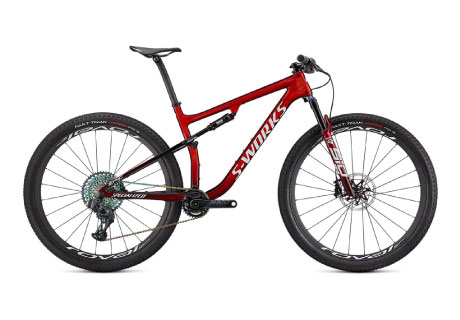
What height is a 29 inch bike for?
Any adult can ride a mountain bike with 29” wheels, but 29ers are the ideal choice for taller riders over 5’7”. The large diameter wheels can feel a bit unwieldy or bulky for shorter riders or riders who aren’t as confident on the trails. Many brands put 29ers on larger frame sizes and 27.5” wheels on small frames to offer a consistent bike fit.
More on 29 inch mountain bikes
The bigger diameter of 29” wheels allows them to reach higher top speeds, roll over large obstacles, and increase stability. Larger wheels have a smaller angle of attack when they come in contact with a rock or root out on the trail and can more easily roll over obstacles. 29ers are the go-to size for downhill mountain bike races where riders need to maintain high speeds over rough terrain.
The larger contact patch of a 29” wheel also means more traction and grip, but not necessarily while cornering. The disadvantage of big wheels is that they can be less agile and responsive while turning or executing quick maneuvers. Check out our catalog and shop 29 inch mountain bikes.
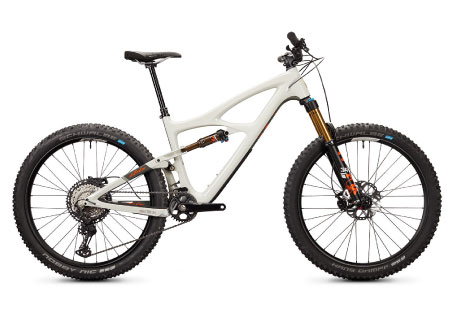
What height is a 27.5 inch bike for?
27.5 inch bikes are suitable for adults between 5’2” and 5’10”. That said, adults of all heights can ride this wheel size. Some brands claim that 27.5” wheels are especially useful for riders 5’7” and under.
More on 27.5 inch mountain bikes
Bike manufacturers like Trek and Giant have realized that matching smaller wheels to smaller frames can make for a better overall fit. Trek’s Smart Wheel Size approach pairs 29” wheels with M, L, and XL frames and puts 27.5” wheels on XS and S frame sizes.
27.5” wheels are more agile and responsive on technical terrain when compared to their 29” counterparts. They are big enough to roll over obstacles better than 26” wheels and small enough to provide nimble handling. As long as you’re not doing intense downhill riding, 27.5” wheels are the ‘goldilocks’ middle wheel size compatible with most terrain and rider heights.
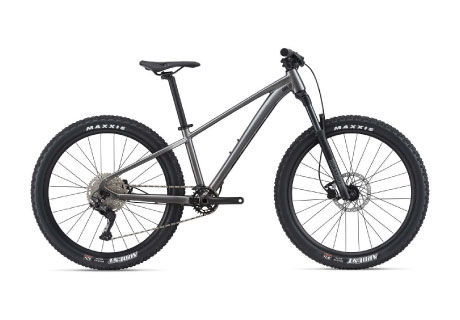
What height is a 26-inch mountain bike for?
A 26” mountain bike is the ideal set-up for younger riders or shorter adults who are between 4’10” and 5’5”. This smaller size is also great for riders that are not as confident on the trails. The smaller diameter 26” wheels are more agile out on the trails and are easier for shorter riders to maneuver over tricky terrain.
More on 26 inch mountain bikes
26” is the most common mountain bike wheel size on old school bikes, many of which are still around today. If you are on the hunt for a retro bike or are fixing up that bike in the garage, odds are it’s paired with a 26” wheelset. Remember that back in the day almost all mountain bikers regardless of height rode bikes with 26” wheels, so if that’s what works for you, feel free to buck the current trend of larger rims.
Bikes designed for dirt jumping utilize 26” wheels with strong alloy rims to handle landings after getting some serious air. Smaller wheels are stronger because they have shorter spokes, making the link between hub and rim less vulnerable to deforming under stress.
Large kids bikes utilize 26” wheels as the last step before tweens are ready to make the jump to adult sized bikes. Kids can continue to build up their riding confidence and skills on 26” wheels and switch later on to bigger mountain bikes.
Is it better to size up or down on a mountain bike?
Size up if… you are a skilled rider or prioritize stability on fast descents.
Choose the smaller size if … you are a less aggressive rider or desire a more upright riding position and nimble bike handling.
If you find yourself between sizes on mountain bike size charts, additional metrics and rider preferences can help you figure out your perfect size. Bike size charts are simply suggestions and are often based on a single height measurement, so they fall short of telling the whole bike fit story. Follow this advice to pick the correct size when you’re right on the edge of two frame sizes.
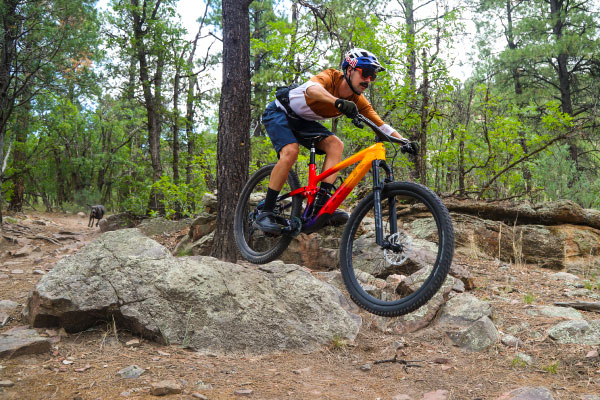
When to size up on a mountain bike
Going a size up means a longer bike with more space between the pedals and handlebars and bigger range of motion when standing up on the pedals.
This extended set up is best for riders with relatively long torsos or who are flexible enough to handle the longer reach.
Bigger bikes will naturally have a slightly longer wheelbase. Wheels farther apart means the bike will be more stable at high speeds and feel hefty rather than nimble on technical trails.
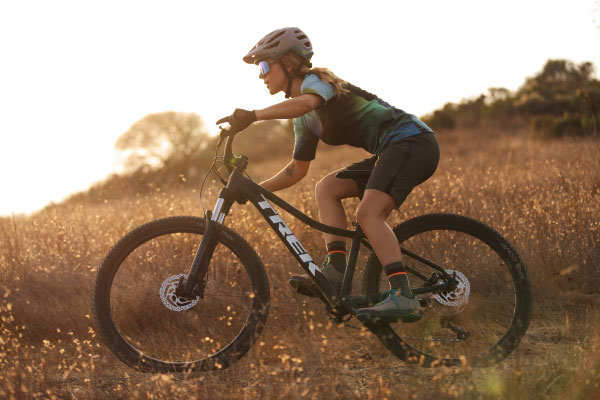
When to size down on a mountain bike
Sizing down is the right option for people that want a more relaxed, comfortable riding position or like agile and responsive bike handling.
Smaller frame sizes have a shorter reach so the handlebars are closer to the seat, placing the rider in a more upright position. This is ideal for less flexible riders or riders with relatively long legs compared to their torso.
The slightly shorter wheelbase provides a more nimble and zippy ride feel. As a less aggressive set-up overall, a smaller frame is the right choice for beginner to intermediate riders.
How mountain bike geometry affects bike size and fit
The overall shape and geometry of a mountain bike is composed of many specific measurements beyond just the frame’s size. Some of the most important measurements to pay attention to when it comes to size are reach, wheelbase, standover height, and stack. These dimensions make a big difference to how a bike will fit your body and perform on certain terrain.
There can be a little bit of number crunching when it comes to frame geometry, but understanding these metrics is key to getting the most out of your bike. There’s plenty to geek out on but don’t worry, we won’t go too far down the rabbit hole.

Reach on a mountain bike frame is the horizontal distance between the bottom bracket and the center of the head tube. Basically it tells how much room there is between where your feet go and where your hands go on the bike and how much range of motion the rider has while pedaling.
Reach determines how far riders need to lean forward to grab the handlebars while standing on the pedals. MTB riders are frequently standing out of the saddle on descents or while climbing steep sections. Riders need sufficient room to maneuver on technical terrain, but not so much that they are too stretched out. Reach is the most important metric to pay attention to because it changes the between frame sizes.
Too much reach and you’ll be leaning too far forward while in the normal riding position. Short reach means the handlebars are relatively close to your body— riders can feel overly upright with not enough weight over the bottom bracket to pedal efficiently.
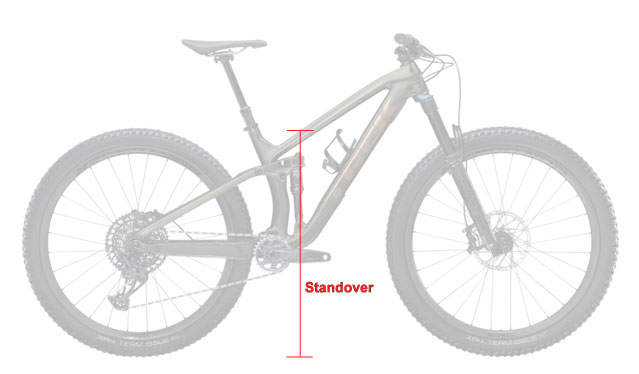
Standover height relates to how high the top tube is when you are straddling the bike with your feet on the ground. It’s like when you stop at a stop sign and hop off the saddle to stand over your bike frame— there should be at least 2” of clearance between the top tube and your groin.
Standover height is more important for road bikes than it is on modern mountain bikes. MTB frame designs today have quite low standover heights, so it’s never a worry that it’ll be difficult to swing your leg over the frame to mount the bike or that you won’t be able to comfortably straddle the frame. That said, always check you have enough clearance to allow for quick and safe dismounts.
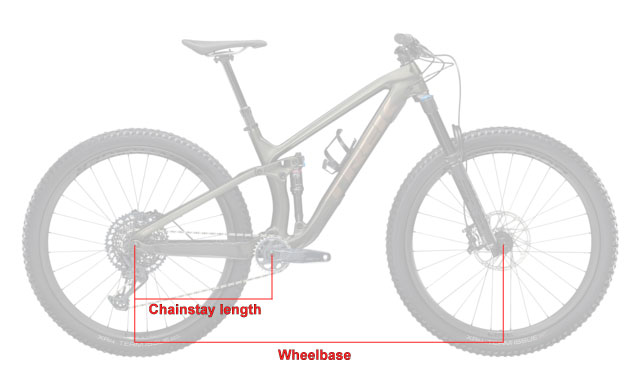
Wheelbase & Chainstay Length
Wheelbase is the horizontal distance between the front and rear axles on a mountain bike. How far apart the wheels are is a major factor that determines whether a bike feels more stable or more nimble.
A longer wheelbase is more stable and is easier to control at high speeds, useful for steep descents or fast trails. Shorter wheelbases means the bike is a bit more compact and will be more maneuverable on technical terrain and around tricky obstacles.
Since wheelbase is essentially a measurement of the frame from one end to the other, wheelbase is made up of other metrics like reach, head tube, angle, and chainstay length added together. It’s important to recognize where the extra length (or lack thereof) is coming from to understand how the overall bike will feel out on the trails.
Chainstay length, or rear center, is another measurement to look at. Chainstays connect the bottom bracket to the rear axle, and longer chainstays provide more stability at speed, while shorter ones feel more nimble. Some models utilize the same chainstay lengths across the size range, but not all.

Stack is the vertical distance between the bottom bracket and the center of the head tube and determines how a bike will feel while pedaling in the saddle. While still an important metric to consider, stack doesn’t change as much as reach does between frame sizes.
Stack gives riders a clue on how high up the handlebars will be relative to the pedals. If stack height feels too high or low, it can be adjusted with headset spacers or handlebar rise to fit the specific rider.
Let us help you find the right size mountain bike
Even with all the information and advice out there, there’s nothing like test riding the real thing. If you’re still undecided on which size is right for you or want some additional assistance, our bike experts are ready to help.
Visit one of our three Calgary area locations to test ride a mountain bike and find the perfect match. Whether you are seeking performance gains or recovering from an injury, explore the fitting services we offer to achieve a precision bike fit.
Explore Our Top Mountain Bike Brands
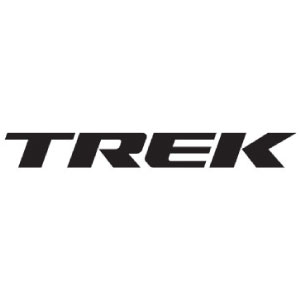
Mountain Bike Size FAQs
Why do some mountain bike frames use inches for sizing.
How to size a mountain bike has changed and bikes today are categorized according to alpha sizing (think: S, M, L, XL) rather than the length of the seat tube.
Traditionally, frame sizes were listed in inches, but modern mountain bike designs with their low standover height and diverse geometries prevent seat tube length from being a representative measurement. Bike brands have realized that “size S” is much more intuitive for customers than listing a frame as “15 inches”.
Many bike manufacturers have moved away from gender-specific designs and, instead, offer their bikes in a variety of sizes to fit any rider. For that reason, most brands don’t provide a women’s mountain bike size chart. The mountain bike frame size chart above works well for all types of riders regardless of gender or height.
What size mountain bike should I get for my height?
Riders under 5’5” fit best on either S or XS mountain bike frames, depending on which of those sizes are available. If you are between 5’6” and 5’10”, choose a size M. Riders 5’11” and taller should get an L or XL frame. Check out our mountain bike size chart for an exact recommendation.
What size mountain bike do I need if I'm 6 feet tall?
Riders that measure 6’ tall should ride a size L mountain bike frame. Some bikes use seat tube length instead of alpha sizing to measure their size. Look for a frame size marked between 19” to 20”.
How do you size a mountain bike?
Modern mountain bikes use alpha sizing to categorize frames as XS, S, M, L, or XL. Older mountain bikes used seat tube length, or the vertical distance from the bottom bracket up to the seat post clamp. Check out our mountain bike size chart or the sizing tools on a brand’s website to determine the correct size for you.
How do you measure yourself for a mountain bike?
The most important measurement to take is rider height. Take an updated measurement of your height (or have a friend help you) and compare it to our mountain bike size chart to find out which frame size works best for you.
What size is a medium mountain bike?
A medium mountain bike typically has a frame size of between 16” to 18”. Medium bike frames can fit riders between 5’6” and 5’10”.
Is a 19 bike frame a large?
A 19” bike frame is typically rated as a large frame, appropriate for riders between 5’10 and 6’2”. Depending on the manufacturer and specific model, large bikes can have frames that measure 19”, 19.5”, or 20”.
Is my mountain bike too small?
Feeling cramped, high knees while pedaling, and sitting too upright can be signs that your bike is too small. The reach, or horizontal distance from the bottom bracket to the center of the head tube, should be long enough that you can have a good range of motion both in and out of the saddle.
- MAGAZINE OFFERS
- BIKE INSURANCE
- Best Products
- Maintenance
- Accessories
- Long-Term Reviews
- BikeRadar Podcast
- First Look Friday
- Bike of the Week
- Tech Features
- Routes and Rides
- Bike Galleries
- BikeRadar Bargains
- Buyer's Guides
- Fitness & Training
- Sizing & Fit
- Mountain Biking UK
- Cycling Plus
- Bike of the Year 2024
What size mountain bike do I need? Plus tips on bike fit
Use our guide to help you determine your perfect size of mountain bike
Steve Behr / Immediate Media
"What size mountain bike do I need?" It's a question asked frequently – for good reason – because choosing the correct-size bike is one of the most important decisions you'll make.
We recommend you don't buy a bike until you've understood how to get one that's the right size for your height and body shape. Our ultimate guide to bike geometry and handling will help.
The best mountain bike for you, that fits correctly and is set up properly, will be a joy to ride, making it easier to tackle trails faster with more control. But a bike that's too small can be twitchy, nervous and uncomfortable on longer rides, technical descents or when you're just pootling along the flat.
Read on for some advice on what mountain bike frame size you should be considering, especially if you're in any doubt about it.

We'll also help you understand the changes you can make to your bike's parts to help it perform better for your measurements, personal requirements and preferred discipline. For example, the best mountain bike suspension forks can be adjusted to suit you.
Before we get started, if drop handlebars are your thing, then head to our guide to road bike sizing .
What size mountain bike do I need?
Important geometry terms and what they mean, getting the perfect mountain bike fit, problems caused by the wrong size mountain bike, how to get the perfect mountain bike fit, components that affect comfort and control, tyre and suspension setup and pressures.
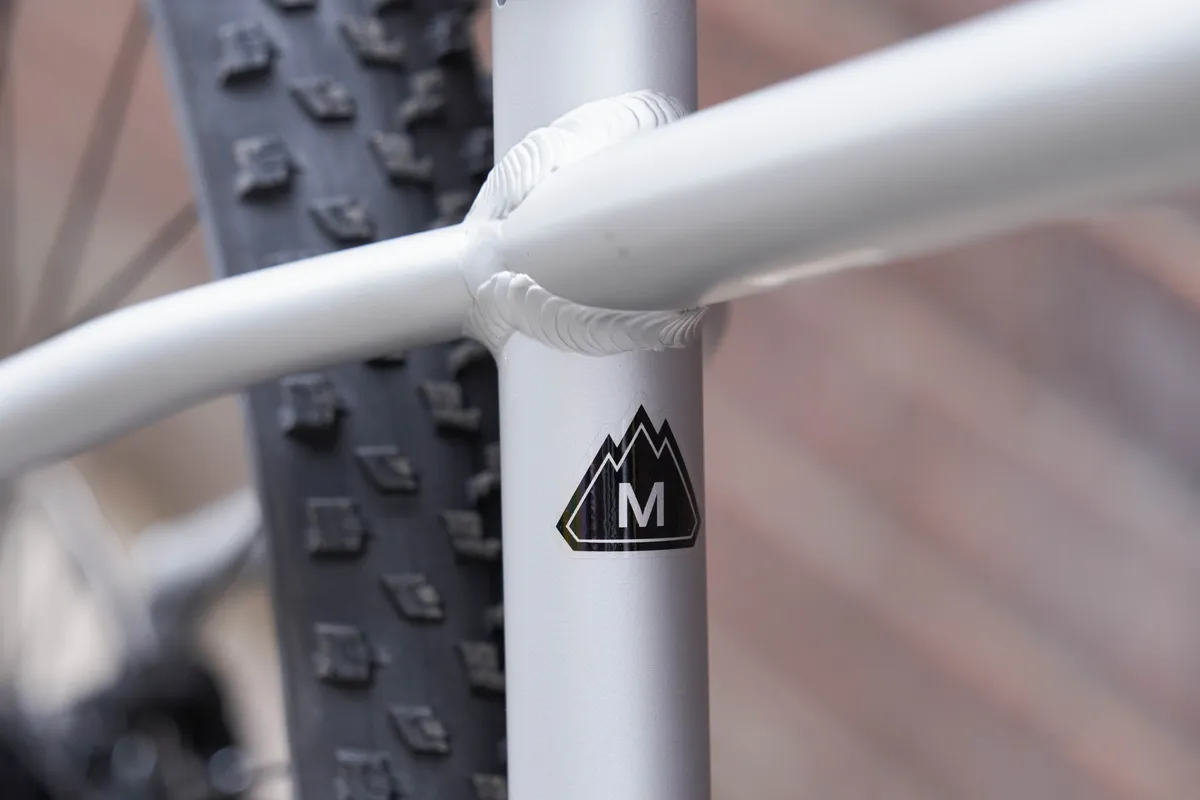
Ask an experienced rider about bike fit and they’ll tell you that all bikes feel and ride differently, even if their numbers look almost the same on paper.
Manufacturers’ listed mountain bike frame sizes can be confusing. How to measure a bike frame is not set in stone. The traditional method is to list the seat tube length, but even that varies because some are measured to the top of the seat tube and some to the middle of where the top tube joins the seat tube.
Many manufacturers simply list their bikes as S, M and L, perhaps with XS or XL at either end.
And, more recently, bike manufacturers have begun listing their bikes' sizes based on reach figures rather than seat tube and top tube lengths.
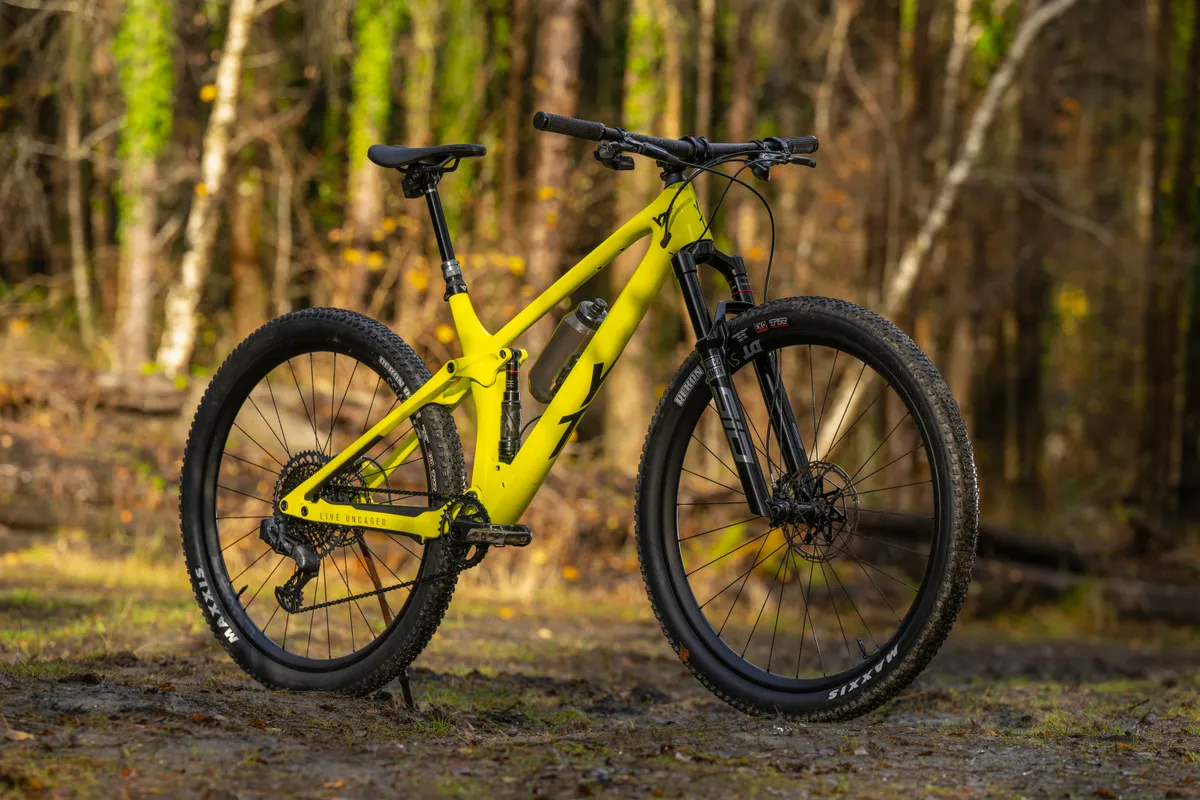
This means they've been able to grow the bike's reach figure, wheelbase and top tube length while trying to keep seat tube lengths and stack heights shorter and lower.
Smaller seat tube lengths mean shorter people can fit on bikes with a longer reach figure because they can adjust the seat height lower, opening up the potential to ride a larger bike.
It's still important to consider seat tube and top tube length when buying a bike . The seat tube length will dictate the lowest saddle height that can be set and the top tube length will roughly dictate how stretched out a rider will feel.
So, where do you find out what size frame you need? Like so many other things on a mountain bike, there is no one perfect solution because, within sensible limits, you can adjust your saddle, stem and handlebar to help make a slightly imperfect fit feel fine.
We'd always recommend looking at manufacturers' own size charts, which will usually list a suggested height range for each bike frame size they produce, but here are some general guidelines:
We all come in different shapes and sizes, and so do most mountain bikes, so we recommend using the information below to help you understand what size mountain bike frame you should be riding.
First, it's good to know the anatomy of a mountain bike, because we'll be referring to these terms.
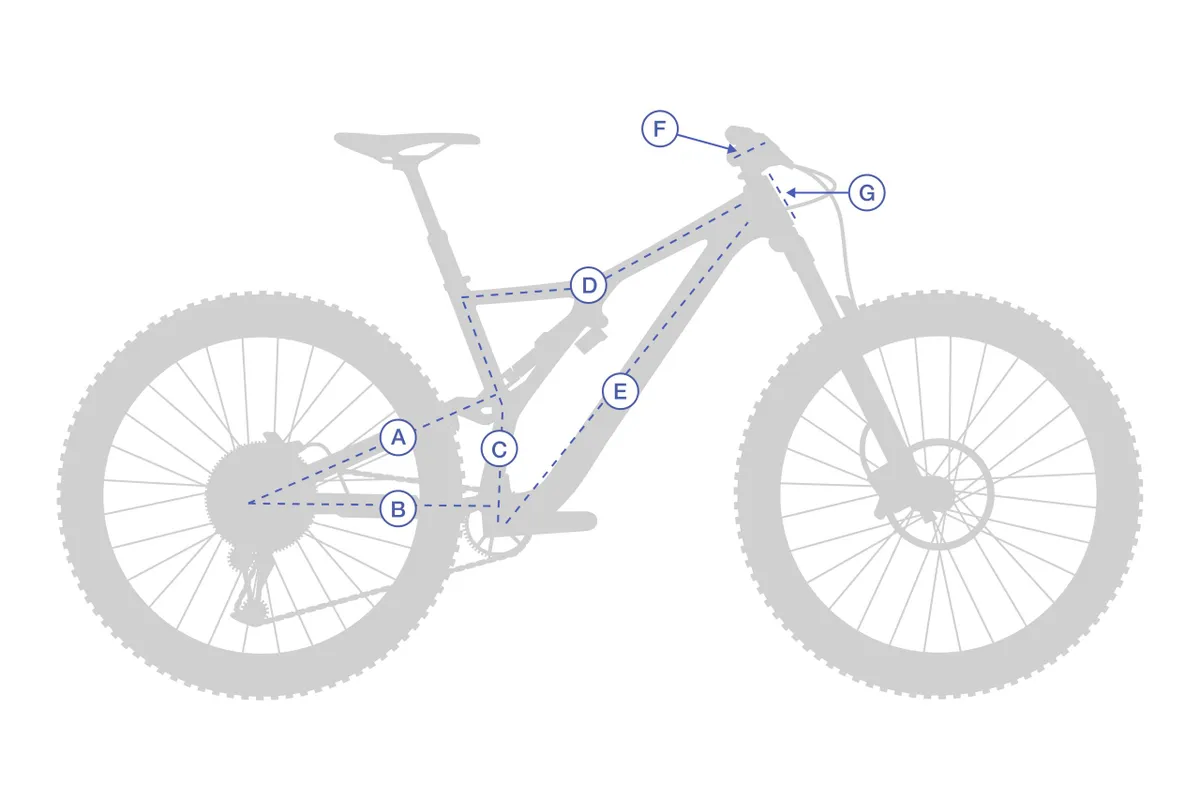
- A. Seatstay
- B. Chainstay
- C. Seat tube
- D. Top tube
- E. Down tube
- G. Head tube
When you're looking at buying your next bike, it's crucial to understand how the bike's geometry will affect how it rides and what each element of its geometry means. Understanding these terms will help you decide what size mountain bike you need.
When you're looking at mountain bike frame size charts, these terms will also help you understand how each measurement affects the size of the bike.
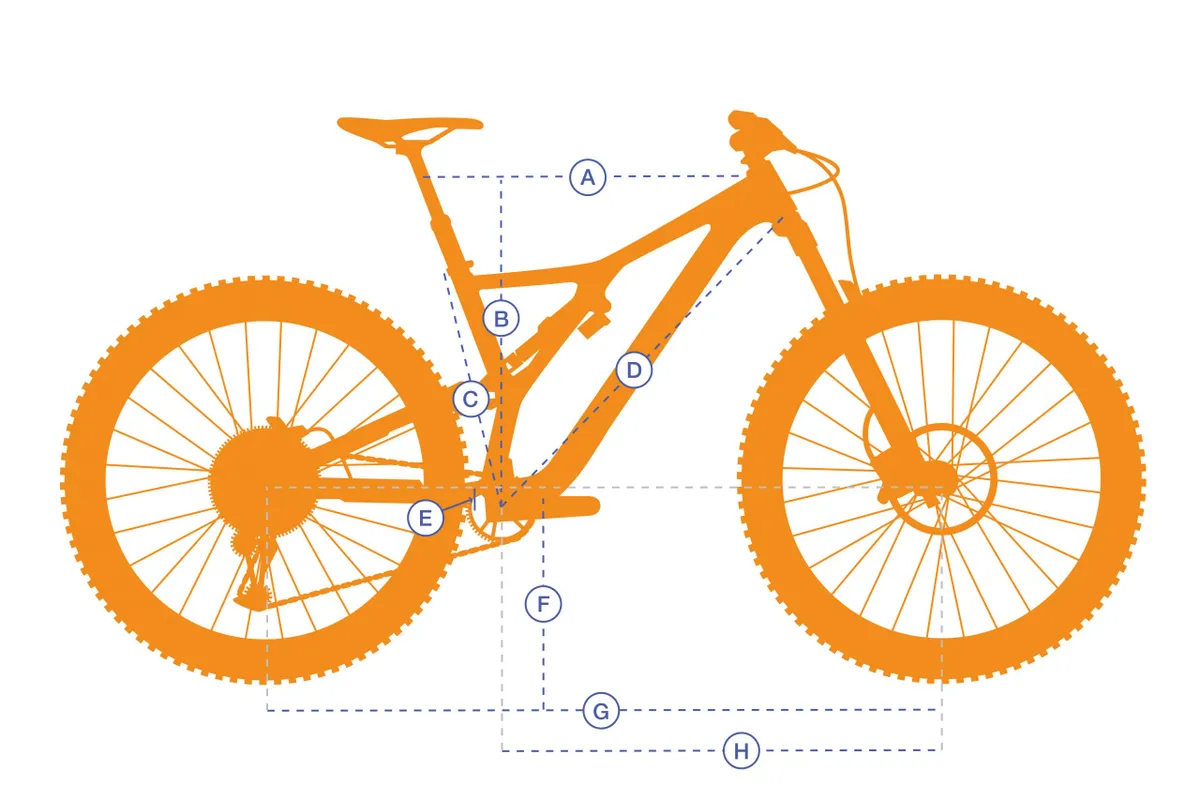
- A. Effective top tube length is the length of a virtual horizontal line drawn between the top of the bike's head tube and the centre of the seatpost at the same height.
- B. Stack height is the distance between the centre of the bottom bracket and the centre of the top of the head tube. This measurement dictates the minimum height of the bars in relation to the bottom bracket and has a relationship with a bike's reach.
- C. Seat tube length is the distance from the middle of the bottom bracket to the top of the seat tube. This length determines how high or low the bike's saddle can be set, and therefore how long or short any given rider's legs can be.
- D. Down tube length is the distance between the centre of the bottom of the head tube and the centre of the bottom bracket. Down tube length figures aren't usually quoted on manufacturers' size charts, but it's an easy measurement for a consumer to do at home when comparing one bike to another.
- E. Bottom bracket drop denotes how far above or below the horizontal line connecting the centre of the axles the centre of the bottom bracket is.
- F. Bottom bracket height is the distance between the centre of the bottom bracket and the ground.
- G. Wheelbase is the horizontal measurement between the centre of the front and rear axle.
- H. Front centre is the horizontal length between the centre of the bottom bracket and the centre of the front axle.
- Reach (not pictured) is the length between the bottom bracket and the centre of the top of the head tube. Reach provides the best indication of how 'roomy' a bike will feel, especially when it's being ridden standing up. Click here to find out how reach and stack height affect each other .
- Rear centre/chainstay length (not pictured) is the horizontal distance between the centre of the bottom bracket and the rear axle.
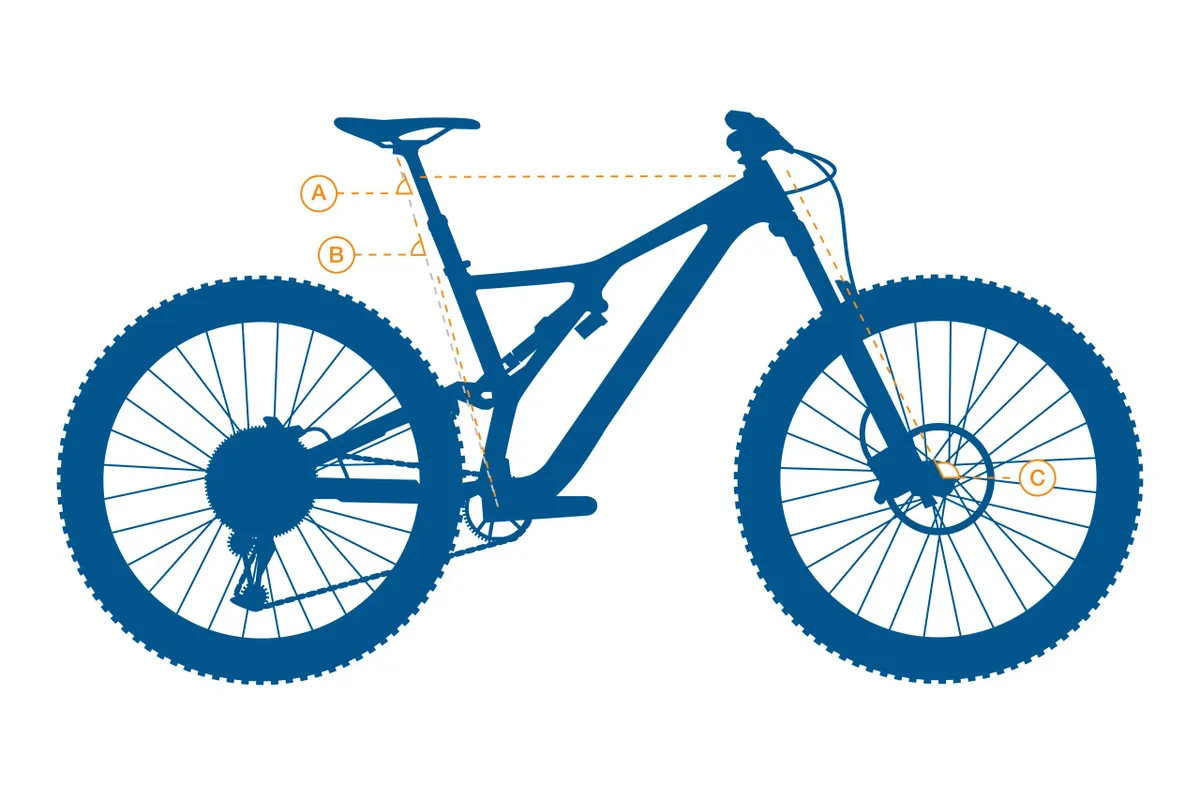
- A. Effective seat angle is the angle of the line that connects the bottom bracket to the centre of the top of the seatpost when it's at pedalling height. Manufacturers often quote their effective seat tube angle, but the height at which it's measured isn't usually disclosed.
- B. Actual seat angle is the angle of the bike's seatpost measured from horizontal.
- C. Head angle is the angle of the fork's steerer tube measured from horizontal.
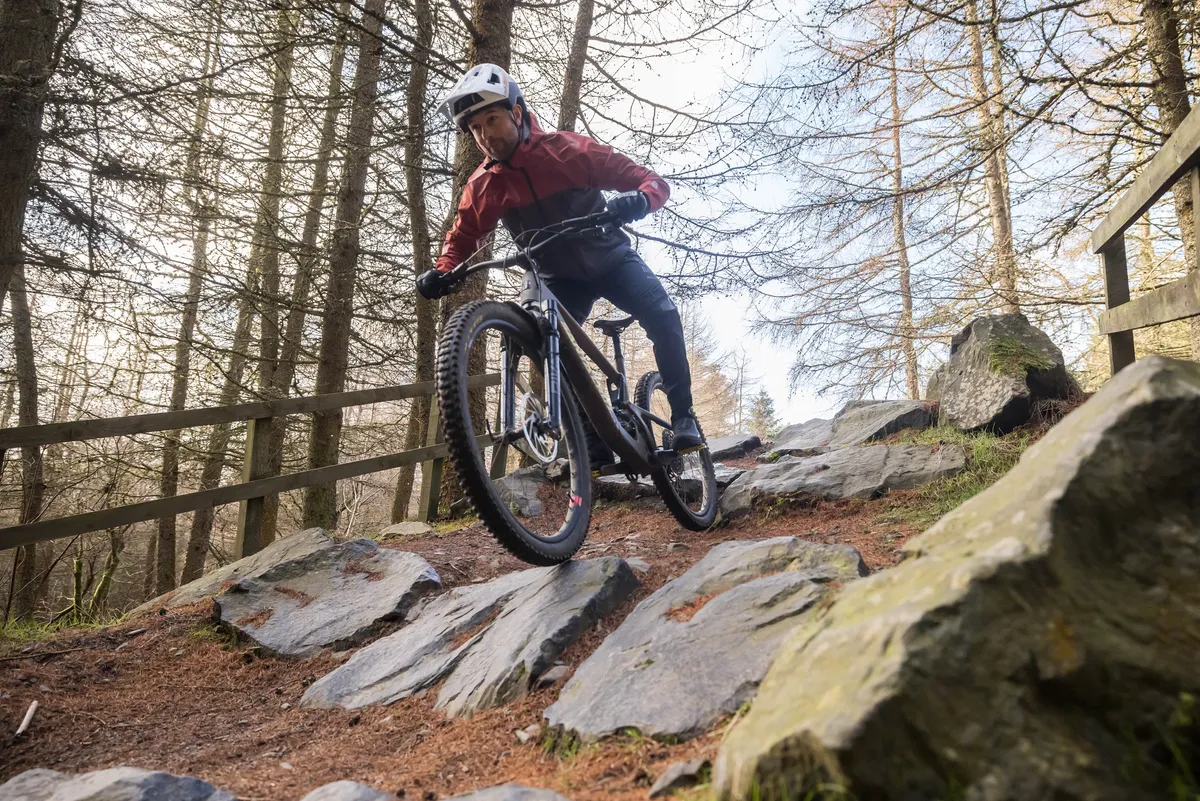
Getting a bike to fit you perfectly is something you need to work at. We know riders who’ve ridden for years on what they thought was their perfect bike, with perfect reach, perfect saddle height, perfect handlebar shape, a perfectly set up fork and the best mountain bike tyres , perfectly inflated, until they discovered it wasn't.
They discover that a basic change, perhaps even a few basic changes, to that setup seems to make them ride better.
It'll often be something as simple as a different handlebar sweep, different tyre pressures or more or less suspension-fork sag. It’s often minor details of bike setup that change the way you ride and feel about your bike.
When we sit on a bike, we make contact in three places: our hands on the bars, our feet on the pedals and our backside on the saddle.
It’s the relative position of these three areas that governs how the bike fits and several variables influence their exact location: top tube length, seat angle, distance from bottom bracket to saddle, crank length , bar height and width, stem length and saddle angle all play a part.
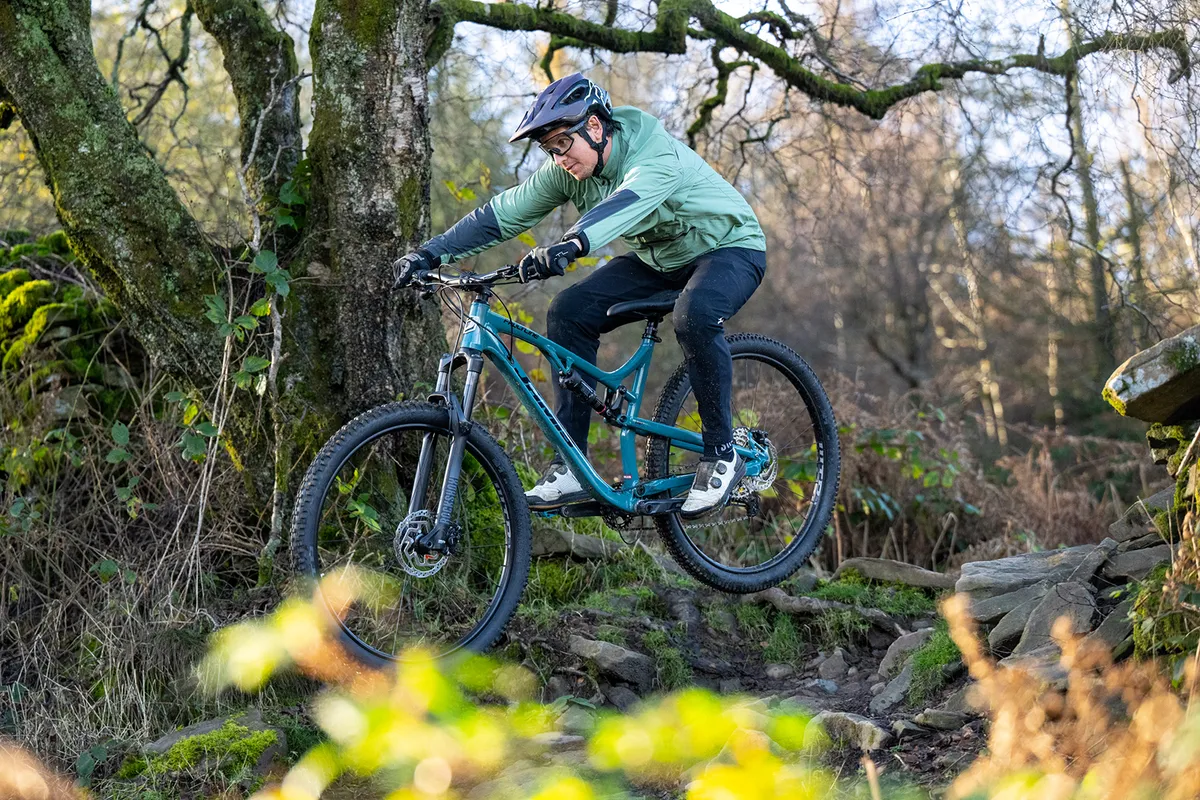
Tweak your ride setup from time to time, then give yourself a few rides to decide whether you like it or not. There are some things that feel wrong when you first change them, but right after a few rides.
In the following sections, we’ll lay down the basic guidelines of bike fit, together with variations to consider and the reasoning behind them.
Don’t think of a bike fit and setup as something that’s carved in stone, though. Use our guidelines as a starting point, then go out and experiment.
Seat tube length and standover
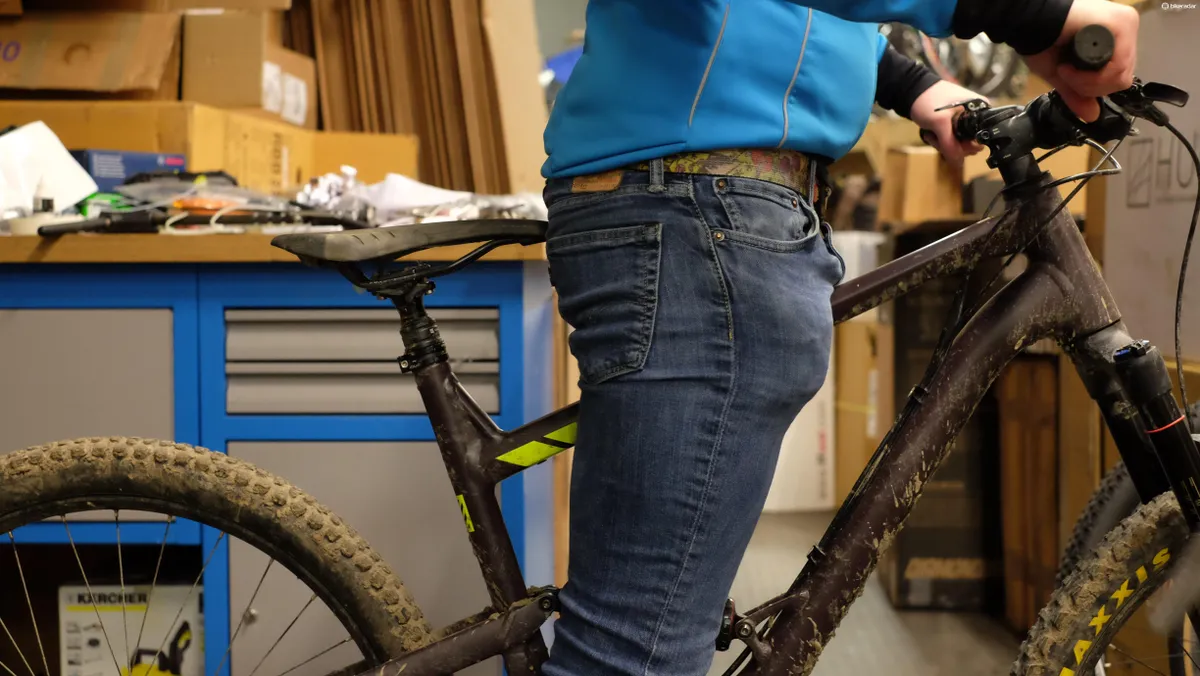
When a bike is listed as ‘X’ inches, what does that mean?
In most cases, it’s the distance from the bottom bracket axle to the top of the seat tube, but it can be to the middle of the top tube or to various other places – there isn’t a universal standard.
Even if there were, it would be no indicator that you could straddle the top tube and clear it because top tube shape and bottom bracket height vary substantially.
This all relates to ‘standover height’: an important aspect of any bike fit, since it governs the clearance of your crotch!
The seat tube should leave you with an acceptable standover gap – the distance between the top tube and your crotch – and usable standover clearance.
To get this, stand back as far as you can while over the bike and ensure there's a minimum of an inch of room from the top tube to your crotch area.
If you adhere to this advice then your frame should provide you with a large range of adjustment at the seatpost, which is important for finding your optimum mountain bike seat height.
While this holds true for beginner and cross-country bikes , depending on the shape of the frame the rules change slightly, for example if it has a low-slung top tube or if you're looking to buy a downhill or enduro bike – which have different geometry entirely.
It's therefore important to not use seat tube length and standover height as the only measure of a bike's fit. It also highlights how crucial sitting on different sizes of your prospective purchase is.
Saddle height and crank length

The majority of mountain bikes have 170mm or 175mm cranks, which do the job perfectly well for most riders. But if you have short legs, you may find the cranks are too long to turn without your knee bending excessively at the top of the stroke, resulting in the wrong muscles being used.
Similarly, if you’re long-legged you may benefit from a longer crank so you can make the most of your lofty dimensions.
For general trail riding, aim to set saddle height on your bike for maximum power and efficiency. Too high and your hips will rock from side to side, wasting energy; too low and your muscles won’t deliver power effectively.

Adjust the saddle height so when your heels are on the pedals at the bottom of the pedal stroke, your leg is fully extended – this means when you move your feet to the right position, your knee won’t lock out.
If you need more clearance, drop your saddle an inch or two.
Top tube length and reach
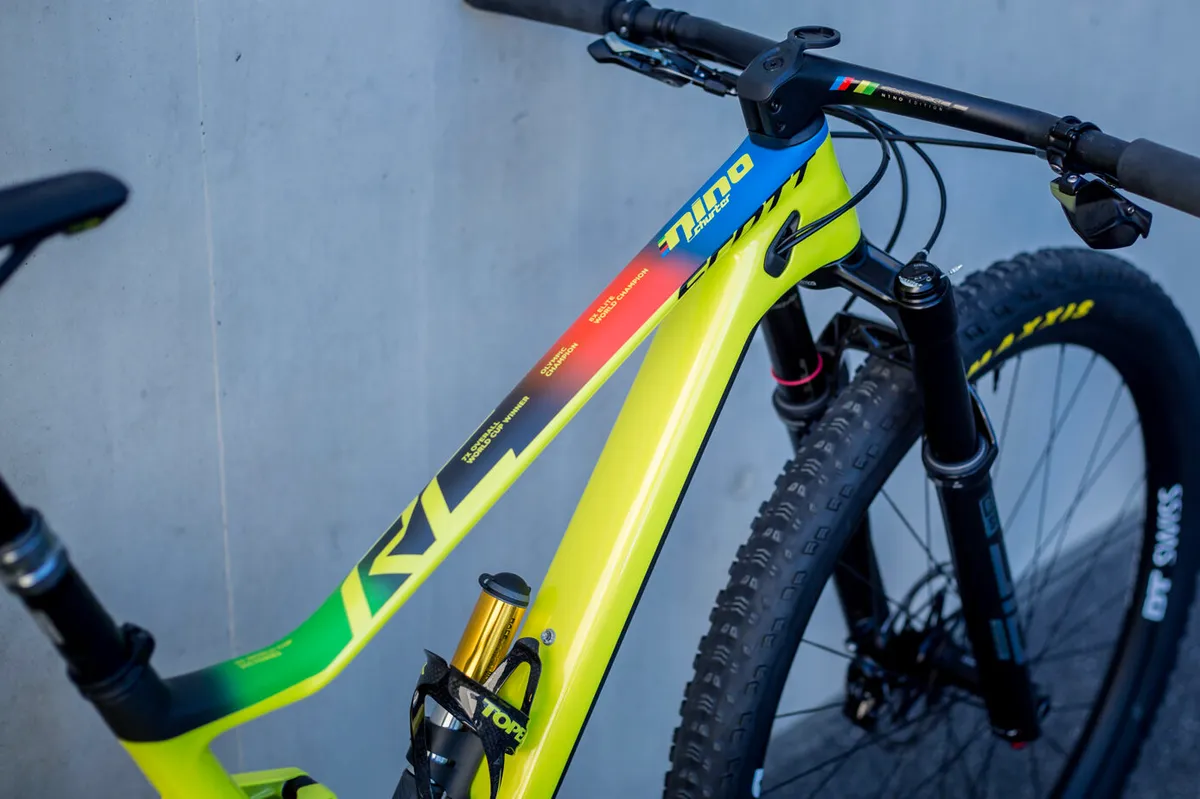
Another important consideration is the top tube length. Together with seat height, stem length and handlebar position, top tube length dictates the comfort and efficiency of your body on the bike.
To confuse matters further, the aspect of top tube length that matters is not the top tube itself, which often slopes, but the reach number.
Although top tube length will give a good indication of how a bike will feel when you're seated, the reach figure is most relevant for when you're standing up and is particularly pertinent to descending, but also helps contribute to the feel of a bike's size.
A cross-country rider may prefer a long, stretched-out position, but a beginner who has never taken a bike off-road may want to be more upright for extra comfort, with less weight on their hands and wrists.
Your reach is often a compromise between comfort, control and pedalling efficiency.
Find what works best for you, but avoid being too hunched or too stretched out, since this can cause discomfort and back problems.
Seat angle and effective top tube length
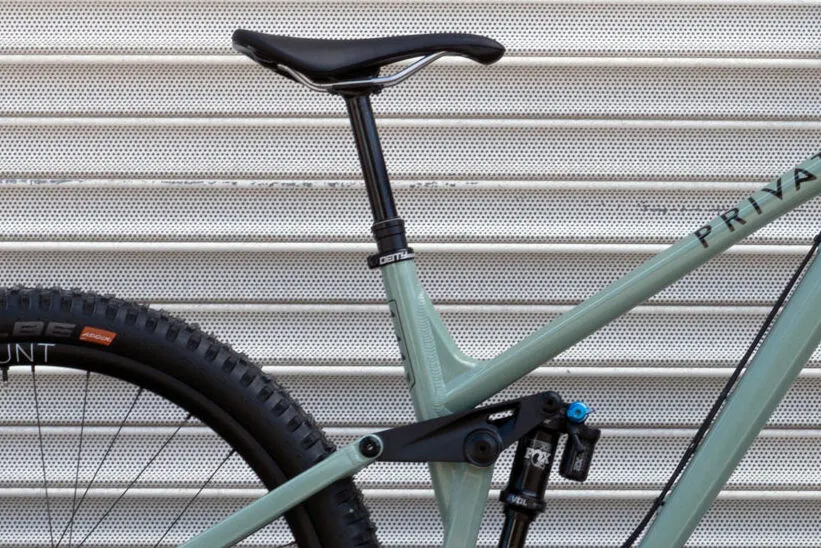
The cranks (or bottom bracket ) are never situated directly below the saddle, and for good reason. If they were, you’d be placing excessive weight on your arms to support your upper body when you lean forward.
Thus the seat tube lies at an angle, which determines how far behind the bottom bracket the saddle will be and how you’re balanced when seated.
Too much can be counterproductive, but luckily the range of angles is usually quite narrow, so this measurement isn’t normally that important.
If we take two bikes with the same ETT length but different seat tube angles, the slacker-angled machine will have a bottom bracket that’s further forward in relation to your saddle and vice versa.
The upshot of this is you can have two bikes with the same reach that handle differently, due to how they distribute your weight.
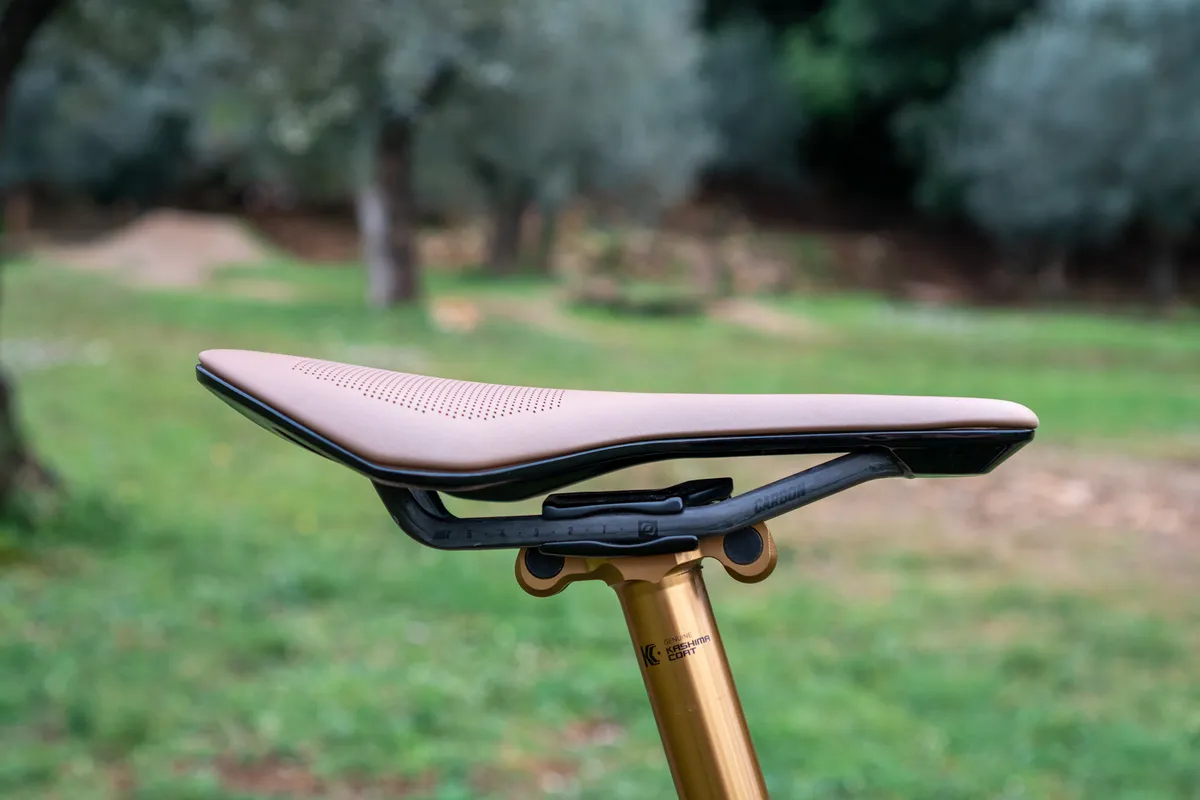
One of the biggest mistakes made by beginners is to slide the saddle too far back. While it may be psychologically reassuring to sit well back from the ‘attacking terrain’ position, too little weight on the front of the bike can make the steering feel vague and stop your suspension fork from compressing efficiently.
Sit further forward and you’ll get maximum use of the fork, full use of the front tyre tread and the bike will handle better.
This is all assuming that the reach is correct for you. As a general rule of thumb, if you drop a plumb line from the centre of the saddle it should cross the chainstays almost exactly halfway between the bottom bracket axle and the rear wheel axle.
Foot position and cleats
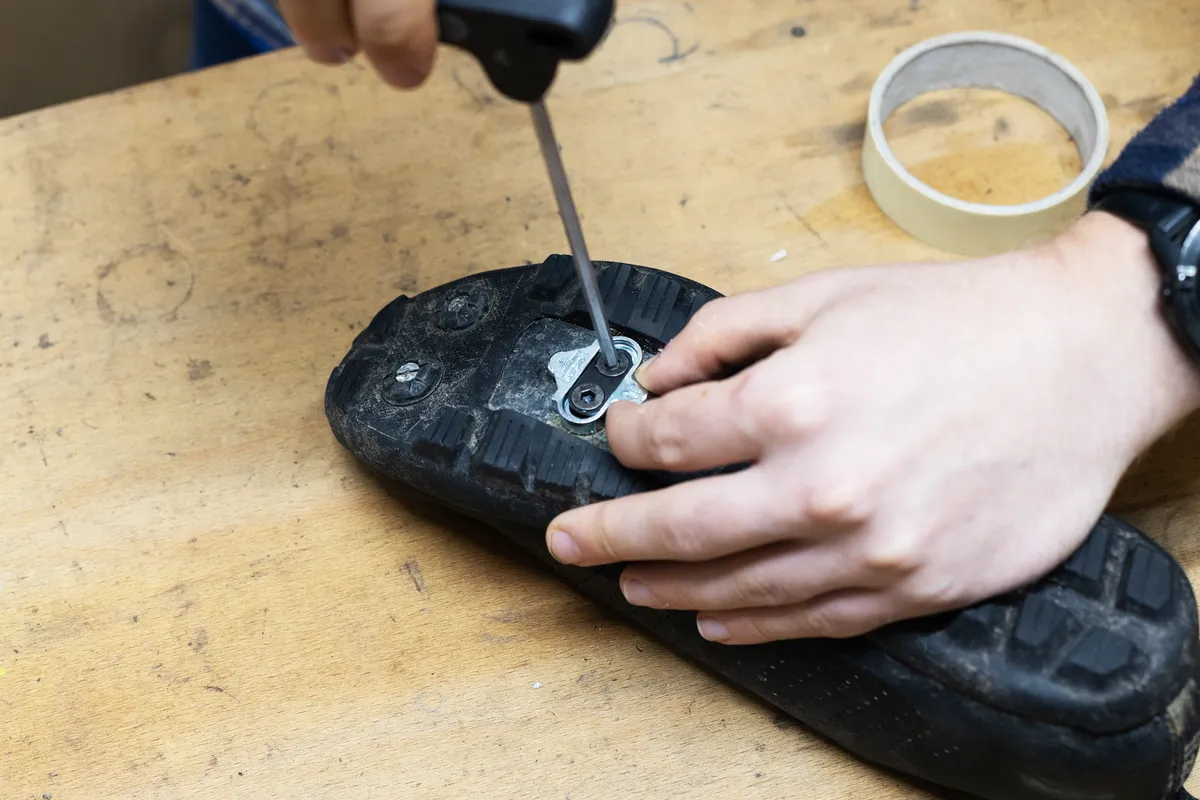
The best mountain bike pedals can be flat or clipless . With flat or platform pedals, the ball of the foot usually drops into a comfortable position above the pedal axle.
However, clipless pedals can be more problematic to get right, so it's essential to know how to set up clipless pedal cleats . A good place to start is to find the ball of your foot and place the cleat directly underneath.
Once you’ve found this spot, adjust back and forth – minor changes can affect which muscles are utilised and how effectively you pedal.
See what works best for you. Lateral positioning is a personal preference: a narrower stance can improve efficiency, but be careful that your shoes don’t hit the cranks during the pedal revolution.
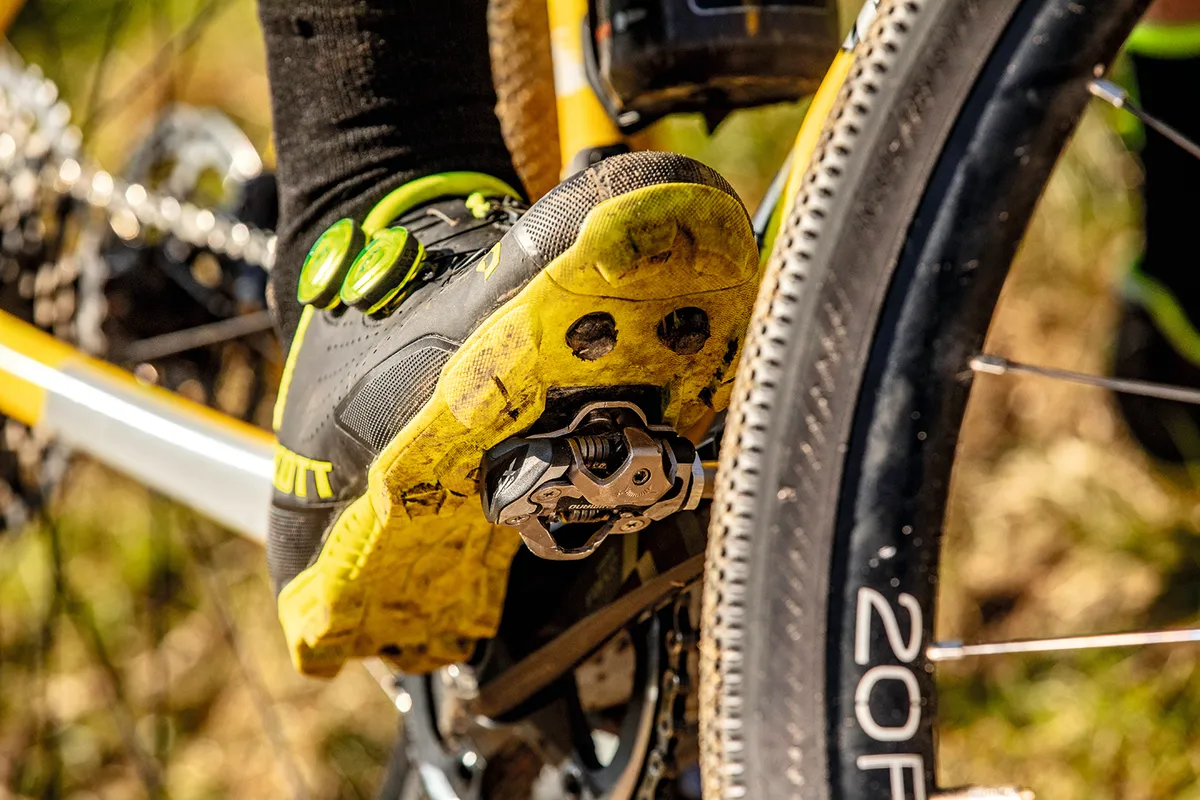
The angle of the cleats should match the natural angle of your feet, which you can see easily if you use flat pedals.
Many of the latest clipless pedals have built-in float, which helps your foot achieve a natural angle and is a good option if you’re unsure what’s right for you.
Experiment with the final setup; once you have this sorted, the pedal stroke will feel fluid with no twisting of the ankles, knees or hips.
This can take a few rides, but is worth persevering with – when you hit that sweet spot, draw a line around the cleats for reference when they need replacing.
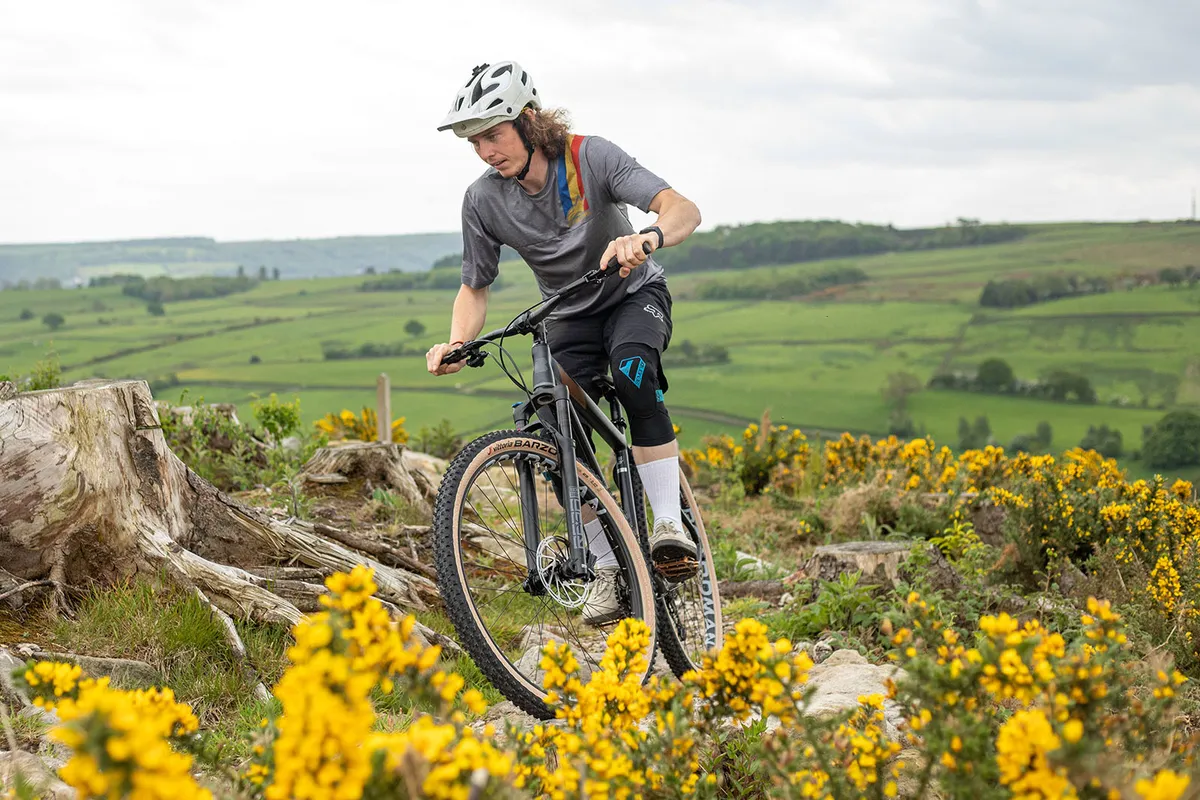
If you do end up on the wrong-sized mountain bike, whether that's too small or too large, you could end up not enjoying yourself as much or, as a worst-case scenario, getting injured.
Aches and pains can be caused by aspects of bike setup, but also by other things, so don’t take this list as gospel; it’s a rough guide.
See your doctor if something is really hurting, especially if it continues to be painful after riding and it’s not solved by the adjustments mentioned here.
Be aware that a lot of your aches and pains on a bike are simply caused by insufficient muscle support. In other words, you may just need to ride more and do some core muscle training to work things out.
Here are some common ailments and their causes:
- Knees: Knee pain when riding can be caused by your saddle being too high or too low, or your shoe cleats being poorly adjusted. Some riders find that a pedal/cleat system with more free float gets rid of knee pain.
- Back: Back pain during/after riding will often be related to poor core muscle support, so there may not be a quick and easy setup fix. But try changing the position of your handlebars and/or your reach from the saddle to the bars. We know a lot of riders who’ve solved lower-back pain simply by putting the stem up or down by half an inch, or getting a handlebar with more backsweep. Back pain can be indicative that your bike's frame is the wrong size.
- Shoulders/arms/neck: We're putting these three together because it’s often similar aspects of setup that cause aches and pains in these areas, namely too much stress being placed on these bits of your body. This may be caused by being sat too far forward on the bike, but it can also be down to sitting too far back, making you curl your shoulders and preventing you holding the bar properly. Experiment with stem height and saddle-to-bar reach. Try different bar shapes: a lot of riders find that more backsweep or upsweep on a bar will make them feel far more comfortable. Also try anatomically shaped grips, which support your hands better. If your shoulders, arms or neck are hurting, they could be telling you that your bike is either too big or too small.
- Hips: A lot of hip problems among cyclists are caused by the saddle being either too high, too low, tipped too far back or forward, or not offering the right sort of padded support.
When your bike is the correct size:
- Arms: Good bike position results in relaxed shoulders and slightly bent elbows.
- Saddle: Correct saddle position is essential for balance, control and pedalling efficiency.
- Knees: Having very slightly bent knees at the bottom of each pedal stroke is perfect.
- Frame: Getting the correct frame size is essential, but it’s only a starting point for perfect bike setup.
- Shifters and brake levers: Don’t just leave them in one position. Experiment with setting them further in on the bars or tilting them.
Although everyone is different – some folks may have longer legs and a shorter torso, while others may have long arms and short legs – starting with the correct-sized frame allows you to further tune the position using stem, bar, seatpost and saddle tweaks.
Follow these tips on how to adjust your bike so that it fits you better.
Mountain bike saddle height

When answering the question 'what size mountain bike do I need?' what really matters is how the bike feels when you sit on it and ride.
The first thing you need to do, in the shop or on a demo ride, is set the saddle at the right height. If you can't get the saddle to a comfortable height then the bike you're riding could be the wrong size.
A rough approximation of maximum seat height for efficient pedalling is your trouser leg measurement plus 13cm (5in) from the centre top of the saddle to the centre top of the pedal.
To work it out more accurately, with comfort and efficiency in mind, sit squarely on your saddle with the cranks in a straight-up/straight-down position.

The saddle is at the right height when your heel just touches the top of the lower pedal with your leg straight; your crank should be right at the bottom of its stroke.
If you have to tilt to one side on the saddle to achieve this position, then the saddle is too high.
Place your foot on the pedal in the ready-to-pedal position. If your leg is straight with your heel on the pedal, it should be slightly bent at the knee in a pedalling position. You should never feel as if you’re being forced to rock your hips from side to side on the saddle while pedalling.
You may need to make adjustments to this position according to confidence and comfort preferences, and depending on what shoes you wear.
Keep in mind this is all based on efficient pedalling for cross-country trail riding. You will want to set your saddle lower for difficult descents – a job taken care of by dropper posts .
Mountain bike saddle position
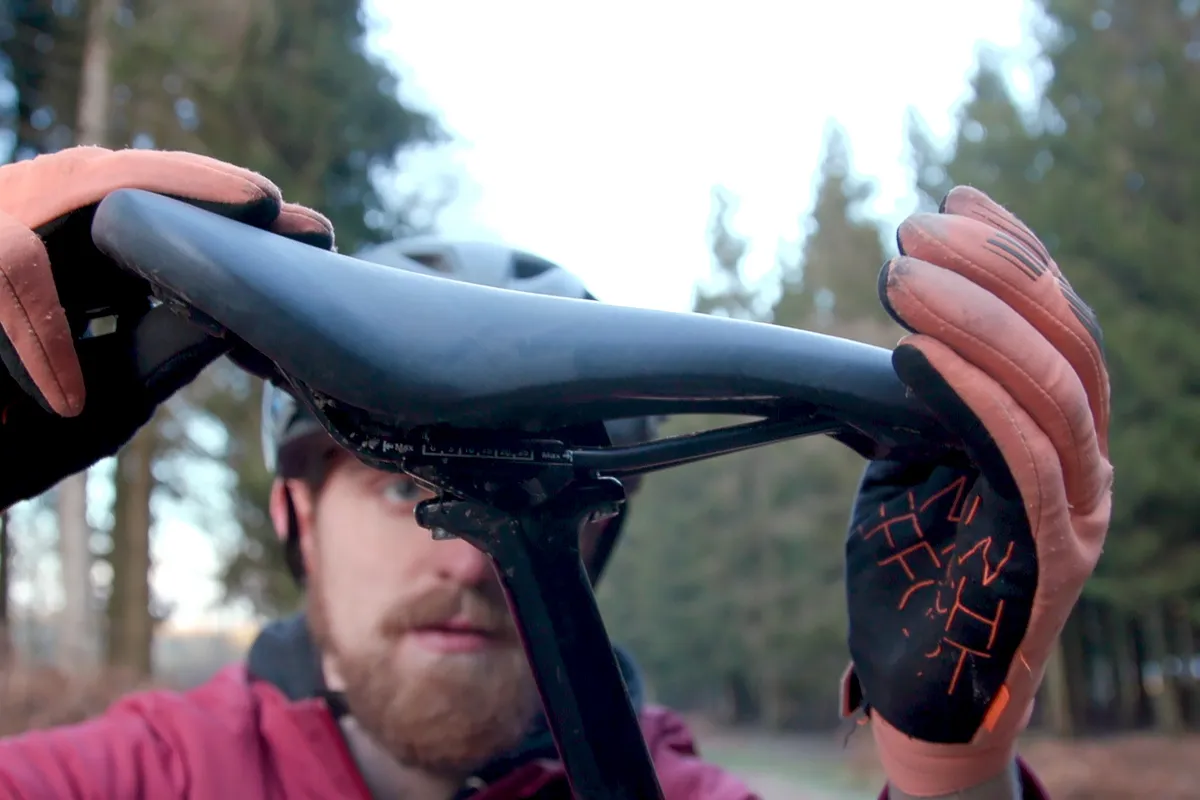
As a rule, start with your saddle as level as possible on the top. This is an efficient cross-country position, but some riders will prefer a slightly tipped-back saddle for tricks, stunts and/or steep downhill work.
A few will prefer the nose of the saddle slightly tipped down for climbing or a more forward-biased ride posture – or if your bike's seat tube angle is particularly shallow. But dead flat is right for most riders.
Saddle rails have a lot of fore/aft slide adjustment, and not all seatposts are created equal.
Some have set-back clamps, others have clamps in line with the top of the post. This has a bearing on the position you’re trying to achieve with your saddle.
Set the saddle too far back and it'll make the bike feel back-heavy, possibly even too light at the front, especially when you're climbing.
A saddle set too far forward can cramp your ride position and make you feel as though you’re putting too much body weight on the front of the bike.
In theory, if a bike has exactly the right reach for you, and the fork is set up properly, you’ll probably end up with the saddle set dead centre on its rails. If you’ve got long arms for your height, you may end up with the saddle set well back: short arms and you’ll be looking at inline seatposts and your saddle forward.
You can use stem length and handlebar position to fine-tune the way you sit over the bike too.
How far away should the handlebars be from the saddle?

If you have access to different stem lengths and different-shaped handlebars, experiment with different ride positions, adjusting your saddle accordingly.
Arm, leg and torso length will vary between riders of the same height, and body weight distribution can have a major bearing on setup.
A starting point to work out the correct saddle to handlebar reach for XC or light trail bikes is to put the tip of your elbow on the nose of the saddle and see how far your longest finger reaches along the stem; forearm length is generally a good indicator of full arm and torso length.
Most riders looking for a fast and efficient trail riding posture will discover their longest finger reaches to almost exactly halfway between the top of the steerer tube and the handlebar centre.
You can fine-tune ride feel from that point by adjusting your seat position, stem length and height, and handlebar type.
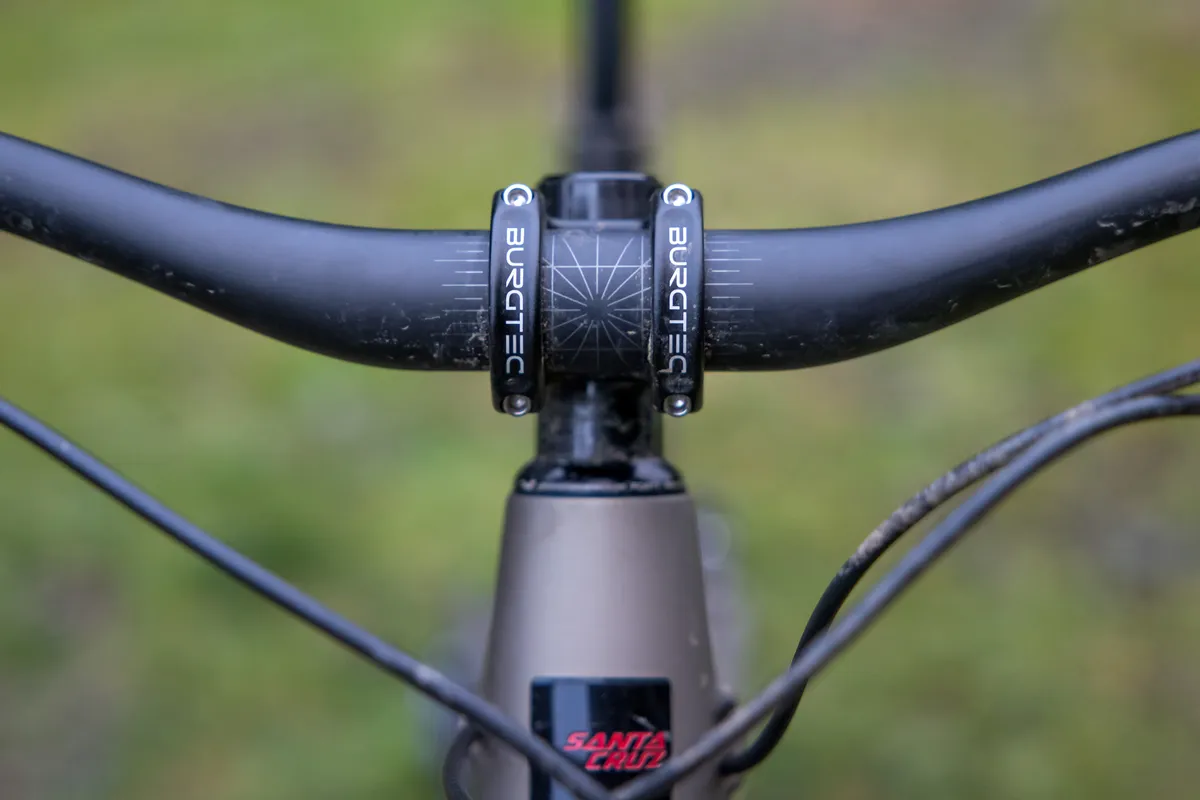
Some handlebars have a more generous backsweep than others, and you can turn bars in the stem to tune your hold position/wrist angle. We know riders who like their bars straight and others who find a 25-degree backsweep their ideal solution.
Keep that elbow tip to finger tip measurement in mind when working out whether a test bike is the right size for you.
It's also worth considering the type of riding you're going to be doing because while this rule of thumb works for disciplines where you spend a lot of time pedalling seated, it's less appropriate for hardcore trail, all-mountain, enduro or downhill.
Mountain bike handlebar height
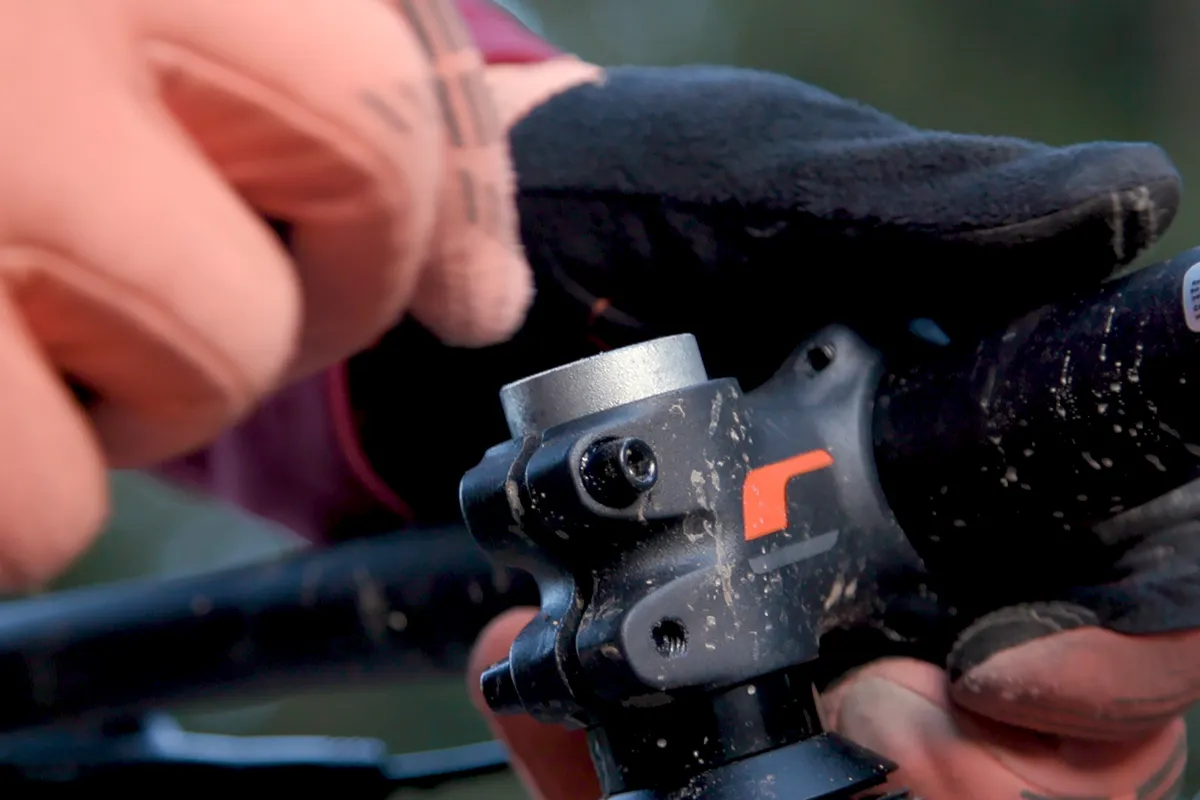
How high you have your bars is a function of stack height, steerer tube length (and the number of adjustment spacers on it), stem height and rise, and handlebar rise.
Some riders feel relaxed with their bars at roughly saddle height, others (particularly cross-country racers) have them way below saddle height to achieve a flat-backed streamlined posture on the bike.
Control positions
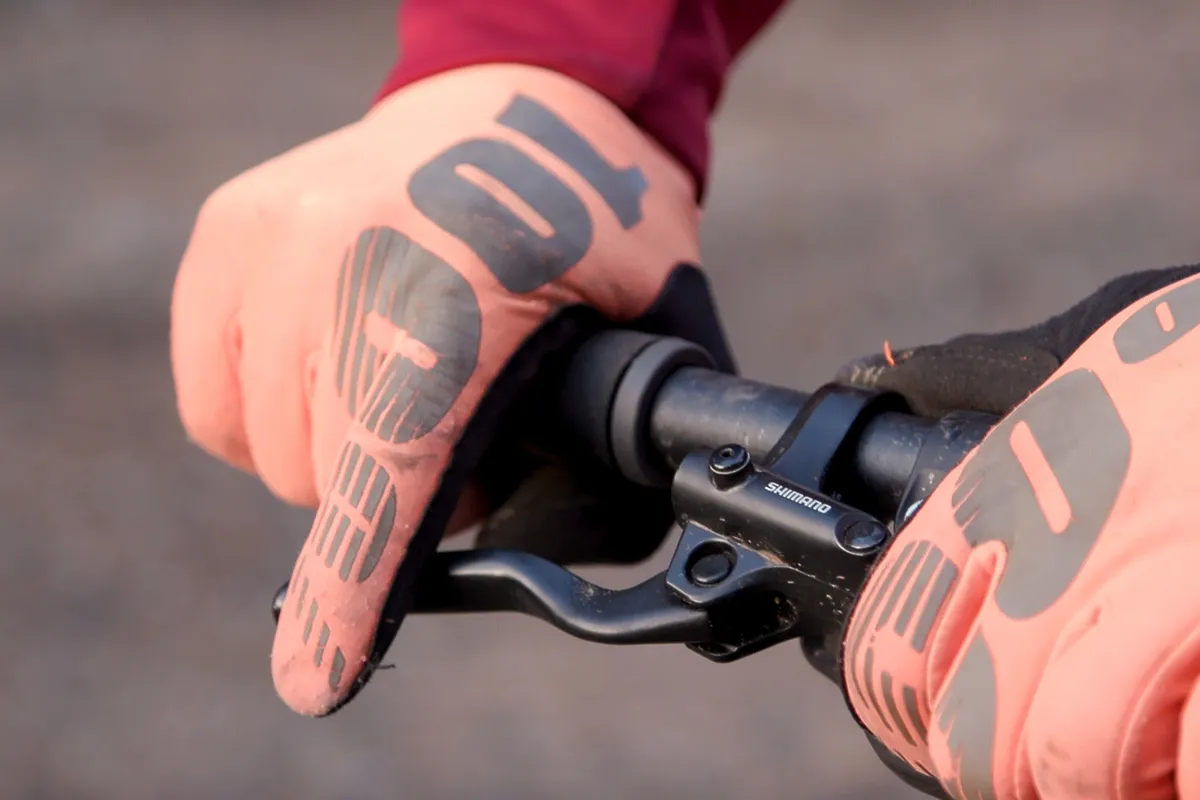
Brake levers and gear shifters can be put in different positions on the bar. On most brakes, you can adjust lever reach too, and on some you can adjust the point of contact where the brakes compress the pads.
We know riders who put up with their thumbs rubbing on their gear shifters for years before realising that setting them half an inch further inboard on the bars solves the problem without making them harder to use.
Bar width can be trimmed too: cutting an inch off either end of a handlebar might make a difference to your ride comfort.
Equally, you might benefit from better control with a wider bar. Swivelling bars a few degrees back or forth in the stem can also make a difference.
Don’t be afraid to try something different, but try it for a few rides in order to find the pros and cons of a new setup.
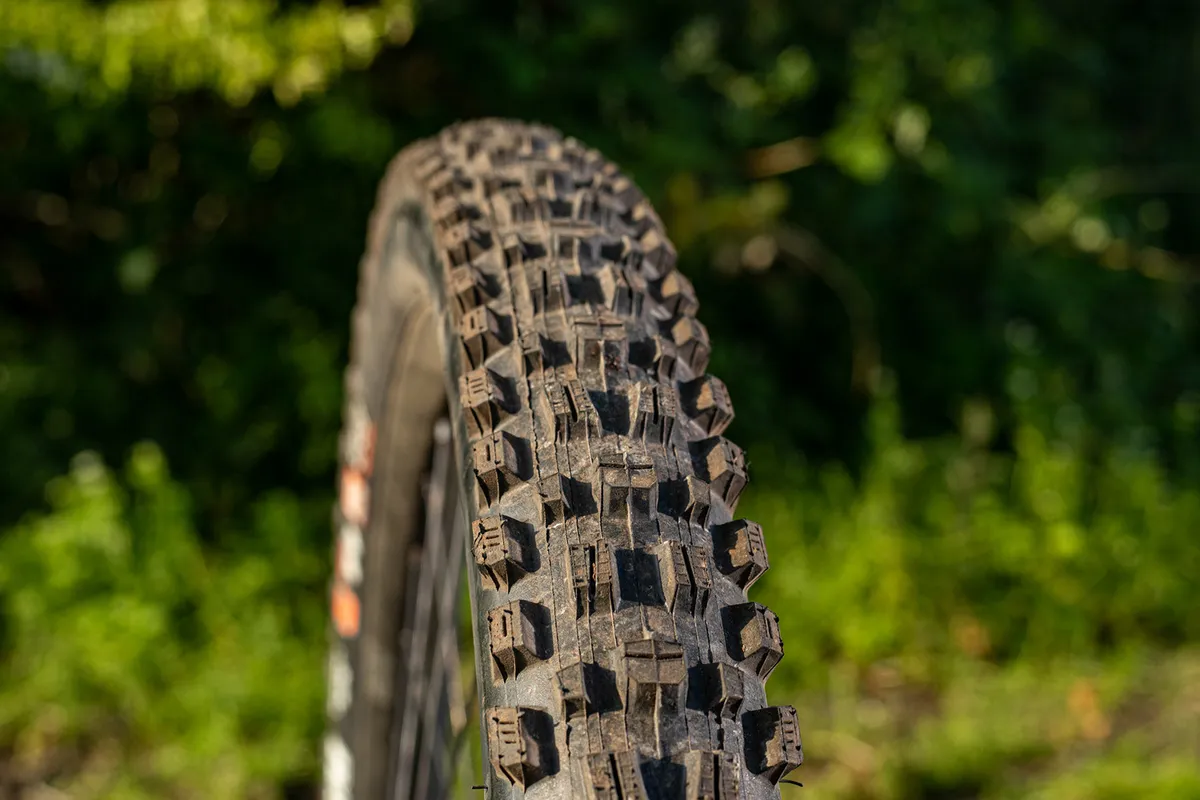
Tyre compounds, as well as pressures, will affect the way a bike feels on the trail. Cleverly treaded dual-compound tyres with a high TPI (threads per inch) carcass construction will generally deform more over rough terrain, and so grip better, without any increase in rolling resistance.
Cheaply made tyres tend to grip less and are more prone to losing traction when under pressure, especially in wet conditions.
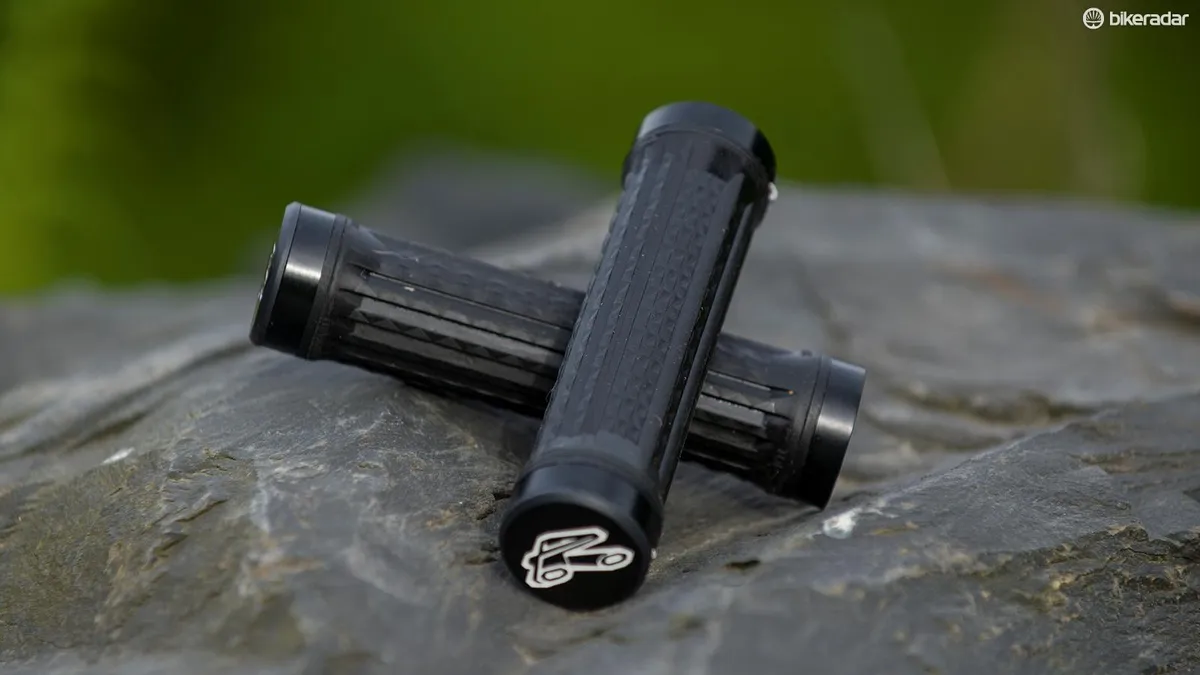
Soft or sticky compound handlebar grips , or grips made from soft foam, might not be as hardwearing as others but they’re far more comfy, absorbing vibration and making you feel more at ease on the bike on rough terrain.
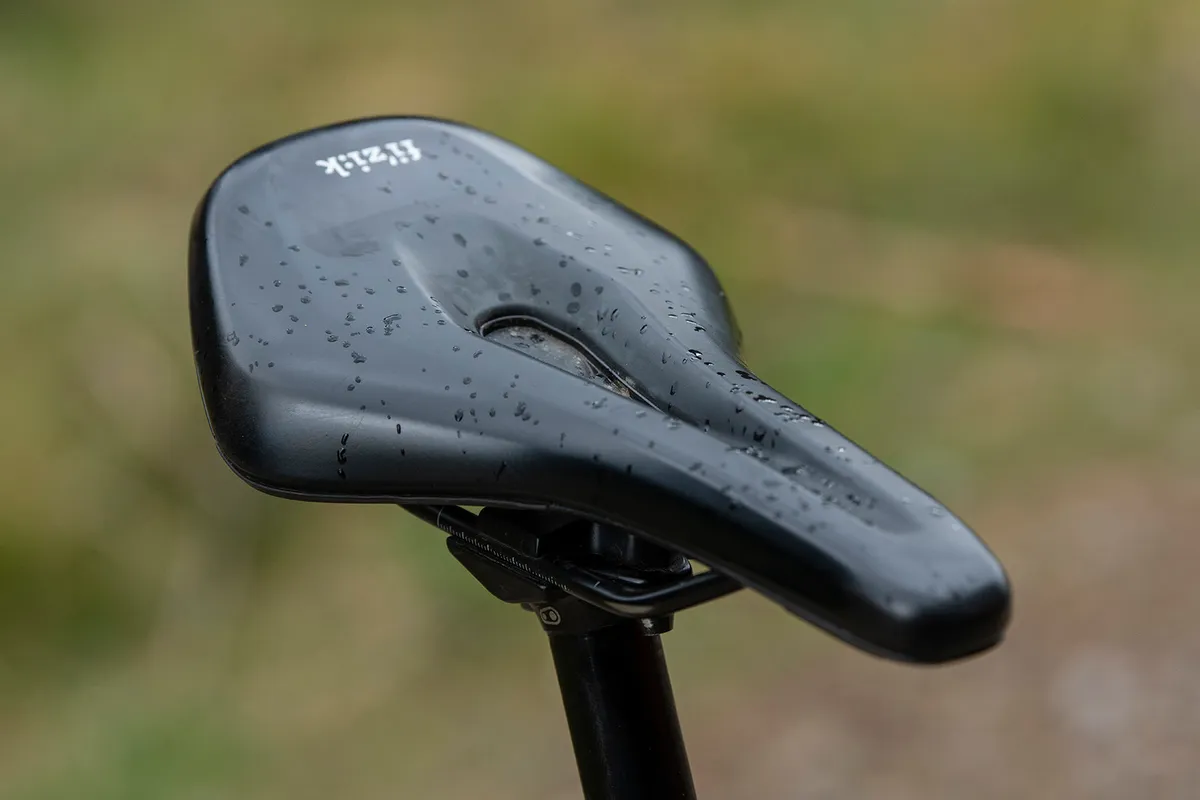
The right sort of surface material and the right sort of padding on a saddle is obviously going to make a huge difference to the way you feel about your bike.
As a rule, you should be able to move easily on the surface of a saddle; fancy embroidered graphics aren’t always conducive to this. And don’t assume that more padding is always better.
Slimline saddles with minimal padding in just the right places are often more comfy than big bouncy affairs, which will often chafe after a while.
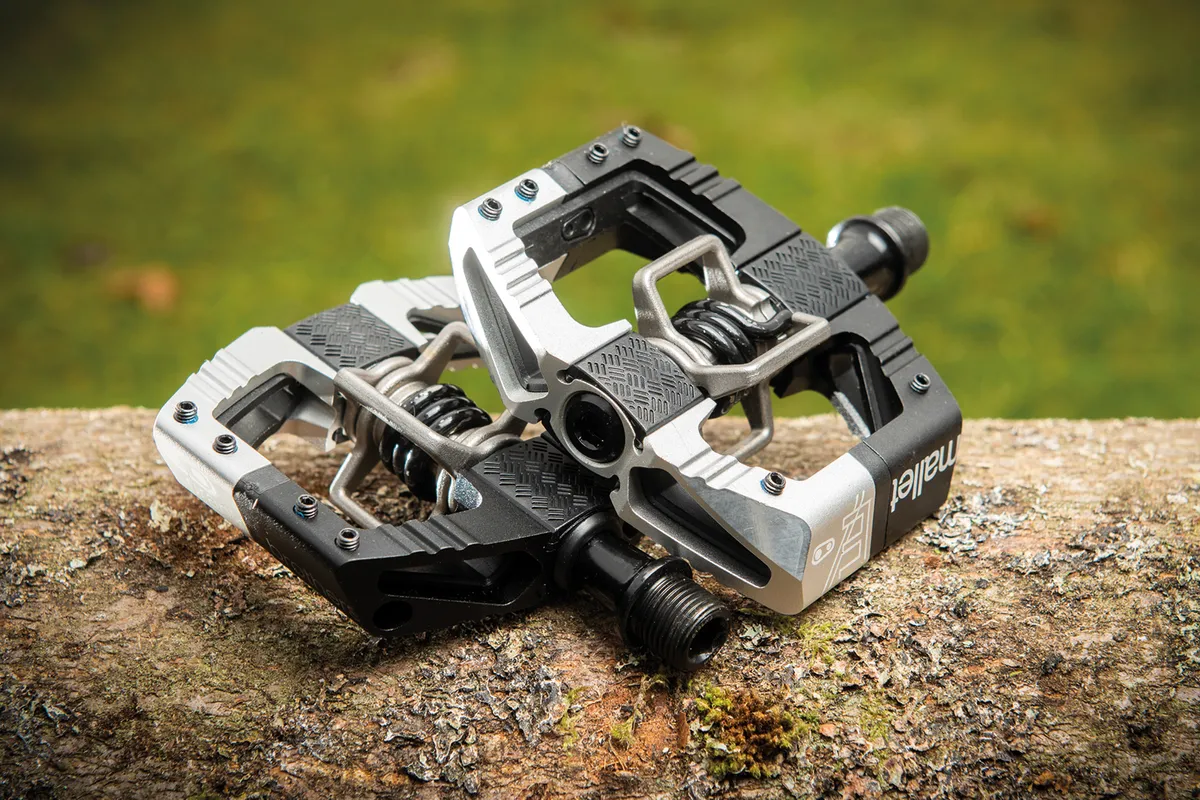
The efficiency of your pedal/shoe interface has an impact on how you ride.
Stiff-soled shoes with inset cleats fixed to clipless pedals will make you a more efficient ‘full circles’ pedaller. But read instructions carefully when it comes to cleat position because poorly positioned cleats can cause problems, especially with knees.
Most riders start with their cleats set dead centre in the shoe recess, but that doesn’t feel right for everyone, and some cleats/pedals offer more free float movement than others.

Your tyres, suspension fork and rear shock effectively provide an adjustable cushion between your bike and the ground.
Being able to set up your mountain bike suspension properly underpins your overall control and comfort. The same applies to mountain bike tyre pressure .
Big-volume tyres can be run at lower pressures than small-volume ones, and big-volume tyres with a low knob profile will often roll just as fast as, and offer more comfort and control than, skinny tyres.
Tyre pressures need to be adjusted to suit your riding style, the width of the tyres fitted to your bike, the width of the rims the tyre's seated on and the conditions or trail type you're riding on. And of course, it depends if you're running tubeless tyres. There is no universal rule.
However, if you feel your bike is getting pinged around on the trail and you've verified your suspension is set up correctly, then your tyres might be too hard.
Equally, if it feels as though your tyres are squirming or rolling on the rim in turns, then they could be too soft.
Fork and shock settings will vary according to make and model, so consult manufacturer guidelines to find out how you should be dialling in your suspension.
Get an expert opinion from a bike fitter or reputable bike shop
Even if you feel overwhelmed after reading all of this information, fear not. Any reputable bike shop will be able to help you with finding the right size mountain bike for your needs.
Some shops even offer a professional bike-fitting session to really help you nail down what size bike you need and how you can modify your current bike to fit you better.
Don't be afraid to head to your local bike shop to find out more.
Share this article

- Terms & Conditions
- Subscribe to our magazines
- Manage preferences
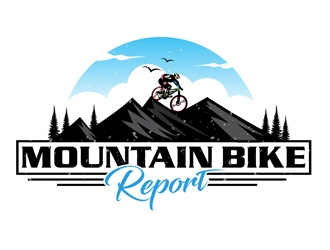
- Recommended Gear
- Beginner Info
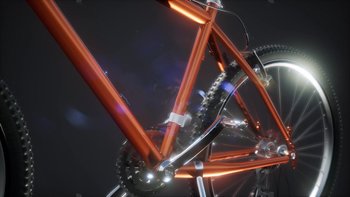
Mountain Bike Sizing and Fitting (Ultimate Guide)
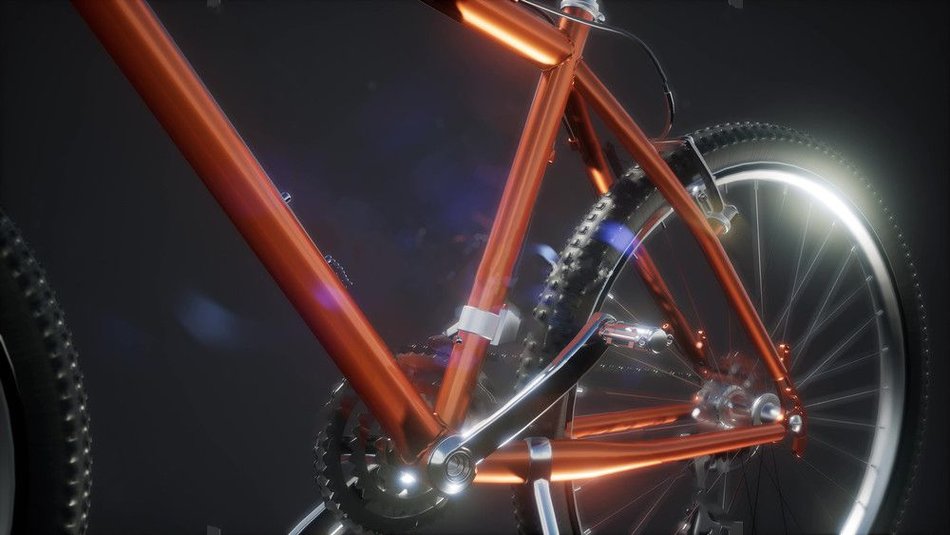
No matter which mountain bike you choose it has to match your bodies measurements as closely as possible. This mountain bike sizing and fitting guide will help you do just that.
If you get this wrong and start riding a bike that does not fit you then you will not be able to reach your full potential as a rider. Having the wrong size bike for your body will not only be uncomfortable but your riding performance will be lower.
Size and Fit For an Assembled Mountain Bike
Stand-over height.
- All mountain bikes have a top tube, but not all top tubes are designed exactly the same way. It is important that there is enough stand-over height so that if you need to jump off your bike you will not hit your crotch and injure yourself.
- The best way to determine stand-over height is to stand flat foot over your bike’s top tube. From this position lift up the bike straight up until the top tube touches your crotch.
- Then make sure that the wheels are at least 2 inches off the ground. Two inches would be the minimum. But if you jump off you will probably bend your knees. So a stand-over height of up to 5 inches or more is good as well. There is no maximum limit.
- It is a good idea to also ride the mountain bike slowly and then jump off to a standing position as you straddle the top tube. Make sure to bend your knees as you land. Do this a few times and bend your knees more or less each time so you get a good feel for how much room you have above the top tube.
- You will need to do this for every bike you are interested in. This is because one bike from a particular manufacturer with a listed frame size of medium will have a different stand-over height when compared to another bike manufacturer with a listed frame size of medium.
- This happens because manufacturers usually measure frame size in different ways. Also different manufacturers have various ways of designing the top tube of their mountain bikes. Some have a slope or are curved differently. They also use different bottom bracket heights. All of these variables will cause a different stand over height for each bike.
- All manufacturers measure the frame size from the center of the bottom bracket up to the top of the seat tube. But the measurement changes at the top end of the location.
- Some measure to the top of the seat tube, some measure to the top of the top tube, and some measure to the center of the top tube. You can see now that each of these methods will give you a different frame size for the same frame.
- The stand-over height of a particular mountain bike is determined by the slope and design of the top tube and the bottom bracket height, no matter how the frame size is measured.
- Because of this, where you stand over the top tube is very important. Most top tubes slant up from the seat post to the headset. It is a good idea to straddle the top tube 1 or 2 inches ahead of the nose of the seat if the top tube has an upward slant.
- You also have to consider the different levels of travel that mountain bikes have. A bike with suspension fork travel of 80mm or 100mm will have a lower front end than a bike with a 125mm travel suspension fork. Even a bike with a rigid fork will be lower because the frame has to accommodate the rising and falling of the front wheel.
- On a full suspension bike the pedals need to be higher off the ground to make sure that the pedals and bottom bracket clear obstacles when compression of the suspension occurs. This makes a full suspension bike the tallest type of bike by design.
- Finally, different wheel sizes will play a part in determining the stand over height. A 29er bike will have a higher front end than a bike with 26 inch wheels even though they have the same fork travel. This makes it hard to determine stand-over height even from the same manufacturer when you are comparing listed frame sizes.
- If you are looking at one bike manufacturer and two frames which are listed as large but the wheel size and or the top tube design is different then the stand-over height will be different.
- The only way to be sure is to actually go and stand over the bike yourself. If you have stood over a few different bikes and the stand-over height is not at least 2 inches, then try standing over bikes with a smaller wheel size.
Do Your Knees Clear the Handlebars
Even when you are in the most awkward pedaling position, check that your knees will not hit the handlebars. The best way to check this is while you are seated in the saddle.
You should turn the front wheel slightly to the left and to the right and check your knees. Also be sure the balls of your feet are on the pedals and not your heels.
Handlebar Reach and Comfort
- As you ride the bike notice how you are holding the handlebars and bar ends. Does it feel comfortable, can you reach them easily, while maintaining a slight bend in your elbows.
- Make sure while holding the handlebars that your knees do not hit your elbows as you pedal. You should also be able to grab the brake levers easily. Check that you can lower and raise the stem so that you can set it to a level that is comfortable for you.
- Stem height can be adjusted but only up to a certain limit. If it can not be adjusted so that it is comfortable then you may want to replace the stem with another one. Another option is if the stem is too short because you are tall then try a bike with larger wheels.
- A bike with 29 inch wheels will have a longer fork and higher handlebars than a bike with 27.5 wheels or a bike with 26 inch wheels. Mountain bikes with larger wheels have longer forks, which therefore will give you higher handlebars. If you are shorter then go down in wheel size.
Toe Overlap
Toe overlap is the situation when you are riding slowly and you make a sharp turn and your toe hits the front tire. This can be avoided by doing a toe overlap check. Begin by sitting on the bike and pedal the crankarms until they are horizontal. Now turn the handlebars and see if your toe hits the front tire or not.
Making sure there is no toe overlap is especially important when riding slowly, such as during technical riding. When pedaling up rough terrain slowly the front wheel can turn quickly back and forth as your toes pass by while pedaling.
When you are riding at faster speeds toe overlap is not a problem because the front wheel can not be turned right or left enough at an angle to be at risk of hitting the foot. If you turned the front wheel sharply while going fast you would probably crash.
Use Body Measurements to Determine Frame Size
In order to figure out which frame is right for you, you will need to take 3 measurements. These measurements are your inseam, your inseam plus torso length, and your arm length.
Inseam Length
Stand barefoot with your feet about 3 inches apart and firmly hold one end of a tape measure up into your crotch on the right or left side. Then have another person bring the tape measure straight down to the floor.
You can also firmly pull a book up into your crotch so it is pushing on the pelvic bone. Then mark the top level of the book onto a wall. Finally, measure from the floor up to the mark on the wall.
Inseam Plus Torso Length
While standing up straight place the eraser end of a pencil horizontally against the u-shaped bone indentation just under your Adam’s apple. Then face a wall and mark the wall with the horizontal pencil. Now measure from the floor up to the mark.
With your elbow straight, raise your arm out away from your body at a 45 degree angle pointing downward. Have someone help you if you are using a tape measure. Measure from the wrist bone on your little finger side up to the sharp bone point, which is directly behind and above your joint.
Find Your Frame Size
- Now that you have your measurements subtract 36 to 42cm or 13.5 to 16.5 inches from your inseam length. This length represents measuring from the top of a horizontal top tube to the center of the bottom bracket. If you want an estimated center to center size, subtract 3/4th of an inch.
- You should subtract closer to 36cm if you are a shorter rider. Subtract closer to 42cm if you are a taller rider. Remember full-suspension bikes usually have higher bottom brackets which lower the stand-over height. So the more suspension travel your bike has the shorter the seat tube length you will want.
- Never subtract less than 36cm from your inseam to get your seat tube length because you want to make sure you have at least 2 inches of stand-over clearance.
- On the other hand look for a bike with 27.5 inch wheels or 29 inch wheels if you are a taller rider. You could also use a very long seat post which would seat you further back out over the rear wheel.
- For females who have a step through bike which means it has a very long slanted top-tube upward beginning near the bottom bracket. This type of top tube makes stand over clearance a non issue.
Top Tube Length
To find your top tube length you need to know your torso length. Begin by subtracting your inseam which you found before from your inseam plus torso measurement, also found before. Now add the torso length to the arm length.
Finally, multiply the arm plus torso length by 0.47 if you are a casual rider. If you are more of an aggressive rider use 0.5. If you are in between casual and aggressive use 0.48 or 0.49.
The top tube length on a bike is measured horizontally from the center of the head tube to the center of the seat tube. This line is an imaginary line, it does not measure anything physical.
Don’t measure along a sloping top tube because your body position will not follow this measurement. Your body position goes horizontally from your butt seated on the saddle going forward with your hands reaching the handlebars.
Stem Length
If you are a casual rider multiply the arm plus torso length by 0.085. If you are a more aggressive rider then multiply closer to 0.115. If you are in between casual and aggressive then multiply somewhere in the middle. Use this as a guide. The only way to be certain is to actually sit on the bike.
Crankarm Length
In general tall riders should use a crankarm length of 180mm or longer. Shorter riders should use a crankarm length of 170mm or shorter. Usually mountain bikes are designed with a crankarm length somewhere in the middle, normally 175mm measured hole to hole.
Position of Saddle and Handlebar
We are going to determine the correct position for the saddle height, saddle setback, handlebar height, and handlebar reach. If your saddle and handlebars are not set properly then it does not matter how good of a frame size you have chosen. You will be uncomfortable and your performance will be reduced.
Saddle Height
- There are two easy ways to determine the proper saddle height. The first is to sit on your bike while it is mounted on a stationary trainer stand or you can have someone hold you up and keep the bike straight.
- Now pedal forwards until one of your feet is at the bottom of the pedal stroke. Be sure to lock out your knee and put your heel on the pedal, not the ball of your foot.
- The reason for this is when you do put the ball of your foot on the pedal at the bottom of the pedal stroke your knee will be slightly bent, as it should be. The next way to get the right seat height is by using your inseam measurement.
- Take 1.09 and multiply this number by your inseam measurement. The number 1.09 is the length from the top of the saddle where it makes contact to your sit bones also called your ischial tuberosities, to the center of the pedal spindle at the bottom of the pedal stroke. Once the calculation is made and you have the result, adjust the seat height so it matches the resulting number you got.
- Both of the above methods will give you similar results and they are for matching your body size to your bike. But if you are more of a technical rider you should get a dropper post. For this type of riding you will want better bike handling so a lower saddle is better for this.
Saddle Setback
Saddle setback has to do with how far forward or backward the seat is set. When this happens it will move your knees more forward or backward when you pedal which changes where the pedal power is focused.
Begin by putting your mountain bike on to a stationary trainer. Then sit on your bike and pedal the crankarms until they are horizontal. Make sure your feet are at their normal position on the pedals.
From a point just below your kneecap on the front of your knee have a person drop a plumb line. You can try using a washer or a heavy ring tied to a string for the plumb line.
The bottom end of the plumb line should make contact with the end of the crankarm. This approximates the center of rotation of the knee over the center of rotation of the pedal.
Following the plumb line down from a point just below your kneecap, your kneecap should be lined up, up to 2cm behind the end of the crankarm.
A saddle positioned at this location promotes smooth pedaling at a fast pedal stroke per minute. If the knee position is set up 2cm farther back this will promote powerful seated climbing uphill.
If the saddle position is pushed farther forward this will help to keep the front wheel on the ground while on steeper climbs. The best foot position is to make sure the ball of your foot is right over the pedal spindle or up to 2cm ahead of the pedal spindle.
If you have larger feet, position your cleats further back, as far back as possible while keeping the ball of your foot over the pedal spindle. Same thing if you have short feet but in reverse. Position your cleats further forward.
Handlebar Height
- In order to determine the handlebar height you need to measure the handlebar height from the ground up to your handlebars. Then determine the saddle height by measuring the vertical distance from the ground up to the saddle.
- Once you have both numbers subtract one from the other. How much higher or lower you set the saddle compared to the handlebars depends on your body’s flexibility, your riding style, overall size and the type of riding you prefer.
- You can start by setting your saddle 10cm higher than your handlebars if you are a taller rider. Short riders will want to set their saddle lower when compared to their handlebars.
- Raise your handlebars higher if you do lots of downhill riding or slalom riding. Beginner mountain bikers should start with handlebars and then lower them later as they become more experienced and comfortable on their bike. To start you can have the saddle 4cm lower than the handlebars, and make adjustments from there.
- Remember, the front wheel will have a greater chance of pulling up off the ground when climbing if the handlebars are higher. Higher handlebars also mean more wind resistance at times, but you will have more comfort and control riding down on technical terrain with drop offs.
Handlebar Reach
An easy way to begin determining handlebar reach is to use a plumb line. Put your mountain bike in a stationary trainer. Then sit on your saddle and grab your handlebars as you would when riding. Pedal forward so the crankarms are horizontal.
You should be in a comfortable riding position. Have a friend drop a plumb line from the back of your elbow with your arms bent. The plumb line should go down past your knees. The plumb line should be 2 to 4cm ahead of your front knee.
Generally, more aggressive riders will want a more out stretched position than more casual type riders. The correct handlebar reach is more dependent on person preference, but the elbow plumb line measurement is a good starting point. It is up to you from there to experiment a little and see what works best for you.
Bar End Position
- Bar ends are not as popular on bike today but they are beneficial for those riders that choose to use them. They are usually found on cross country bike. Bar ends can be used by both performance riders as well as casual riders.
- Performance riders use bar ends in order to increase their pulling power when they are climbing uphill out of the saddle. The most effective position for the bar end is at a 15 degree angle up from horizontal.
- This angle increases pulling power because the bar ends are perpendicular to the forearms when you are standing on the pedals while pedaling. It also makes for a lower, more extended position when you are seated. This is more aerodynamic and reduces wind resistance.
- The bar end angle for casual riders should be 45 degrees. This allows riders to pull with a straight wrist and a closed fist while remaining seated. You can begin with a 45 degree position, keep the nuts loose, then adjust the angle to your liking and tighten the nuts.
Inner Bar End Position
Inner bar ends are more commonly used than outer bar ends. They should be placed more inward than the grips. They are more effective when placed on wide riser bars, as opposed to standard handlebars.
You will find that your shoulders are supported more, and your arms are in a more relaxed comfortable position when using inner bar ends. The correct position of the inner bar ends is up to you and your personal preference. Determine what is most comfortable and effective by experimenting with various angles.
You can place your hands on the brakes while riding on the inner bar ends. Inner bar ends are most effective on non technical terrain. The narrow position of it allows for enhanced comfort, as well as efficient aerodynamic riding.
Mountain Bike Sizing Chart and Guide
Your Height Inseam Length Frame Size 4’11” – 5’3″ 25″ – 27″ 13 – 15″ 5’3″ – 5’7″ 27″ – 29″ 15 to 17″ 5’7″ – 5’11” 29″ – 31″ 17 to 19″ 5’11” – 6’2″ 31″ – 33″ 19 to 21″ 6’2″ – 6’4″ 33″ – 35″ 21 to 23″ 6’4″ and up 35″ and up
Stand Over Heights From Manufacturers
Cannondale Trail Bike
Extra small frame, wheels 27.5, standover 71.0cm Small frame, wheels 27.5 standover 74.6cm Medium frame, wheels 27.5, standover 77.4cm Large frame, wheels 29 inches, standover 82.0cm Extra large frame, wheels 29 inches, standover 85.0cm Extra extra large frame, wheels 29 inches, standover 88.0cm
Trek Marlin 2019
13.5 inch frame size number, wheels 27.5, standover 70.5cm 15.5 inch frame size number, wheels 27.5, standover 72.8cm 17.5 inch frame size number, wheels 29, standover 74.3cm 19.5 inch frame size number, wheels 29, standover 74.7cm 21.5 inch frame size number, wheels 29, standover 75.0cm 23.0 inch frame size number, wheels 29, standover 78.3cm
Whenever you find the stand over height for a mountain bike listed by the manufacturer make sure that your inseam is at least 2 to 4 inches or 5.08 to 10.16cm above the stand over height listed. This is a good starting point for determining which size bike you should consider first.

Mountain Bike Frame Size Chart: 3 Easy Ways to Get the Perfect Fit
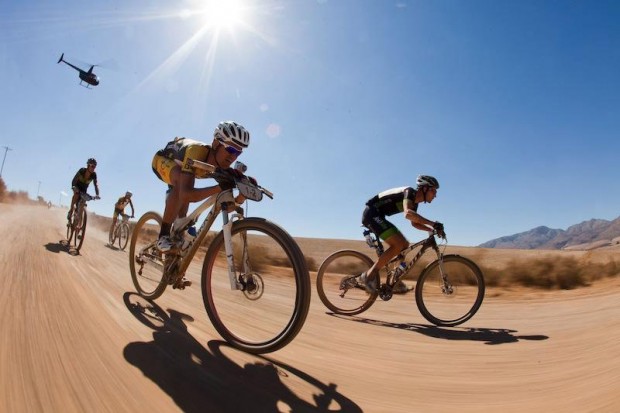
What size mountain bike frame do I need? That’s one of the most commonly asked questions by our readers.
Ordering bikes online is becoming more and more popular. Bikes are typically more affordable online than in local bike shops because overhead costs are lower, allowing online stores to sell their bikes at cheaper prices.
But what about the good old rule that says you need to try a bike before buying it? While this can be beneficial, it’s often an overrated method and not necessary for everyone.
If you go to a local bike shop and sit on a bike, you’re more likely to buy it, which is why shopkeepers would like you to do it. But the reality is that most novice riders don’t know how a bike should feel during their first test ride, so this sizing method is not valuable for inexperienced riders.
You should try your bike first! Not completely true!
Even though everyone is built differently, most people’s bodies fall into certain categories in terms of height, inseam length, and arm length. Therefore, unless you’re have an unusual ratio of upper and lower body length, you can trust mountain bike size charts to recommend you the right frame size.
Related : Best Mountain Bikes You Can Get
With that in mind, there are several reliable methods to choose the right mountain bike frame size.
In this article, I’m going to show you how to use mountain bike size charts and online calculators to get the right size and fit in seconds!
Method #1: Mountain Bike Size Chart
Method #2: online bike size calculator, method #3: mountain bike sizing formula, bonus tip: finding the right saddle height, mtb geometry guide, how to choose when in-between two sizes, what if i still got the wrong bike size.
The easiest way to find the correct bike size is by using a mountain bike frame size chart. This is a simple method that lets you compare your height and/or inseam length against a chart that recommends the correct frame size.
Mountain bike frame sizes are measured based on seat tube length , expressed in inches, which typically ranges from 13″ to 24″. Effective top tube length (the horizontal distance between the head tube and the seat tube) plays a role as well, but seat tube length is a more common measurement.
Some manufacturers also use size classes, such as XS, S, M, L, and XL, but these are not as reliable as using inches because the measurements can differ from one brand to another.
What mountain bike frame size do I need? Find the answer in the chart below:
Bonus tip: If you’re buying a bike on Amazon, you can also check out their Amazon Fit Guide which includes sizing recommendations for adult road bikes, adult mountain bikes, and kids’ bikes.
Related: Best Gravel Bikes You Can Buy
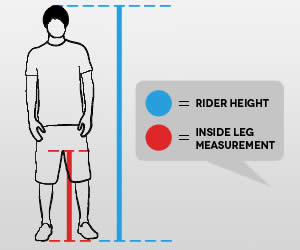
These are interactive tools that let you enter your height and inseam length and then recommend you the correct size or range of sizes to consider.
Before you can use one, you need to learn how to correctly measure your inseam. Here’s a quick step-by-step guide:
- Take off your shoes and stand with your legs 6″ to 8″ (15-20 cm) apart.
- Place a book between your legs, as far up as you can.
- Measure the length from the ground up to the top of the book.
- Voila! This is your inseam length that you can now enter into an online bike size calculator.
When using a bike size calculator, make sure to choose the right type of bike—mountain bike, city bike, or road bike—as the measurements will differ based on that.
If you’re not sure about it, you can read more about the different bike types here .
Here are the top online bike frame size calculators we recommend:
1. Ebicycles.com Online Calculator : An easy way to find the right MTB frame size by using your height and inseam length. 2. Competitive Cyclist Fit Calculator : A more detailed bike fit calculator that lets you know the correct standover height range, top tube length, saddle height, and more. 3. Jenson USA Bike Fit Calculator : Another in-depth bike fit calculator that suggests the right bike size and helps you nail the fit afterward.
One of the easiest but also the least reliable methods of finding the right mountain bike size is using a simple mathematical formula that uses your inseam length.
It goes like this:
Leg inseam (cm) x 0.66 = Your frame size
For example, if your leg inseam is 76cm , multiplied by 0.66 then your correct mountain bike size is 20″ (50cm) .
This method is only good for approximating the correct size, but we don’t recommend relying on it exclusively. It’s best to combine it with the results you get from the mountain bike size chart and online calculator that we’ve shown you above.
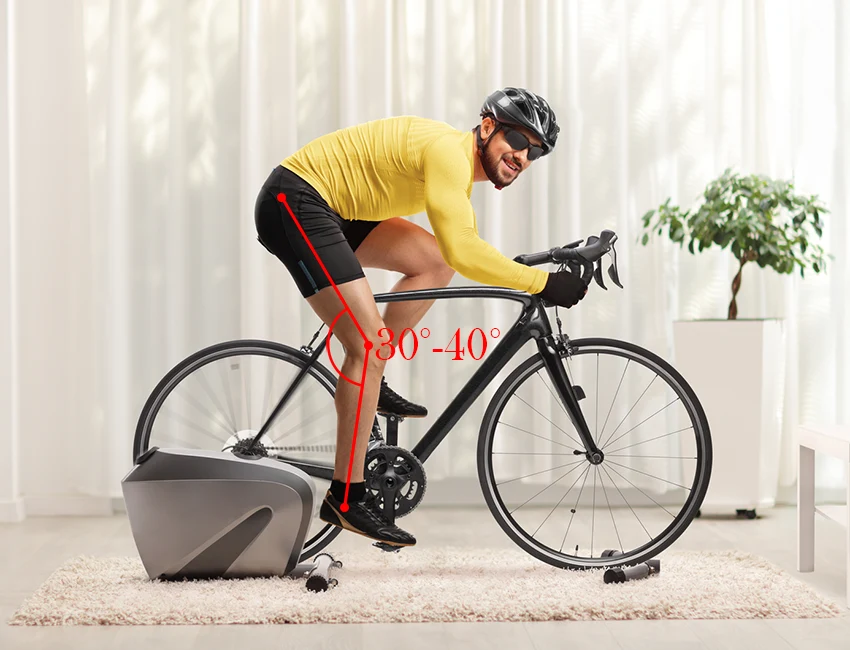
Setting the saddle height correctly has a very important impact on the overall bike fit.
If the saddle height is too low, you won’t be able to transfer power to the pedals effectively and your legs may fatigue more quickly. I have experienced that firsthand in mountain bike racing—when the saddle falls down by one inch from its ideal position, I lose about 25-50% of my power .
Now that we know how important finding the perfect saddle height is, how should we do it?
The easiest way is to:
- Hop on your bike wearing the shoes that you typically use for cycling (flat or clipless).
- Lean against the wall for support or have someone help you stay in an upright position. You can also use a bike trainer for this purpose.
- Push the pedal down to its lowest point (6 o’clock) while keeping the foot parallel to the ground.
- At this point, you should have a slight bend in the knee, as shown in the image above. Adjust the saddle height accordingly until you achieve it.
The next step is to go outside and ride . Does it feel good? If not, then make further minimal adjustments (a few millimeters at a time) until the saddle height feels natural, your power transfer is optimal, and you’re not feeling any pains or aches.
Related: Check Out The Best Fat Tire Bikes

Once you’ve determined your ideal saddle height, it’s a good idea to mark that position with a marker, as saddles can lower with time. Some bikes come with height indicators on the seat post, so make sure to remember the correct marking for future reference.
Mountain bike geometry refers to the actual shape of the bicycle, the measurements of different tubes and angles, and their relations to each other.
Here’s a brief guide on the most important measurements you need to be aware of to get the right fit:
- Reach: This measurement refers to the horizontal distance between the center of the bottom bracket to the top center of the head tube. It affects the length of the bike and the overall stability and ride feel.
- Stack: Refers to the vertical distance between the center of the bottom bracket to the top center of the head tube. It affects how upright your position will be and how tall the handlebar will be.
- Standover height: This is the height from the ground to the top of the top tube. Make sure that this measurement is at least an inch shorter than your inseam length to be able to stand over the bike with both feet flat on the ground.
- Wheelbase: This is the distance between the centers of both wheels. A shorter wheelbase provides more agility, while a longer wheelbase improves stability.
- Head tube angle: This is the angle between the ground and the bike’s fork. A slacker angle (lower number) means the bike is more stable on rough terrain, while a steeper angle allows more responsive steering.
- Seat tube angle: This measurement refers to the angle between the ground and the seat tube. A steeper angle improves climbing ability, whereas a slacker angle is better for descending.
So you’ve consulted a mountain bike size chart or an online calculator and the results put you right in the middle of two sizes. What do you do? Should you size up or size down?
Each option has some pros and cons and the final decision depends on your:
- Flexibility
- Leg-to-torso length ratio
- Riding style
Here are some of the most important factors to consider when deciding whether to get a one size bigger or smaller mountain bike.
When to Size Up?
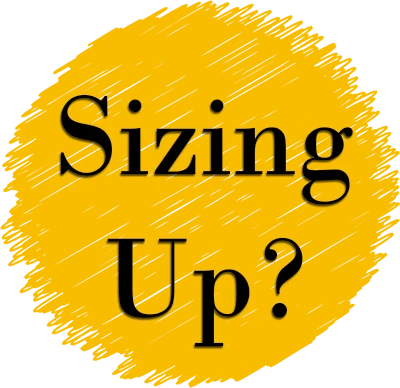
Mountain bikes grow in length (reach) and in height (stack) with each frame size. But modern mountain bikes grow more in length (reach), which is why this is a more important measurement to consider.
Assume you are in between two sizes and you decide to size up. You’ll get a bike with a longer top tube and a longer wheelbase, which means your handlebar will be further away from the saddle.
How does this affect the factors we’ve mentioned above?
Flexibility: This is a good option for riders who are flexible and can easily reach their toes when bent over. A longer top tube means you will need to hinge more at the hips, which can be painful and uncomfortable if you’re stiff and have a short range of motion.
Leg-to-torso length ratio: If you have short legs and a long torso, you should size up when buying a mountain bike as this will give you a more neutral fit. But make sure that the standover height is not too high so that you can’t stand over the bike comfortably.
Riding style: Finally, a larger frame size translates to a longer wheelbase, which means the bike will be more stable on rough terrain and go over obstacles with more ease, but it will feel less playful and more difficult to maneuver.
When to Size Down?
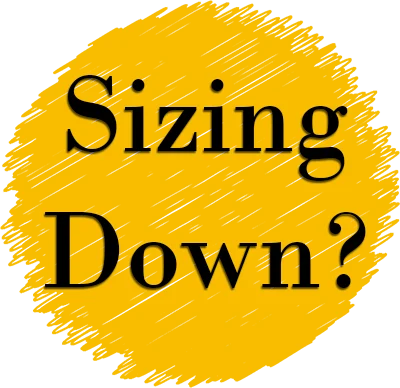
Similarly, a smaller mountain bike will have a significantly shorter reach and a slightly shorter stack and wheelbase. A smaller bike will also have a shorter maximum seat post height, so you may need to extend it depending on how long your legs are.
So how does this relate to the three most important factors mentioned above?
Flexibility: If you are not a flexible person and you struggle to reach your toes with your fingers, then you’ll benefit from a shorter reach a smaller mountain bike frame size offers. It will put you in a more upright riding position, with handlebars closer to your body, which means you can ride for longer without experiencing discomfort.
Leg-to-torso length ratio: Sizing down is a logical choice for riders who have longer legs and shorter torsos. This way, the bike will feel more comfortable, but you may need to use a longer seat post to get the proper leg extension.
Riding style: A smaller mountain bike with a shorter wheelbase will feel more nimble, playful, and easier to handle over rough terrain. If you like flicking your rear wheel and going around obstacles instead of plowing through them, a smaller bike is the right choice.
Sometimes, even after going through all the methods and consulting several mountain bike size charts, you may find that the bike doesn’t feel right and that you’ve probably chosen the wrong bike size.
Don’t worry, if you’re off by one size or even half a size, there are easy fixes you can try to improve the comfort and fit!
The first thing to do is to contact the retailer/manufacturer and try to get a replacement. Under the right conditions, you’ll be able to get a different frame size bike without significant additional costs.
If you don’t want to go through the hassle of shipping the bike or this option is not available, you can try the following things:
- Adjust the fore-aft position of the saddle: The fore-aft position of the saddle can be adjusted slightly to lengthen or shorten the reach. Make sure not to overdo it so your knee doesn’t end up too far in front or behind the middle of your foot when in the 3 o’clock position.
- Replace the stem: By using a longer or a shorter stem, you’ll be able to increase or shorten the reach by a few centimeters. In most cases, this will be enough to significantly improve the feel and ride quality.
- Replace the seat post: If you bought a bike that is too small and you can’t extend the leg fully when pedaling, consider using a longer seat post.
- Replace the handlebar: A shorter handlebar will be easier to reach and will put you in a less stretched-out position and vice-versa. If you’re using drop bars, consider getting a model with a shorter or longer reach to fine-tune your fitment.
- Raise the handlebar: You can easily achieve a more upright riding position and increase the stack measurement by raising the handlebar with headset spacers. If there are headset spacers above your stem, simply move them underneath to move the stem and handlebar higher up.
- Get a professional bike fitting: A professional bike fitter can do all of these steps for you, which is the best option you have, but also the costliest.
Most importantly, give yourself time to get accustomed to your new bike. Sometimes, your body needs a few days or weeks to adjust to the new riding position.
I remember when I got my first 29er mountain bike. It felt huge and I found it difficult to ride it on narrow winding trails and on technical terrain. However, now that I’m used to the 29er, the 26″ mountain bike seems almost comically small.
Mountain Bike Reviews
Are you in the market for a new mountain bike? Start with one of our mountain bike buying guides below:
- NEW! Best Electric Mountain Bikes
- Best Cheap Mountain Bikes
- Top 11 Best Full Suspension Mountain Bikes
- Best Mountain Bikes Under $500
- Best Mountain Bikes Under $1,000
- Best Mountain Bikes Under $2,000
- Best Mountain Bikes You Can Buy on the Market
Related Topics:
299 thoughts on “ mountain bike frame size chart: 3 easy ways to get the perfect fit ”.
Hi I’m 5’11 with 32″ legs and slighter shorter wing span to height. Am looking at getting the giant xtc slr 29. Do you recommend M or L? Thanks.
Hi Ian, considering all your measurements, I think you won’t go wrong if you choose the smaller M frame size.
You should also consider your riding style, as the size of the frame will affect how the bike feels. For example, if you prefer a more nimble, responsive ride and you value quick handling for tight trails, go with Medium. However, if you want a more comfortable, stretched-out position and you prioritize stability at higher speeds, you should go with Large.
But if you’re simply worried about getting a comfortable fit, I say you should choose Medium.
Hi. I am 6ft 1 90kg. Should I go for XL or L?
Hey TJ, I think a 19″-20″ (L) mountain bike would be the right choice for you.
I am wanting a bike with the 29” wheel. I am that 5’11 to 6’1 I want to spend 1000 for a hard tail. My inseam is short like 31” I do like the Cannandal the black one. I just want a good rider. Do I want the 27” wheel? I think the large frame not sure at all
Hey Richard, at that height, both a 29er and a 27.5er will fit you fine. Size Large Cannondale should be the right choice for you considering your 5’11” to 6’1″ height.
Hello, I am 165cm in height.. so can i ride on a 17-inch frame bike? Is it suitable for my height?
Hey Am, you should be better off with a 15″-16″ bike, but depending on the model, a 17″ bike could fit you as well. It’s best to give it a try if you can.
I’m 5.7 – right in the middle of a MED and a SM… so hard to decide what size I should go with.. is it really much of a difference? I’m looking into a Fusion 30 2022… I ride both pathways/roads to basic mountain trails… Is the only difference the more responsiveness in a small rather a med?
Hey Christa, it’s usually better to go for the smaller size when you’re right in the middle. It’s a lot easier to lengthen a smaller size bike than shorten a larger size. So I would say go for a SM and enjoy it.
Great article!! It definitely clears out some of my struggle. But still, I have this main concern that is the right range of reach and stack for my height. I am 5″11, 180 cm. I have longer limbs than most people, but super lean, about 68 kg 150 lbs. I am currently riding a L hardtail with 470 reach and 620 stack, I always feel it is too big for me, but every single size chart suggest that the L is perfect size for me. I ended up used mullet wheelset and use the shortest stem that fit- 32mm. Now it feels about right. I am going to purchase my first full sus bike next year, and the 29er enduro bike I am looking at has M(450 reach and 442 chainstay and 630 stack) while L(475 reach, 435 chainstay and 640 stack). I know that the 475 is definately too big for me, but the 450 seem too short too. My most riding condition is XC trails 50%(lot of climb but not too techy), dirt jump park15%, urban freeride 15%(mainly just up and down stairs and bunny hop some curbs) and downhill park 20%. I like doing bunny hops, manual and wheelie, pop some small bump here and there, not a speed seeker but I will use this bike on Whistler bike park so it can’t just be a big full-sus BMX. Since neither size is spot on, and based on my goal, do you think I should go M with a longer stem 50mm+, or gain 15 lbs muscle and get the Large. Looking forward to hearing your thoughts, Thanks
Sorry, Correction :Chainstay length is M 435mm, L 442mm. The specific bike I am looking at is the Cannodale jekyll. It is an DH oriented enduro, but I am not going to use it for dh only, so this is another reason why it is tempting to size down.
Hi Karl, That is why we always emphasize here the need for a proper bike fit. Sure, the standard size should fit people under that category, but making adjustments with the length of the stem, saddle fore and aft, and sometimes crank length is crucial for general comfort during long rides. And talking about sizing down, the smaller the frame, the more responsive the bike is, but here we still rely on what’s conventional, especially since we cater to the general cycling public and not pro racers. So, in conclusion, you need to follow what you feel is comfortable to you.
I am 6’3 (75 in), inseam is 93 cm. What size mountain bike would you recommend? I’ve been told that my inseam is longer than average person of my height.
Hi Craig, I suggest you get the XL just to be on the safe side and do minor tweaks after, for your comfort. Getting a proper bike fit is the safest bet especially when you suspect that your body geometry is unique.
My mistake, my inside leg to floor measurement is 34in
Leave a Reply Cancel reply
Your email address will not be published. Required fields are marked *
Trek Bikes Size Guide
Need to know what frame size you need for your next Trek bike? Checkout the sizing chart below:
To view the latest Trek Bikes: click here.
This chart use measurements suggested by Trek Bikes:
- Trek Remedy Size Guide Chart
- Trek Slash Size Guide Chart
- Trek Fuel EX Size Guide Chart
- Trek Rail Size Guide Chart
- Trek Fuel EXE Size Guide Chart
- Trek Powerfly Size Guide Chart
- Trek Top Fuel Size Guide Chart
- Trek Proclaimer Size Guide Chart
- Trek Supercaliber Size Guide Chart
- Trek X-Caliber Size Guide Chart
- Trek Allant+ Size Guide Chart
For further advice about sizing please contact us using the form below
- "I purchased my first EMTB from MTB Monster in December, having taken advice from people I found the Cube bike I was looking for in their store. From the first phone call through to collection the staff who ever answered the phone were polite, professional, knowledgeable…." Nigel January 2024 (Google Review)
- "Bought my new Trek from MTB Monster online. Went into the showroom previous to this and the staff were friendly and helpful. Real good quality service from point of order to picking my bike up… On collection the bike was ready and looking good and the guy ran me through all I needed to know and answered my questions." Daniel May 2023 (Google Review)
- "Ordered a Cube reaction electric mountain bike from MTB Monster, Excellent service from them. Great price for the bike, communication was brilliant and it came quickly and very well packaged. Would recommend to anyone. Thanks." Arty October 2023 (Trust Pilot)
- "Couldn't be happier with the sales service from MTB Monster when buying a new bike online recently. They were quick and helpful to in answering questions about the bike, and the sales, comms and shipping process were super smooth and reassuring. Would definitely buy again and recommend to others." Russ January 2024 (Google Review)

Connect with us on social media
- Help Center
- Chat with a Ride Guide
- 1-866-401-9636
- Retail Store
- Bike Services
Reset Password
We will send you an email to reset your password.
Don't have an account? Create an account
Create Account
Already have an account? Sign In
- Favorite your products & save them to your account
- Save a search & get notified when new products drop
- Be first to know about the latest events & promotions
Bike Finder
Results have arrived, trek mountain bike buyer’s guide - best trek mountain bikes (supercaliber, procaliber & more).
Whether you have World Cup XC aspirations or dream of epic downhills, Trek has a mountain bike for you. Here's the skinny on Supercaliber, Fuel, Fuel EX, Slash, and many other models.
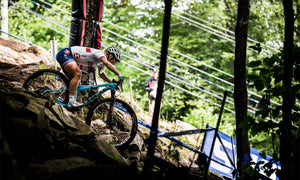
Written by: Bruce Lin
Published on: Feb 25, 2022
Posted in: Guides
Trek’s wide range of mountain bikes covers everything from ultra-lightweight XC hardtails to downhill and enduro trail slashers. But how do you know which Trek mountain bike is right for you?
This overview is your guide to all things Trek MTB. In addition to covering every model in the current Trek mountain bike catalog, we’ll decode Trek naming conventions and delve into Trek’s innovations in rear-shock technology.
[button] Shop Trek MTB [/button]
Trek XC bikes
Trek procaliber.

Wheel Size: 29” Suspension travel: 100mm front
The Procaliber is Trek’s carbon XC hardtail and its lightest mountain bike. It’s a pure cross-country race bike optimized for fast courses where maximum pedaling efficiency is essential for climbing and acceleration. It features a rear IsoSpeed decoupler that provides extra compliance over rough roots and rocks.
Who it’s for: XC riders who want the lightest, most efficient bike, or who ride less-technical terrain.
Trek X-Caliber

Wheel Size: 29” (27.5” for S) Suspension travel: 100mm front
The X-Caliber is Trek’s entry-level, aluminum XC hardtail. The lightweight aluminum frame provides lots of performance on fast courses without breaking the bank. It’s a great option for newer riders looking to get into XC racing.
Who it’s for: XC riders and racers looking for a budget hardtail.
[button] Shop Trek XC bikes [/button]
Trek Supercaliber

Wheel Size: 29” Suspension travel: 100mm front / 60mm rear
The Supercaliber is Trek’s lightest, most efficient, full-suspension XC bike. During development, Trek kept the Supercaliber under wraps (they literally hid the rear suspension during races) while Trek’s factory race team tested it at World Cups. The Supercaliber uses a unique IsoStrut suspension system with a frame-integrated shock. This provides 60mm of suspension travel, just enough to take the edge off bumps and harsh impacts while keeping the weight, stiffness, and efficiency close to the Procaliber hardtail. The Supercaliber is designed to be the perfect compromise between a hardtail and a 100mm full-suspension bike.
Who it’s for: XC riders looking for the lightest, most efficient full-suspension race bike available.
Trek Top Fuel

Wheel Size: 29” Suspension travel: 120mm front / 115mm rear
The Top Fuel is Trek’s full-suspension marathon XC bike. The previous generation Top Fuel was a pure XC race bike with 100mm of travel front and rear. In 2020, the travel was been increased to make it more capable on descents. The Top Fuel could be considered Trek’s “downcountry” bike, a cross-country bike that balances downhill performance and pedaling efficiency. It will hold its own in fast XC races, but it’s versatile enough for trail riders who enjoy big rides on technical terrain.
Who it’s for: Marathon XC racers and riders looking for a “downcountry” bike.
Trek trail bikes

Trek Fuel EX

Wheel Size: 29” (27.5” available for XS and S) Suspension travel: 140mm front / 130mm rear
The Fuel EX is Trek’s most popular mountain bike model, and for good reason. The latest generation of this all-rounder has been refined with more suspension travel and modern geometry to make it equally capable uphill and downhill. It’s designed to suit the majority of riders and the widest range of terrain. If you’re looking for a quiver killer bike that will feel comfortable, capable, and efficient enough for all types of riding, the Fuel EX is a top choice.
Who it’s for: Trail riders looking for one bike to handle everything from XC to technical downhill trails.
Trek Roscoe

Wheel Size: 27.5” plus Suspension travel: 120mm front (100mm on XS)
The Roscoe is Trek’s basic aluminum trail hardtail with 27.5” plus tires for traction and comfort. The robust aluminum frame and affordable component builds make it a great choice for newer riders building their confidence and skills on the trail.
Who it’s for: Trail riders looking for a fun, inexpensive, easy to maintain hardtail trail bike.
Trek Stache and Full Stache

Wheel Size: 29” plus Suspension travel: 120mm front / 130mm front and rear
Discontinued in 2021, the Stache and Full Stache were Trek’s 29-plus hardtail and full-suspension models, respectively. These extra-large wheels and tires enhance rollover, traction, and comfort. These models are loved by bikepackers who need to carry large amounts of gear and desire extra comfort for backcountry riding and multi-day journeys.
Who it’s for: Trail riders and bikepackers looking for a mountain bike that maximizes traction and comfort.
Trek Farley

Wheel Size: 27.5” Fat Suspension travel: 100mm front or Rigid
The Farley is Trek’s fat bike specializing in terrain like snow and sand which require the additional “float” and traction of 4-5” wide fat tires. The newest generation of Farley uses 27.5” diameter fat tires instead of traditional 26” fat tires. Trek is a believer that using a larger diameter tire offers better performance in all conditions.
Who it’s for: Riders riding snow and sand.
Trek enduro bikes

Trek Remedy

Wheel Size: 27.5” Suspension travel: 160mm front / 150mm rear
The Remedy is Trek’s playful 27.5” trail bike. Older Remedy models were available with 29” wheels, but with the latest generation, Trek has committed to making the Remedy its sole 27.5” full-suspension bike. An ample amount of suspension travel allows the Remedy to tackle tough and steep downhill terrain while smaller 27.5” wheels make it feel easier to maneuver and throw around. It will suit riders who jump and jib their way down trails and who prioritize style and fun over all-out speed.
Who it’s for: Trail riders looking for a capable and playful bike.

Wheel Size: 29” Suspension travel: 170mm front / 160mm rear
The Slash is Trek’s 29er enduro race bike. It provides the most suspension travel and slackest geometry short of Trek’s Session downhill bike. Available only with 29” wheels, it smooths out the gnarliest terrain and maximizes downhill speed. The Slash is used by Trek’s factory Enduro World Series race team and will suit riders looking for a competitive enduro race bike, or a bike that will enhance their confidence on steep and technical downhill trails.
Who it’s for: Enduro racers and riders looking for the most downhill capable bike that can still be pedaled uphill.
Trek MTB range
Trek has a huge selection of mountain bike models, and within every model, there is a wide range of builds to choose from. The hierarchy within models is described using letters and numbers that can be confusing to uninitiated buyers. Below is a guide to decoding Trek’s naming and numbering system.
[newsletter]
Trek mountain bike range
Trek mountain bike models use a number (e.g. Trek Fuel EX 9.9) to indicate the frame material and component build. Models with a 5 through 8 use aluminum frames, with 5 indicating entry-level builds and 8 indicating top-of-the-line aluminum builds.
Models with a 9 use carbon frames. To differentiate build levels within carbon models, Trek uses a decimal system that ranges from 9.5 to 9.9, with 9.5 indicating entry-level builds and 9.9 indicating top-of-the-line builds.
Higher numbered bikes cost more but are equipped with better components.
For example, a Fuel EX 9.9 ($9,499) has a top-of-the-line OCLV carbon frame, SRAM XX1 Eagle AXS drivetrain, Fox Factory suspension, and carbon wheels, stem, and handlebars. A Fuel EX 5 ($2,399) has a more budget-friendly aluminum frame, Shimano Deore drivetrain, entry-level RockShox and X-Fusion suspension, and alloy wheels, stem, and handlebars. In between are several Fuel EX models that offer different frame materials and component builds so riders can pick the bike that fits their needs and budget.
Trek suspension technology
Trek has a long history of innovation, and it has introduced several ground-breaking technologies to the sport. Here is a list of technology and features that are only found on Trek mountain bikes.
Trek RE:aktiv and Thru Shaft shocks

In 2014, Trek worked with Penske Racing to develop RE:aktiv valve technology for its rear shocks. In RE:aktiv shocks, a spring-loaded valve inside the shock body provides increased low-speed compression for more pedaling support. When the shock's shaft speed increases on rough terrain, the valve opens up to quickly absorb impacts before closing again. RE:aktiv shocks are designed to reduce the need for lockouts and compression adjustment on full-suspension mountain bikes when pedaling on smooth terrain or climbing.
In 2018, Trek added Thru Shaft to its RE:aktiv shocks. Most mountain bike shocks are designed around an internal floating piston, or IFP. When a shock absorbs a bump, a damper shaft moves through the shock and displaces oil. This displaced oil needs to go somewhere, so it pushes against the IFP, compressing a gas charge behind the IFP.
The Thru Shaft design eliminates the need for an IFP by allowing the damper shaft to exit out the bottom of the shock. The damper no longer needs to compress an IFP to create space for displaced oil. This makes the shock more responsive and reduces friction. RE:aktiv Thru Shaft shocks are currently found on the Fuel EX, Remedy, and Slash.
Trek IsoStrut

IsoStrut is a minimal, frame-integrated shock designed to provide the comfort and control of rear suspension while maintaining weight, stiffness, and efficiency that rivals a hardtail. To save weight, instead of an ABP suspension pivot, there is flex built into the seat stays to provide a virtual pivot. In its current form, it is only found on the Supercaliber cross-country bike where it provides 60mm of suspension travel.
Trek Knock Block and Straight Shot down tubes

Most mountain bike frames have a curve in the down tube where it joins the head tube to prevent interference with the fork crown. Trek’s Straight Shot down tubes, however, are straight from the head tube to the bottom bracket to increase frame stiffness and strength. This means the fork crown might hit the down tube if it spins around during a crash.
The Knock Block system prevents this with a chip in the top tube that interacts with a keyed stem, spacers, and headset top cover. The Knock Block stops the handlebars and fork from spinning, preventing the fork crown from striking the down tube. There's also a molded guard on the down tube as a redundant measure. As an added bonus, Knock Block also prevents brake and shift levers from scratching or damaging the top tube.
Knock Block can be found on all of Trek’s carbon mountain bike models and the aluminum versions of the Fuel EX, Remedy, and Slash.
Hopefully this guide to Trek mountain bikes puts you in a better place to select the best Trek MTB to suit you riding needs (and also the best build for your price range). If you’re still having trouble deciding, reach out to a TPC Ride Guide at (866) 401-9636 who can better help you understand the pros and cons, and ultimately find the right bike for you. Do you already have one of these Treks? Let us (and other cyclists) know in the comments what you love about your Trek MTB.
What do you ride? Which Trek bike is your favorite? What questions do you have? Let us know in the comments!
More Guides

Features, Gravel, Guides, Latest May 15, 2024
6 Tips to Improve Cornering and Descending on Your Gravel Bike
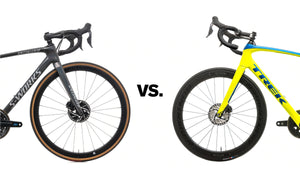
Guides, Road May 10, 2024
Specialized Roubaix vs. Trek Domane - Tire Clearance, Tech, & Options
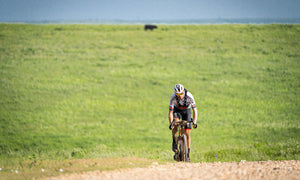
Features, Gravel, Guides, Latest May 8, 2024
How Much Training Do You Need to Finish Unbound Gravel?
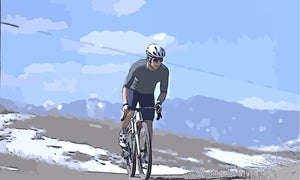
Features, Gravel, Guides, Latest Apr 24, 2024
My 2024 Unbound Gravel Kit: Can Clothes Help You Ride Faster?
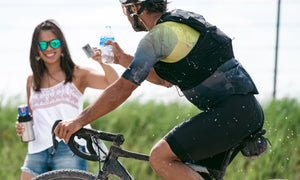
Features, Guides, Latest Apr 16, 2024
How I Fuel for Performance in LONG Bike Races
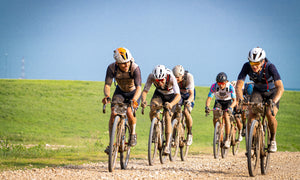
Features, Gravel, Guides, Latest Apr 10, 2024
The Best Gravel Bike Comfort Upgrades for Unbound (and Beyond)
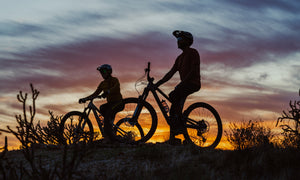
FAQs, Guides, Latest, MTB Apr 3, 2024
FAQ: Top 5 Mountain Bikes That Hold Their Value
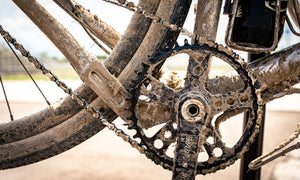
Features, Gravel, Guides, Latest Apr 1, 2024
Waxing Your Chain vs. Using Wet Lube for Dust, Mud, & Unbound Gravel

Guides Mar 26, 2024
Shimano vs. SRAM: Guide to Groupsets, Drivetrains, Brakes, and More
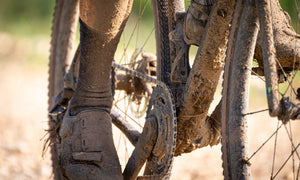
Features, Gravel, Guides, Latest Mar 25, 2024
1x vs. 2x: What Drivetrain Should You Race at Unbound Gravel?
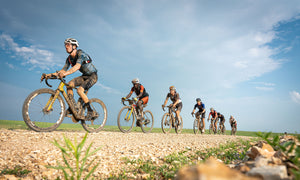
Features, Gravel, Guides, Latest Mar 21, 2024
Choosing The Best Tire Setup for Racing Unbound Gravel
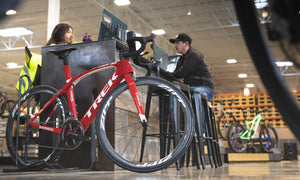
FAQs, Guides Mar 18, 2024
The Best Used Bike Marketplaces Online (& Offline Too) in 2024
New arrivals.

Certified Pre-Owned
BMC Roadmachine 01 FOUR Road Bike - 2023, 58cm

Specialized S-Works Aethos Road Bike - 2022, 49cm

Ibis Ripley AF Mountain Bike - 2022, Medium

Factor Ostro VAM Road Bike - 2022, 56cm

Specialized Turbo Creo SL Expert Road E-Bike - 2021, Small

Giant TCR Advanced Pro Road Bike - 2020, Medium

Cervélo Caledonia-5 Road Bike - 2021, 51cm

BMC URS THREE Gravel Bike - 2020, Small

Marin El Roy Mountain Bike - 2021, Grande

Cannondale SuperSix EVO Carbon Disc 105 Road Bike - 2020, 56cm

Trek Domane SLR 9 Project One Road Bike - 2022, 58cm

Specialized Turbo Creo SL Evo Gravel E-Bike - 2020, XX-Large
- off.road.cc
- Dealclincher
- Fantasy Cycling
off-road.cc
Your complete guide to the 2021 trek mountain bike range.
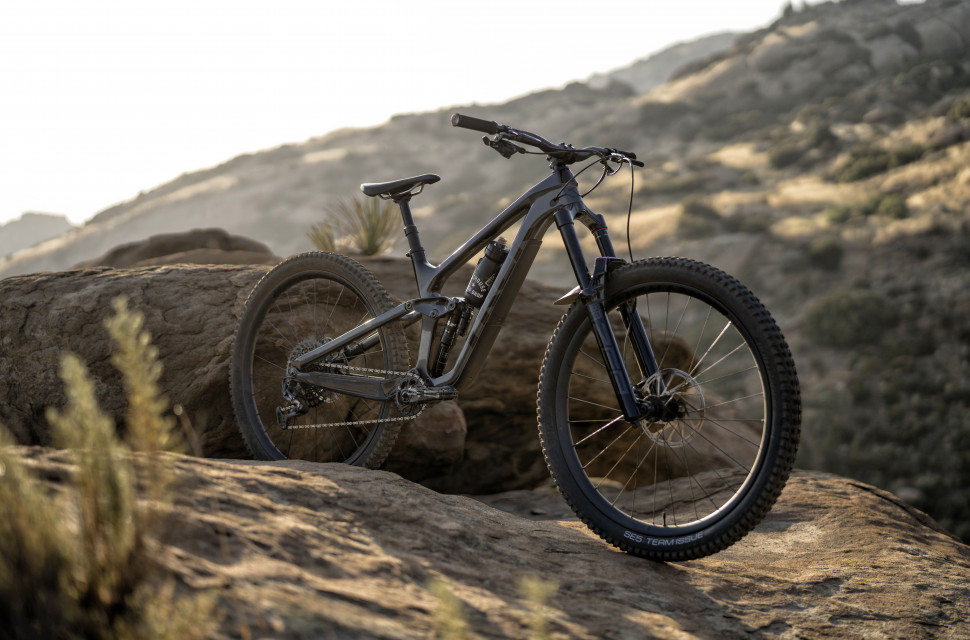
Trek has had a long-standing presence in the mountain bike world with a vast range of bikes to back it up. The brands offering ranges from featherweight cross country bikes right through to downhill thoroughbreds. If you're in the market for a Trek bike and wondering which will suit you best, read on for our complete guide to their 2021 range.
- Your complete guide to the 2021 Canyon mountain bike range
- Your complete guide to the RockShox rear shock range - Deluxe, Super Deluxe, SID, Monarch and Vivid air and coil
- Buyer's guide to mountain bikes - get the best MTB for you
2021 Trek mountain bikes
- Full Stache
- Supercaliber
Understanding Trek's naming system
Trek's naming system follows a similar style to how Canyon names its bikes. Each bike's name is suffixed with a number, with higher value numbers corresponding to pricier and better-kitted bikes. Once we get to 9, Trek adds decimals to the suffix to denote changes in the bike's suspension package. All bikes with a 9 in the name get carbon frames but a 9.7 might get its suspension from Fox's Rhythm range for example, while a 9.8 will get better something from higher in the range. Also, you'll see that a lot of kit on the bikes come from Bontrager, for the uninitiated that's Trek's in-house component brand.
At the '9' level, we also see XT, XO1, and GX finding their way into the names. Yep, you've guessed it, that's the drivetrain the bike comes kitted with.
Another thing that's definitely worth mentioning is that a small selection of Trek's bike range is available through what the brand calls Project One. Project One offers the opportunity to have your bike personalised and custom painted with special, exclusive colours. This will mean you have to part ways with a heap of cash but in return, you'll get a bike that's unique to you.
As with the brand's range of bikes, the price range is vast with bikes starting from £440, right up to £9,200 and that's not even considering the Project One options. There's also a comprehensive range of gravel bikes and e-bikes.
Let's kick things off with the Slash. It's Trek's enduro bike which rolls on 29" wheels and gets 160mm of travel at the rear, paired with 170mm at the front. For 2021 it gets both an aluminium and carbon frame option all of which benefit from Trek's proprietary Knock Block system which saves your top and down tube if your front end spins during a crash. This bike also gets the Mino Link which is a geometry adjusting flip-chip, down tube guards threaded bottom brackets, an Active Braking Pivot, and storage in the downtube. As for the geometry, in the low setting, the Slash sees a 75.6° effective seat tube angle, a 64.1° head tube angle, and a 435mm chainstay. A large frame gets a 486mm reach. If you're after something a little more special, the Slash is available through Project One.
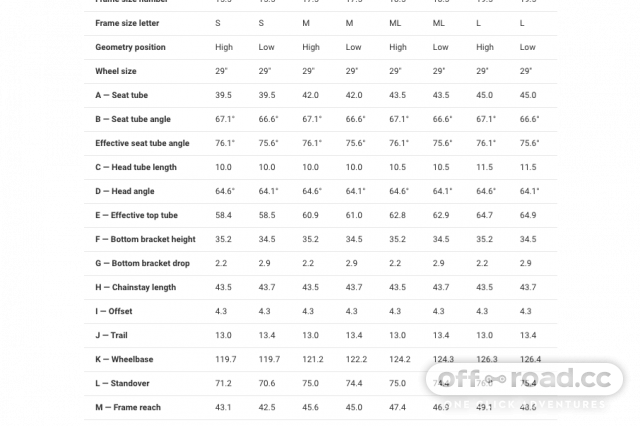

Slash 9.9 XTR
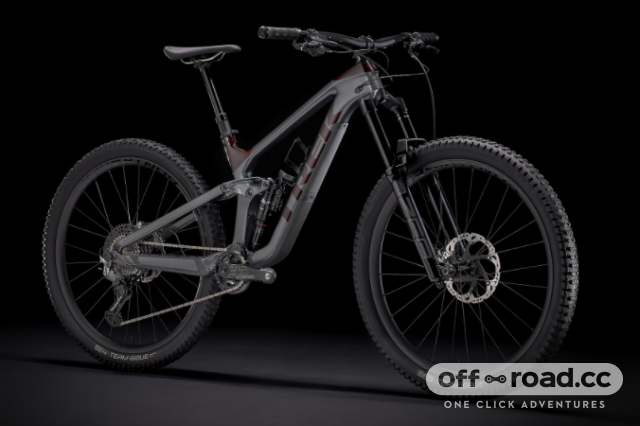
Topping the Slash range is the Slash 9.9 XTR. It gets Trek's OCLV carbon frame with the all-new RockShox Super Deluxe Ultimate shock with an updated ThruShaft damper. At the front, you'll find the RockShox ZEB Ultimate RC2 which features chunky 38mm stanchions. As its name suggests there's a full Shimano XTR 12-speed drivetrain with an e*thirteen LG1 Race Carbon crank. The brakes here also come from the XTR lineup and they come with 4-pot calipers for extra stopping power. This bike rolls on a pair of Bontrager Line Pro 30 which are wrapped with a Bontrager SE5 Team Issue 2.6" Tubeless Ready, Core Strength sidewall, aramid bead tyre at the front and an SE5 Team Issue with the same spec in 2.4" at the rear. It also gets a Bontrager Line Elite Dropper with Bontrager supplying the 820mm wide carbon bar, 35mm stem along with the rest of the build kit.
Slash 9.9 XO1
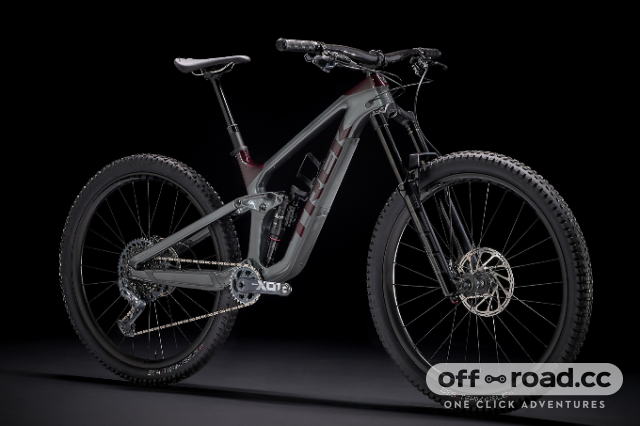
The Slash 9.9 XO1 gets all of the same trimmings as the 9.9 XTR but benefits from a SRAM XO1 Eagle drivetrain and SRAM Code RSC Brakes, along with a slightly friendlier price tag.
Slash 9.8 GX
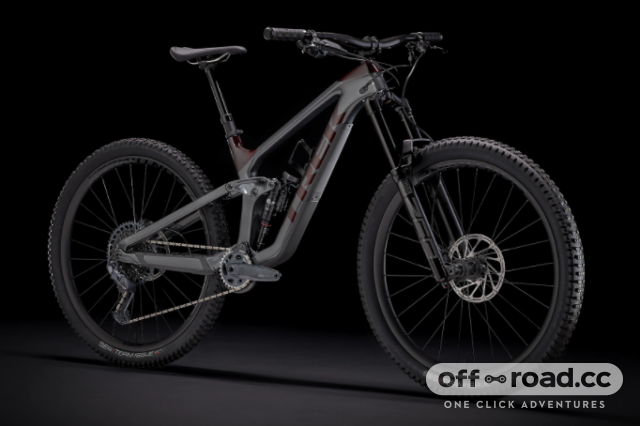
Shaving a few thousand pounds of the range-topper is the 9.8 GX. This one is still built around Trek's carbon frame but this one gets a slightly downgraded RockShox ZEB Select+ RC with a RockShox Super Deluxe Ultimate. Here we get a SRAM GX drivetrain with a matching crankset and SRAM Code R brakes. As for the rest of the bike, it's the same as the 9.9 XTR.
Slash 9.8 XT
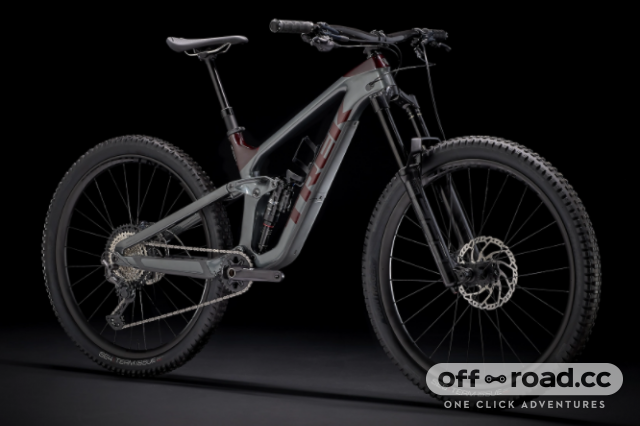
As its name suggests, the Slash 9.8 XT gets a very similar built kit to the 9.8 GX. However, this bike sees a Shimano XT drivetrain with SLX M7120 four-piston brakes.
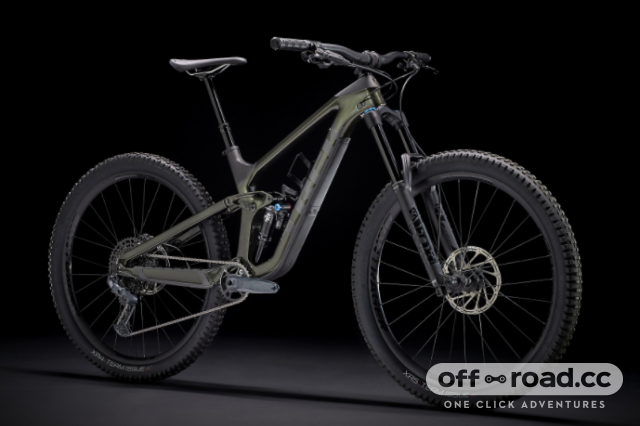
Dropping a full £1.8k off of the 9.8 models, the Slash 9.7 is still built around a carbon frame and it swaps the RockShox suspension with a Fox Rhythm 36 fork and a Fox Performance DPX2 EVOL shock. The drivetrain is a mix of SRAM GX and NX Eagle and the wheels here are the alloy Bontrager Line Comp 30's. Those come shod with a Bontrager XR5 Team Issue, Tubeless Ready, Inner Strength sidewall, aramid bead 2.6" tyre at the front with a Bontrager XR4 with the same spec and a 2.4" width at the rear. Trek has also swapped the dropper post for a TransX post and there's Bontrager's own alloy finishing kit.
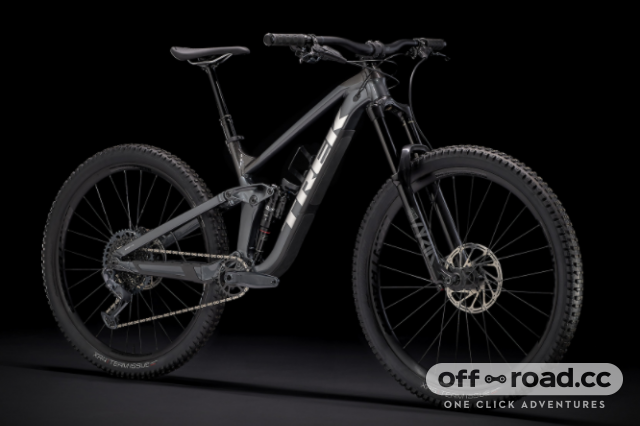
With the Slash 8, we no longer get a carbon frame but we do get a RockShox Lyric Select+ RC fork with a RockShox Super Deluxe Ultimate at the rear. This bike is driven by a SRAM GX Eagle drivetrain and there's a pair of SRAM Code R brakes. Everything else is the same as what you would get on the 9.7 model.
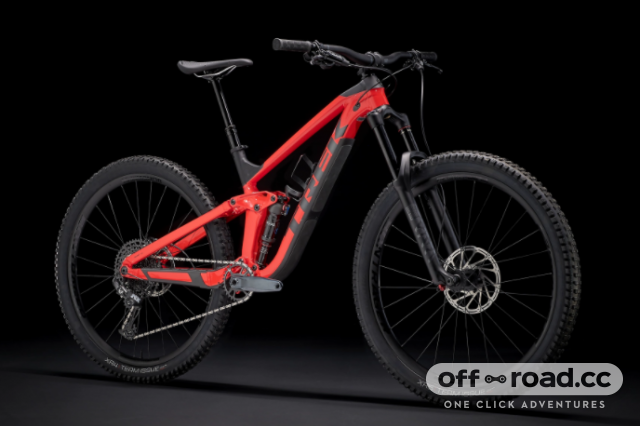
The Slash 7 rounds of the range with its alloy frame, RockShox Yari RC fork, RockShox Deluxe Select+ shock, and SRAM NX drivetrain. Here we get a pair of SRAM Guide T brakes and the rest of the bike follows suit with the 8.
Trek Remedy
The Remedy is Trek's long-legged trail bike which comes with four models for 2021. It rolls on 650b wheels and gets 160mm of travel at the front, with 150mm at the rear. Much like the Slash, the Remedy benefits from the Knock Block, the Active Braking Pivot, and the Mino Link. Geometry-wise, it gets a 65.6° head angle, a 74.2° effective seat tube angle, and 435mm chainstays in the low position. A large frame gets a 455mm reach, again in that low setting.
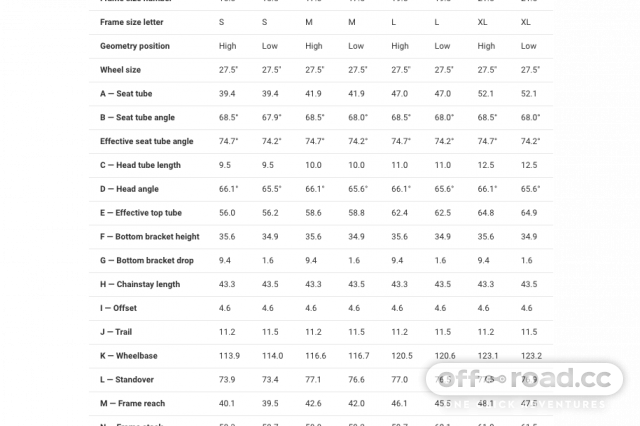
The Remedy 9.8 is the only bike in the 2021 line up that gets a carbon frame. It also gets a burly Fox Performance 38 paired with a Fox Performance Float DPX2 EVOL shock at the rear. This bike benefits from a SRAM GX Eagle drivetrain matched with SRAM Code R brakes. As for the wheels, they're a pair of carbon Bontrager Line Elite 30's and they're wrapped with a Bontrager SE5 Team Issue, Tubeless Ready, Core Strength sidewalls with an aramid bead in 2.6" with a Bontrager SE4 Team Issue with the same specs in the 2.4" width. Bontrager also supplies the dropper post with the Line Elite and the 820mm handlebar along with the 35mm stem.
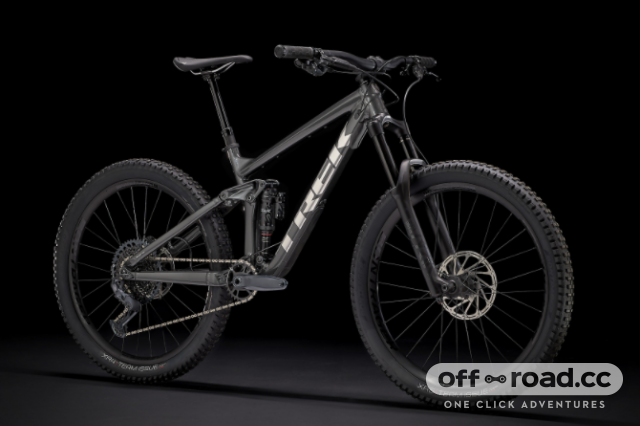
As suggested by the lack of a '9' in its name, the Slash 8 comes kitted with an alloy frame. As for the fork, it's a RockShox Lyrik Select+ RC and that's paired with a RockShox Super Deluxe Select+ shock. This bike is also driven by a SRAM GX Eagle drivetrain and it gets the same brakes as the 9.8 rig. Differing from the range-topper, this build sees in a pair of Bontrager Line Comp 30 alloy wheels which get an XR5 Team Issue tyre that's tubeless-ready with Inner Strength sidewalls and an aramid bead in 2.6", also from Bontrager. At the rear, there's an XR4 with the very same specification. The rest of the bike follows suit with the 9.8 model.
Remedy 8 XT
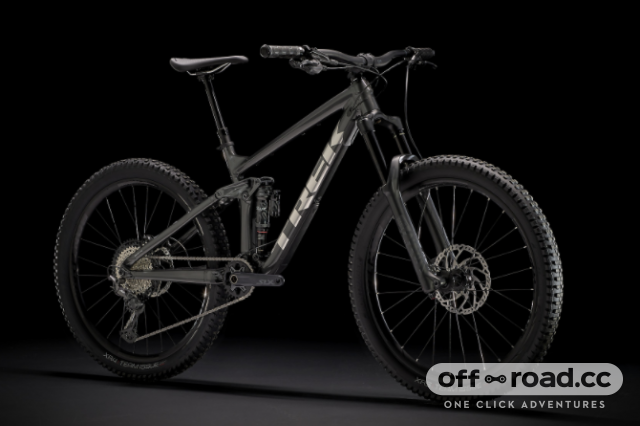
Rather unsurprisingly, the Remedy 8 XT comes with a very similar build to the 8 but gets an XT drivetrain and Deore M6120 four-pot brakes. Everything else on this build matches the Remedy 8.
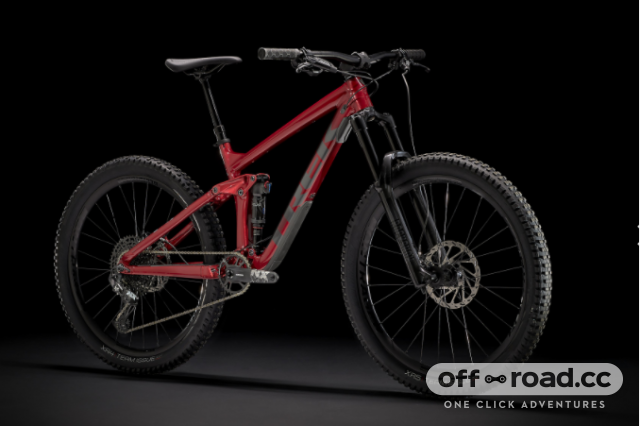
The Remedy 7 is the cheapest 2021 Remedy on offer. It gets a RockShox Gold RL fork and a RockShox Deluxe Select+ shock. There's a SRAM NX drivetrain with SRAM Guide T brakes. Apart from that, everything else is the same as what you'll get on the Remedy 8's.
Trek Fuel EX
The Fuel EX is Trek's do it all trail bike. It gets 130mm of rear travel and 140mm at the front. Just like the Slash, the Fuel EX gets built-in downtube storage and the Active Braking Pivot. It comes with a RE:aktiv shock with Thru Shaft, something that you'll only find on Trek bikes. It promises more grip and control with a shock the reacts to the ground faster than anything else on the market, says Trek. This bike also gets the Mino Link, Knock Block, and Straight Shot downtube. The Fuel EX comes in five sizes with XS getting 650b hoops and M upwards getting 29" wheels. However, size S comes with a choice of either wheel size. As for the geometry in the low setting, the bike gets a 66° head angle, a 75° effective seat tube angle, and a 437mm chain stay. A large frame benefits from a 470mm reach.
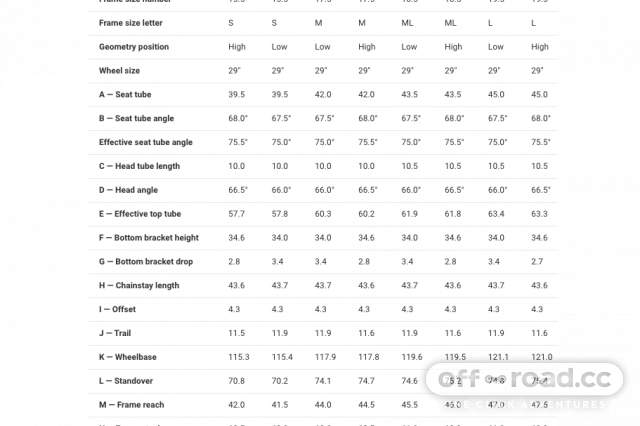
Fuel EX 9.9 AXS
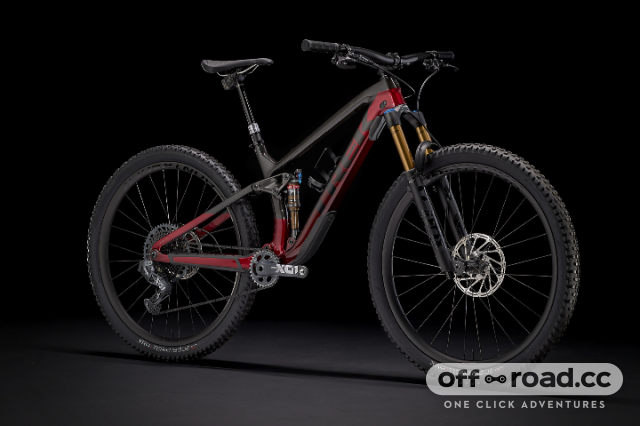
Topping the range with a pretty hefty pricetag is the 9.9 AXS. On this model, you'll get a Fox Factory 36 with a GRIP 2 damper, paired with a Fox Factory Float EVOL RE:aktiv shock. Of course, we then get wireless shifting from SRAM and the AXS range along with a wireless RockShox Reverb AXS dropper. It rolls on a pair of Bontrager Line 30 carbon wheels and they're wrapped with two Bontrager XR4 Team Issue tyres with Inner Strength sidewalls and aramid beads, measuring in with a 2.6" width at the front and a 2.4" at the rear. Bontrager supplies the finishing kit with a Knock Block stem and a 780mm OCLV carbon handlebar.
Fuel EX 9.9 XTR & XO1
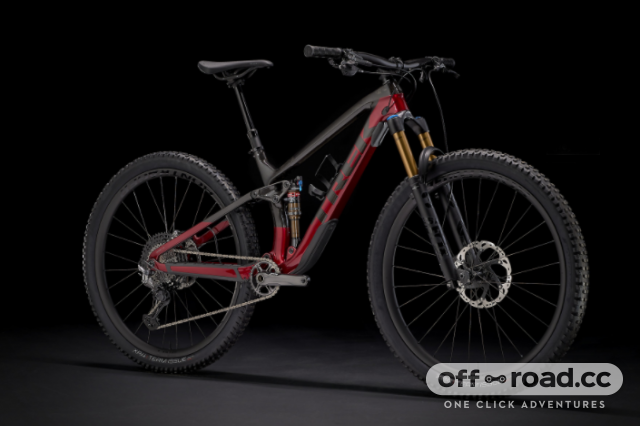
Next up, the Fuel EX 9.9 XTR gets all of the bling. It's built around Trek's OCLV carbon frame and gets a Fox Factory 36 fork with a GRIP2 damper. At the back, there's a Fox Factory Float EVOL, RE:aktiv. As its name hints, this bike comes with a Shimano XTR 12-speed drivetrain with matching XTR M9120 four-piston brakes. There's also an option with a SRAM XO1 drivetrain with SRAM G2 RSC brakes. This one rolls on a pair of Bontrager Line Pro 30 OCLV carbon wheels which are wrapped in a pair of Bontrager XR4 Team Issue, Tubeless Ready tyres with the brand's Inner Strength sidewalls and aramid bead. At the front, there's a 2.6" tyre with a 2.4" at the rear on both wheel sizes. Then the bike comes kitted with a Bontrager Line Elite Dropper and the rest of the kit comes from the same brand.
Fuel EX 9.8 XT & GX
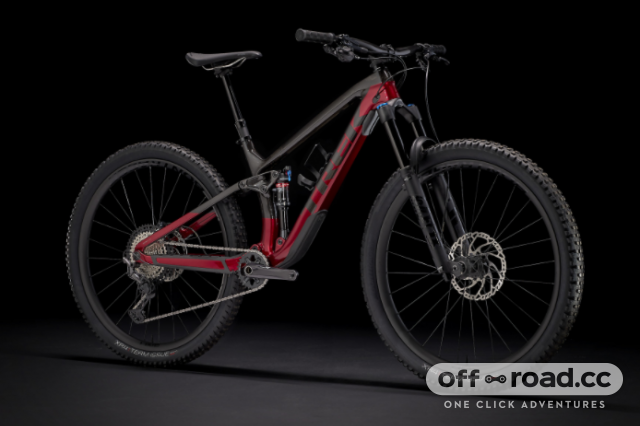
Offering a saving of over £2,000 over the top of the range bike is the 9.8 GX and XT. This bike comes with the same carbon frame as the most expensive bike but sees a downgrade in suspension and drivetrain. Here we get a Fox Performance 36 with a GRIP damper and a Fox Performance Float EVOL, RE:aktiv shock. This rig comes with a choice of drivetrain with either SRAM's GX groupset or Shimano's XT. The GX build comes with SRAM G2 RS brakes whereas the XT model is stopped with a pair of Shimano SLX M7120 four-piston brakes. Everything else on these builds is the same as what you'll find on the 9.9 XTR model.
Fuel EX 9.7
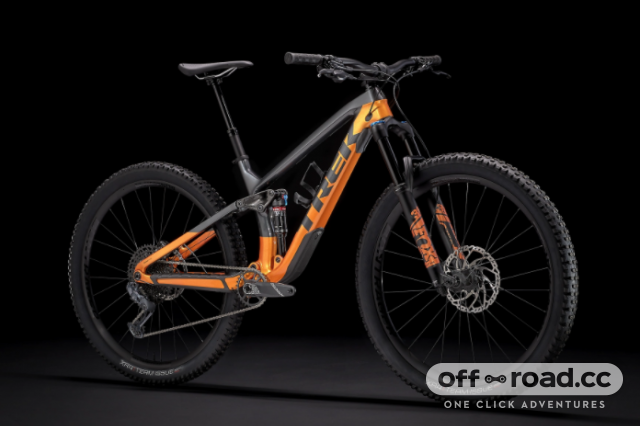
The 9.7 is Trek's most affordable carbon-framed Fuel EX. It comes kitted with a Fox Rhythm 36 with a GRIP damper and a Fox Performance Float EVOL shock. The drivetrain here is a mix of SRAM NX and GX with the former making up the shifter and the latter handing the mech. Gone are the carbon wheels, unfortunately, but instead we get a set of Bontrager Line Comp 30 wheels wrapped in the very same tyres like the rest of the range. The rest of the bike follows suit with the pricier models but there's an alloy bar and stem.
Fuel EX 8 XT & GX
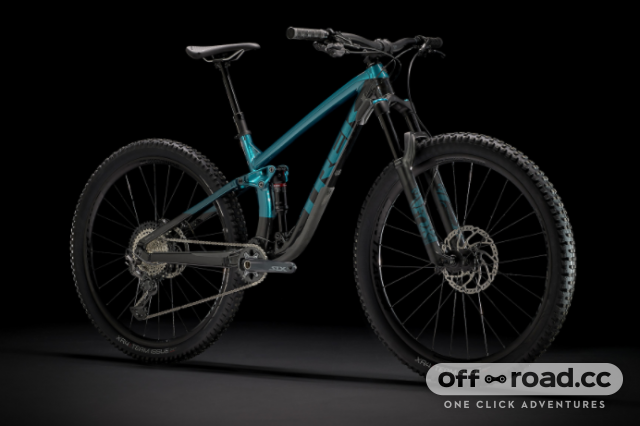
At the sub £3k mark Trek does away with the carbon frames and replaces them with cheaper alloy alternatives. On the priciest alloy option, we get a Fox Rythm 34 Float with a GRIP damper and a Fox Performance Float EVOL RE:aktiv shock. On this build, there's a choice of either a SRAM GX Eagle drivetrain or a Shimano XT with the former benefitting from SRAM G2 R brakes and the latter receiving a pair of Shimano MT4100 levers mated to MT420 four-piston callipers. This bike gets a pair of Bontrager Line Comp 30 alloy wheels and the rest of the build is the same as what you'll get on the 9.7 bike.
Fuel EX 7 NX
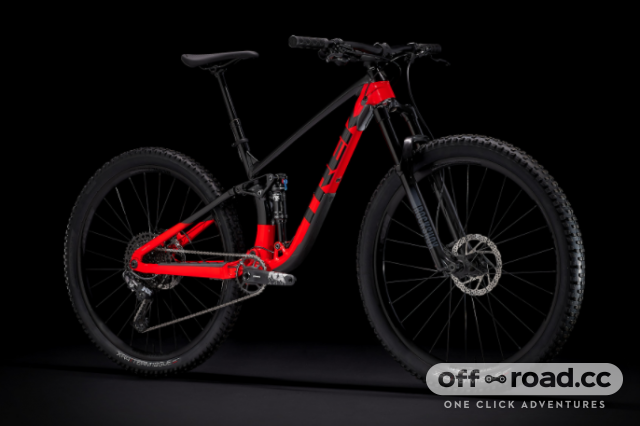
On the Fuel EX 7 NX we find a RockShox 35 Gold RL fork and a Fox Performance Float EVOL shock, note that this shock doesn't come with that special RE:aktiv tech. You've guessed it, this one comes equipped with a SRAM NX Eagle drivetrain it gets its brakes from Shimano with a pair of MT4100 levers and MT410 callipers. The rest of the bike, including the wheels and tyres on this bike, is the same as the rest of the alloy range but we see a TransX dropper on this model.
Fuel EX 5 Deore
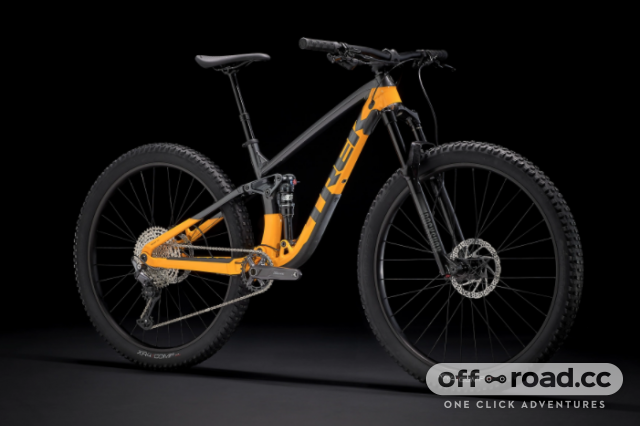
Rounding off the fairly extensive range is the reasonably priced Fuel EX Deore. It gets a RockShox Recon Silver fork with an X-Fusion Pro 2 shock. Then there's the Shimano Deore 12-speed drivetrain with Shimano brakes made up of MT201 levers and MT200 callipers. The wheels see a downgrade from the rest of the range with an Alex MD35 rim laced to Bontrager hubs. They're wrapped in a pair of Bontrager XR4 tyres and there's a TransX dropper post. The rest of the finishing kit comes from Bontrager.
Trek Top Fuel
Like it or not, but down-country bikes are becoming more and more prolific. Luckily for those who are on board with the trend Trek has a bike for you. It comes kitted with 120mm travel up front and 115mm at the rear with 29" wheels. In keeping with the rest of Trek's bikes so far the Top Fuel also gets a Straight Shot downtube and Trek's Active Braking Pivot. It's also kitted with the Mino Link and Control Freak cable management system. Moving onto the geometry, the Top Fuel sees a 68° head tube angle, a 75.7° effective seat tube angle and a 434mm chainstay. A large frame gets a 470mm reach and those numbers have been taken with the bike in its low setting. As for frame sizes, there's a choice from XS right up to XXL.
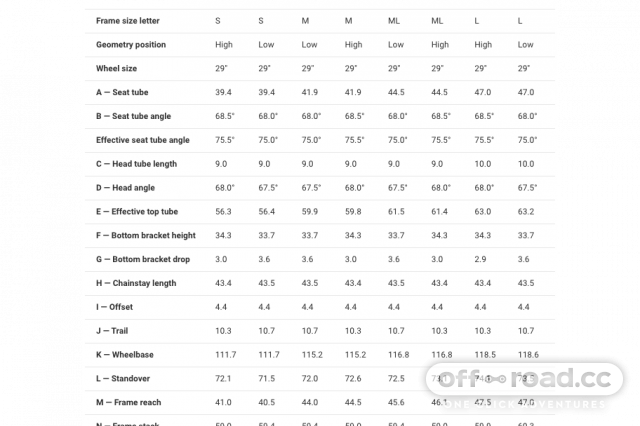
Top Fuel 9.9 XX1 AXS
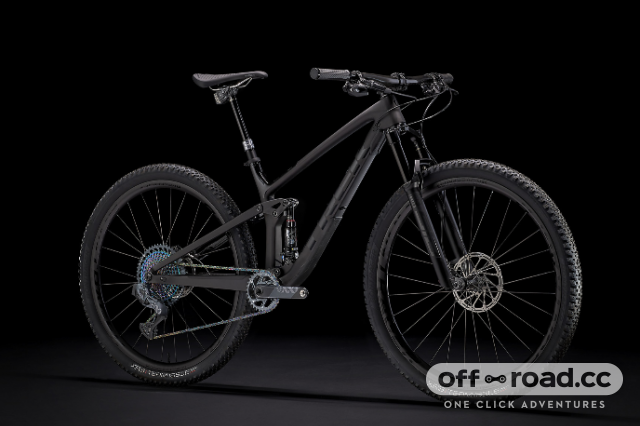
A few hundred pounds shy of the 10k mark, this bike comes with all of the top tech. It's made around a carbon frame with a RockShox SID Ultimate fork with a Race Day Charger damper and a RockShox SID Luxe Ultimate shock. There's a RockShox TwistLoc Full Sprint lockout remote too. As for the drivetrain, here we get a SRAM XX1 Eagle AXS 12-speed wireless set up with SRAM G2 Ultimate brakes. The wheels on this bike area pair of Bontrager Kovee Pro 30 Carbon hoops and they're kitted with a pair of Bontrager XR3 Team Issue, Tubeless Ready tyres with Inner Strength sidewalls and aramid beads in a 2.4" width. Finally, there's a RockShox Reverb AXS wireless dropper post, Bontrager OCLV carbon bar with a 750mm width and 35mm clamp and a Bontrager stem.
Top Fuel 9.9 XTR & XO1
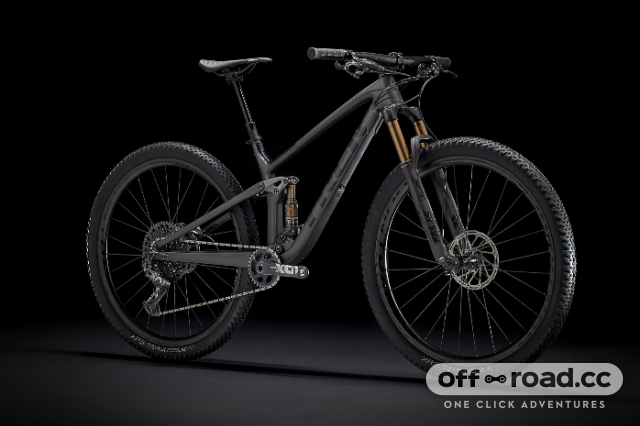
Next up, the Top Fuel XTR and XO1 models get the same carbon frame but this time there's a Fox Factory 34 Step Cast with a FIT4 damper paired with a Fox Factory Float shock. This bike also gets the RockShox Twistloc remote lockout. With this model, there's a choice of either a SRAM XO1 drivetrain or the Shimano XTR set up. The XO1 model gets SRAM G2 RSC four-piston brakes while the XTR gets XTR M9100 brakes. Everything else on the bike is the same as the AXS model but the dropper, which is a Bontrager Line Elite.
Top Fuel 9.8 XT & GX
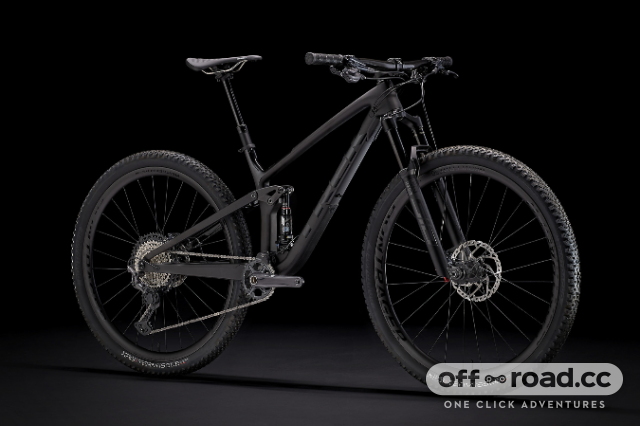
The Top Fuel 9.8 sees a saving of £2.4k and gets its suspension from RockShox with the SID Select+ RL fork and RockShox SID Ultimate RL shock. There's a choice of drivetrain on this bike too between either a SRAM GX Eagle 12-speed with SRAM G2 RSC brakes or a Shimano XT drivetrain with SLX M7000 brakes. Everything else on this bike is the same as its pricier brethren.
Top Fuel 9.7
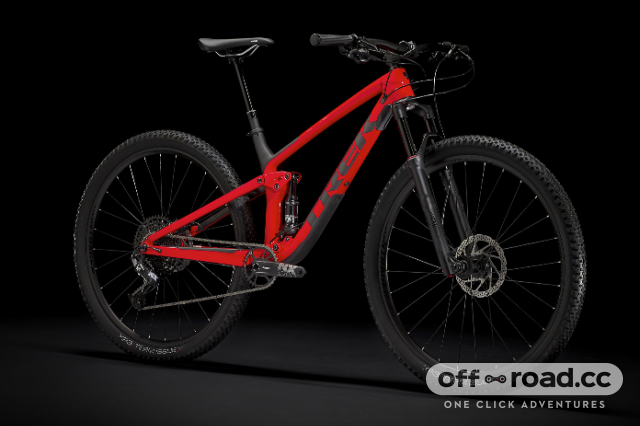
The 9.7 model is the cheapest with a carbon frame and it comes with a RockShox Reba RL fork and a Fox Performance Float DPS shock. There's a SRAM NX Eagle 12-speed drivetrain with Shimano brakes consisting of MT501 levers and MT500 calipers. This bike makes a move to Bontrager Kovee Comp 23 alloy wheels and they get the same tyres as the rest of the range. We get an alloy cockpit and a Bontrager Line Dropper.
Top Fuel 8 NX
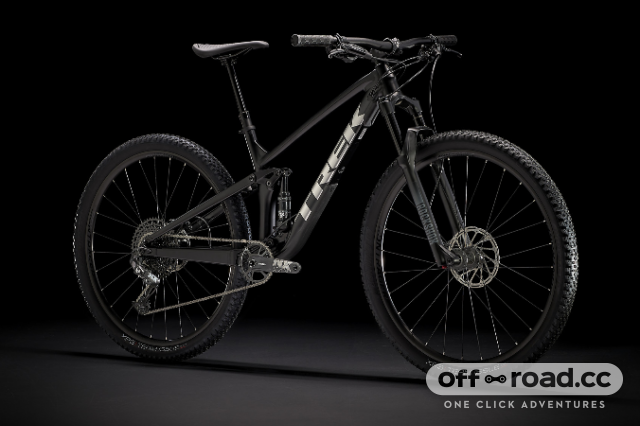
At this price point, Trek introduces alloy frames into the mix. With the 8 NX there's a RockShox Recon Gold RL Solo Air with a Fox Performance Float DPS. There's still a remote lockout here but it comes from Bontrager in the form of the Drop Lock. As its name suggests, this bike is driven by a SRAM NX drivetrain and it's stopped with a pair of SRAM Level T brakes. The rest of the bike is the same as what you'll find on the 9.7 model.
Top Fuel 7 SX
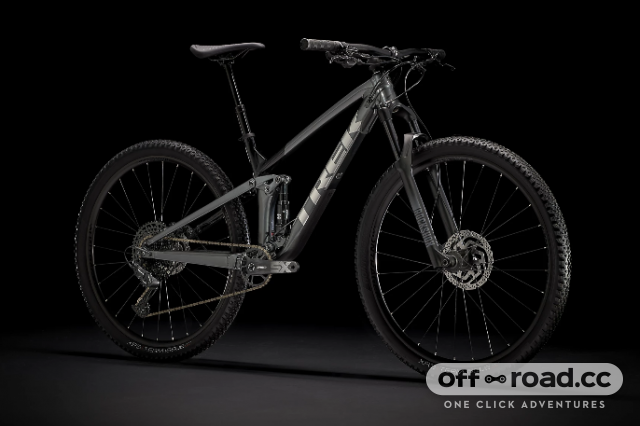
The Top Fuel 7 SX is the most affordable bike in the range featuring suspension from RockShox with the Judy SL Solo Air fork and the X-Fusion Pro 2 shock. There's a SRAM SX Eagle 12-speed drivetrain with Shimano MT200 brakes. This one rolls on the same alloy wheels as the rest of the range with the same tyres. In fact, apart from the TransX dropper post, everything else matches the Top Fuel 8 NX.
Trek Full Stache
While the Full Stache hasn't had an update for 2021, it seems rude not to include it as there aren't an awful lot of full suspension 29+ bikes on the market. Of course, it rolls on 29" wheels with chunky 3" tyres. It also has 130mm of travel at both ends but the frame is compatible with up to a 140mm fork if you fancy some extra lairy riding. There's also the Mino Link, Control Freak cable management and the Knock Block. It's built around an aluminium frame and gets a 67° head tube angle, a 75.5° effective seat tube and a 430mm chainstay in the low setting. A large gets a 480mm reach, again in the low setting.
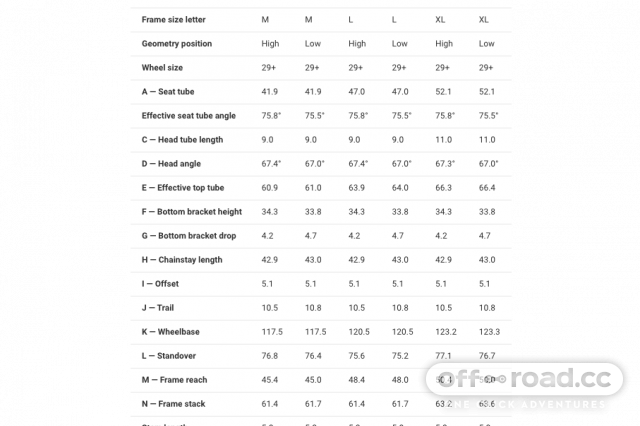
Full Stache 8
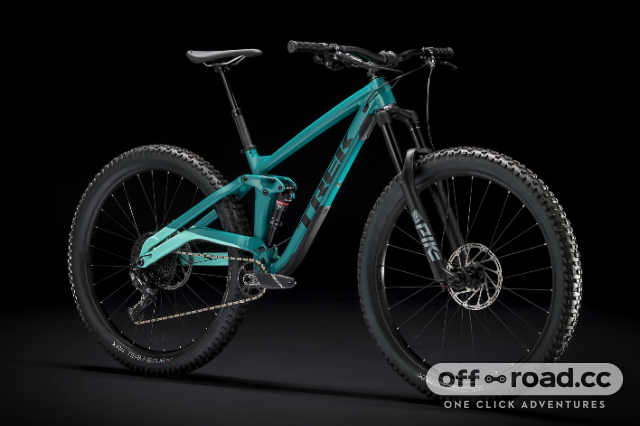
With its aluminium frame, you'll find a RockShox Pike Select Plus RC fork with a Fox Performance Float EVOL RE:aktiv shock. There's a SRAM GX Eagle 12-speed drivetrain, aTruvativ Descendant 6k crank and SRAM Guide R brakes. This bike gets a pair of SUNringlé Duroc 40 SL wheels and they're shod with a pair of Bontrager XR4 Team Issue, Tubeless Ready tyres with Inner Strength sidewalls and aramid beads. We get a Bontrager Line Dropper on this bike with a 780mm wide alloy bar, also from Bontrager.
Trek Supercaliber
Filling the role of the full suspension cross country bike is the rather unique looking Supercaliber. The standout feature of this bike is its IsoStrut suspension platform. It offers 60mm of fully tunable travel and what makes it special is that it does away with a rocker link thus saving a chunk of weight. The IsoStrut is also a structural feature of the frame which Trek says prevents twisting, flex and deflection which the brand claims offers a more direct power transfer. The whole range of Supercalibers feature carbon frames rolling on 29" hoops, Straight Shot downtube and the Knock Block. The geometry on this bike sees a 69° head angle, 74° seat tube angle and a 430mm chainstay. The reach of a large frame measures in at 455mm. There are six sizes from S to XXL and an ML size which gets a longer top tube than the M. Up front there's 100mm of travel.
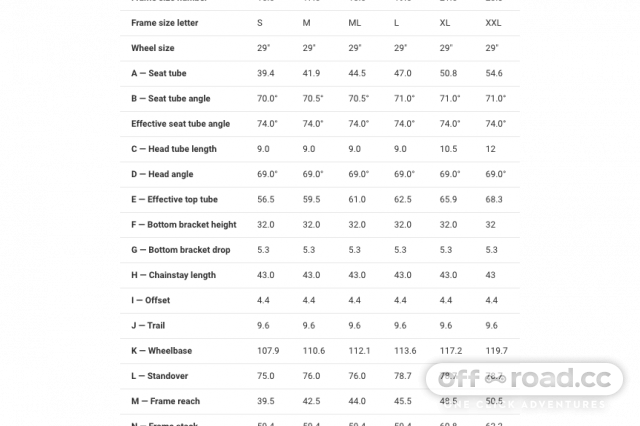
Supercaliber 9.9 XX1 AXS
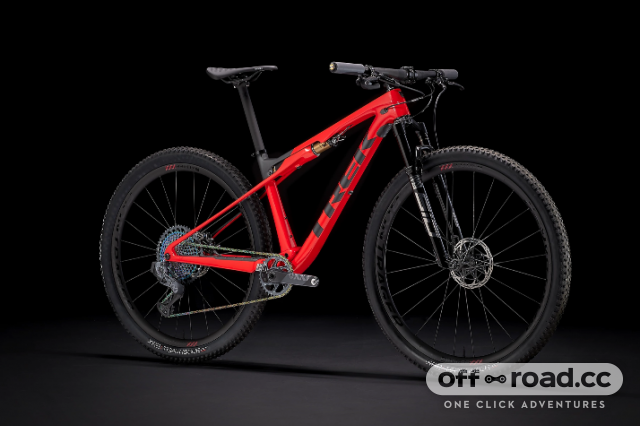
The Supercaliber 9.9 XX1 AXS takes the crown as Trek's most expensive mountain bike. It comes dripping with top-shelf kit such as the RockShox SID SL Ultimate with a Charger Race Day damper and a Fox Factory IsoStrut shock. This bike gets SRAMs XX1 Eagle AXS wireless drivetrain with the carbon crank and SRAM Level Ultimate brakes. It rolls on a pair of Bontrager Kovee XXX OCLV carbon wheels and they're wrapped with a set of 2.2" Bontrager XR2 Team Issue, tubeless ready tyres with Inner Strength Sidewalls and aramid beads. Then the finishing kit also comes from Bontrager and the line of carbon components, including a 720mm wide handlebar.
Supercaliber XX1 & XTR
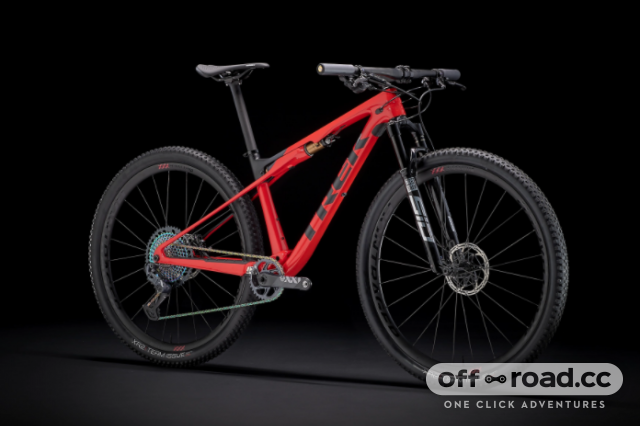
Next up the Supercaliber 9.9 XX1 and XTR get all of the same kit as the priciest model but they drop the fancy wireless shifting. Instead, there's a choice of either a SRAM XX1 Eagle drivetrain with SRAM Level Ultimate brakes or a Shimano XTR drivetrain with XTR M9100 brakes.
Supercaliber XT & GX
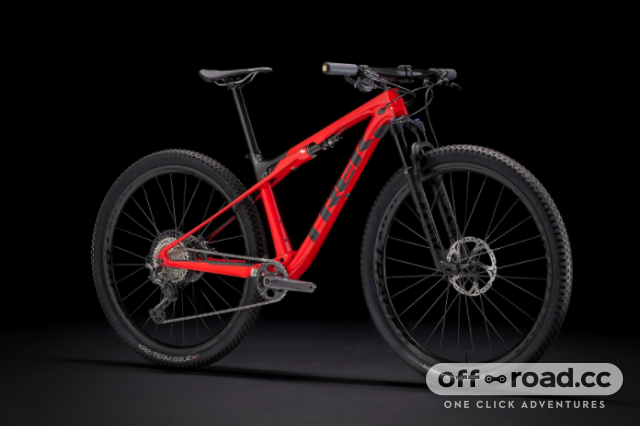
Seeing a considerable saving from the rest of the range, the Supercaliber 9.8 GX and XT models get a downgraded Fox Performance 32 Step-Cast fork with a GRIP2 damper. There's also that IsoStrut suspension also provided by Fox but this model doesn't get that sleek Kashima coating, coming from the brands Performance line-up. These models come with a choice of either a SRAM GX Eagle 12-speed groupset with both choices coming kitted with Shimano Deore XT M8100 brakes. Here we get a pair of Bontrager Kovee Pro 30 carbon wheels, then the rest of the kit is the same as what you would get on the other bikes.
Supercaliber 9.7
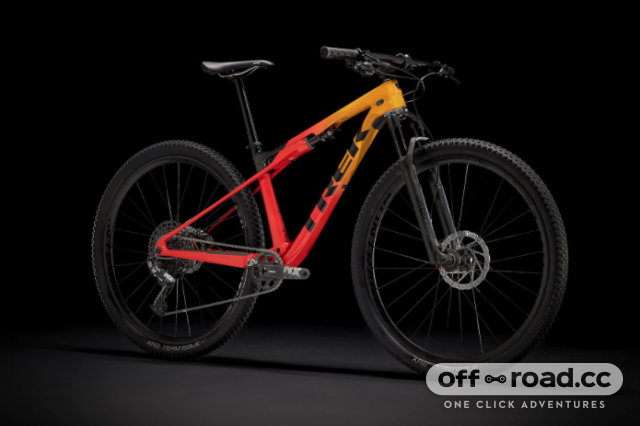
The Supercaliber 9.7 is the most budget-friendly option in the range. It's still built around that OCLV carbon frame and the Performance level IsoStrut shock but gets a RockShox Reba RL fork. This one is driven by a SRAM NX Eagle drivetrain and it's stopped by brakes from Shimano with the MT501 levers and MT500 calipers. This model gets slightly narrower Bontrager Kovee Elite 23 carbon wheels with the same XR2 tyres but the rest of the bike comes from Bontrager's alloy line of kit.
Trek Procaliber
The Procaliber is Trek's lightweight cross country hardtail. Compared to the Supercaliber it presents a mighty cash saving if you're looking for a race-ready XC bike. That doesn't mean that it's not without some cool tech, however. The Supercaliber benefits from what Trek calls the IsoSpeed decoupler which allows the set tube to rotate independently from the top tube to seatstay junction which Trek says offers some vertical compliance without sacrificing pedalling efficiency. As with the rest of the range, this bike gets the Straight Shot downtube and Knock Block too. Each bike in the Supercaliber line up comes with a carbon frame which rolls on 29" wheels and can fit up to 2.4" rubber. Here we see a 68.8° head angle, a 73.8° seat tube angle and 432mm a chainstay. A large frame benefits from a 450mm reach and there are six sizes, from S up to XL, including an ML size which gets a longer top tube than the M. The Procaliber gets 100mm of suspension.
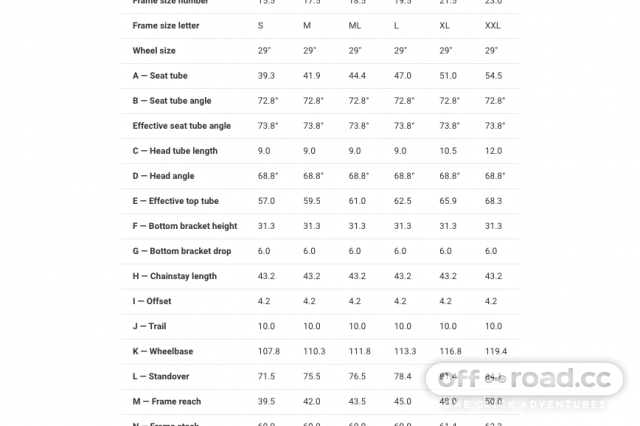
Procaliber 9.8
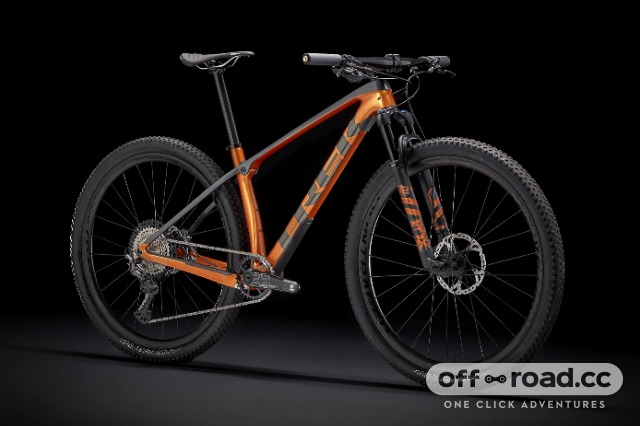
Built around an OCLV carbon frame the Procaliber 9.8 comes with a Fox Performance 32 Step-Cast fork with a GRIP damper. It's driven by a Shimano XT drivetrain with Deore XT M8100 brakes but this one gets an e*thirteen TRS Race Carbon crank. The wheels here are a pair of Bontrager Kovee Elite 30 carbon wheels and there's a pair of Bontrager 2.2" XR2 Team Issue, tubeless-ready tyres with Inner Strength sidewalls and aramid beads. The rest of the kit comes from Bontrager too, with a 720mm wide carbon handlebar.
Procaliber 9.7
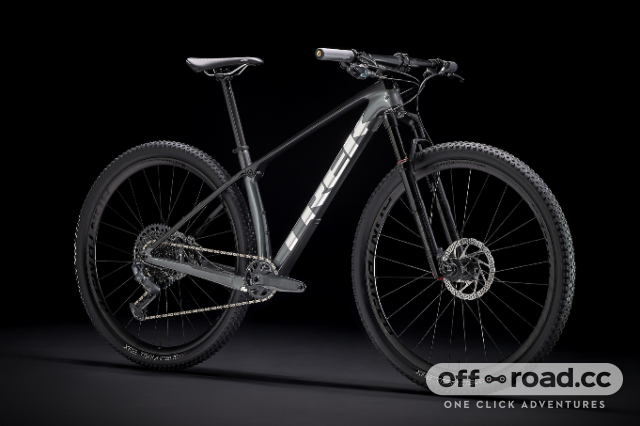
This model comes equipped with a RockShox Reba RL Solo Air and a SRAM GX Eagle 12-speed drivetrain with Shimano MT501 brake levers hosed to MT500 calipers. This bike gets Bontrager's Kovee Elite 23 wheels, then the rest of the bike matches the 9.8 model.
Procaliber 9.6
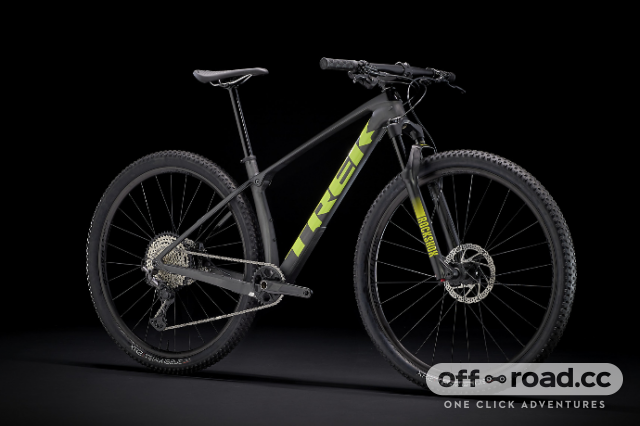
On the 9.6 model of the Procaliber you'll get a RockShox Recon Gold RL and a mixture of Shimano kit making up the drivetrain. There's an SLX M7100 shifter and an XT M8100 derailleur. With this model there's the move over to alloy wheels, they come from Bontrager and the Kovee's. Then there are the same tyres as the rest of the range and an all-alloy finishing kit from Bontrager.
Procaliber 9.5
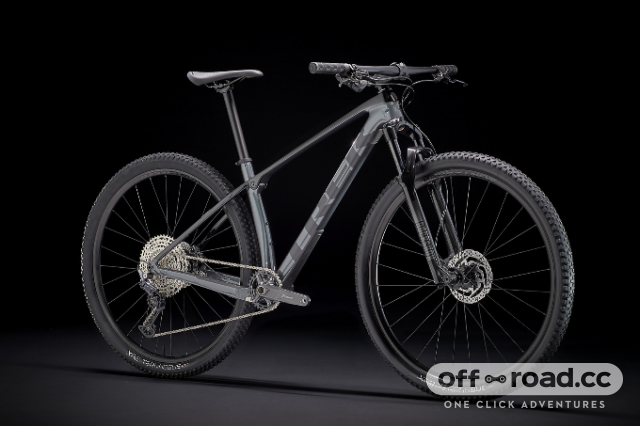
Finally the Procaliber line-up is rounded off with the 9.5. Even as the cheapest bike, it still gets that OCLV carbon frame but sees a RockShox Judy SL fork. There's a full Shimano Deore 12-speed drivetrain with Shimano MT200 brakes. Then the rest of the bike features the same kit that you'll find on the 9.6 model.
Trek X-Caliber
If you're looking for a race-ready cross country bike but you're on a budget, the X-Caliber is the bike for you. Accommodating for its affordable price point is an aluminium frame rather than the carbon you'll find on its pricier sibling, the Procaliber. The X-Caliber comes kitted with rack mounts, so it's bike-packing ready, along with a mount for a kickstand. All frames feature internal routing and they all come kitted with Trek's Blendr stem. The X-Caliber comes with either 650b wheels on sizes XS and S with all larger bikes (up to XXL) roll on 29" hoops. As for the geometry, there's a 73° effective seat tube angle on sizes M and up while the smaller two sizes get a 73.5° effective seat tube angle. Then there's a 69.5° head tube angle (S and XSs get a 69.3° HA) and a 438mm chainstay on M and up, and a 425mm chainstay on the smaller bikes. Sizes S to XL get 100mm of travel leaving XS with just 80mm. Although, the frame will accept a maximum of a 120mm fork while the XS can accept a 100mm fork.

X-Caliber 9
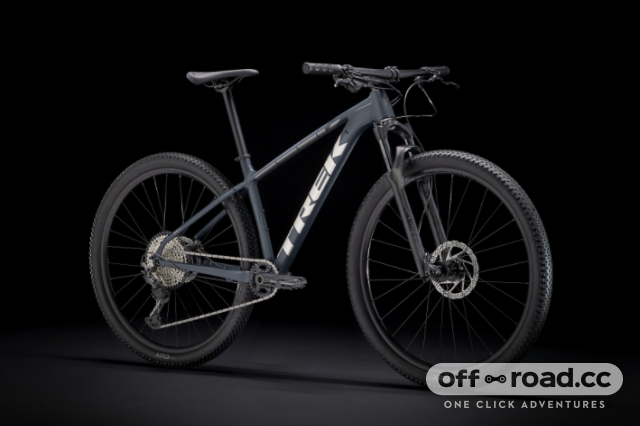
Heading up the range, the X-Caliber 9 gets a RockShox Judy Silver Solo Air with a TurnKey remote lockout. This bike gets a Shimano SLX M7100 12-speed drivetrain with Shimano brakes made up of an MT401 lever and an MT400 caliper. The wheels on this one are a pair of Bontrager Kovees and they're wrapped with a pair of Bontrager XR3s in the 2.3" width on all sizes. The finishing kit comes from Bontrager too with an alloy bar, stem, and seat post.
X-Caliber 8
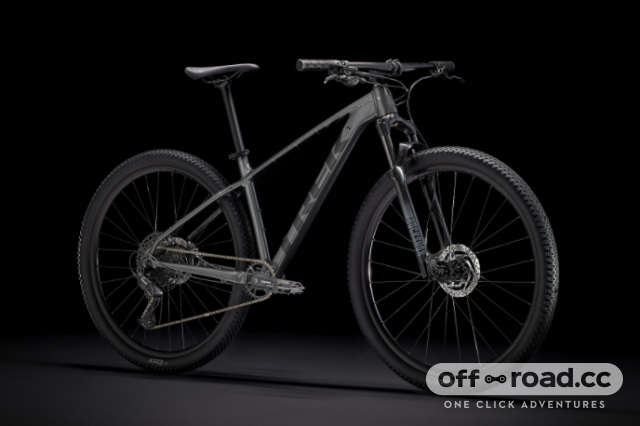
The middle of the range X-Caliber 8 comes with a RockShox Judy SL Solo Air fork with a SRAM SX Eagle 12-speed drivetrain. Stopping the bike is a pair of MT200 brakes from Shimano. As for the wheels, the rims come from Bontrager with a pair of kovees and they're laced to Formula DCL-141Q hubs. Then the rest of the bike is the same as the X-Caliber 9.
X-Caliber 7
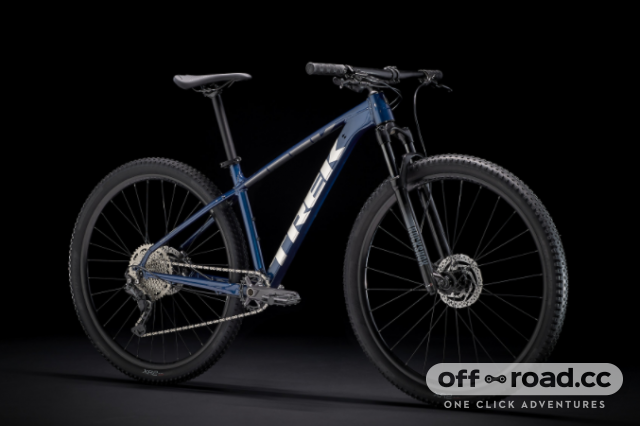
The X-Caliber 7 gets much of the same kit as the X-Caliber 8 with the only difference in spec being its Shimano Deore 10-speed drivetrain.
Trek Roscoe
If you're looking for a trail orientated hardtail, the Roscoe fits the bill. Each build comes properly sorted with dropper posts, 120mm of travel (size S gets 100mm), 1x drivetrains and alloy frames. The bike also rolls on 650b+ wheels and tyres. They all feature internal cable routing, rack and kickstand mounts too. Onto the geometry, the Roscoe sees a 67.3° head angle, a 70.8° effective seat tube angle (with the medium frame getting a 70.7° effective seat angle and the S and XS getting 71.2° and 71.1° angles respectively), and a large frame gets a 428mm reach. As a 650b+ bike, it can run either 27.5x2.8" or 29x2.4" rubber.

On the Roscoe 8, you'll find a RockShox 35 Gold RL fork with a SRAM NX Eagle 12-speed drivetrain with Shimano brakes in the form of the MT501 lever paired with an MT500 caliper. It's worth noting that the fork comes with a flexy QR axle. The wheels here are made of rims from Bontrager and the Line 40s with a Bontrager hub at the front and a Formula hub at the rear. This bike gets a pair of Maxxis Rekon tubeless tyres with a 2.8" width and then the rest of the kit comes from Bontrager and the alloy range apart from the dropper post, which comes from TranzX with the JD-YSP18.
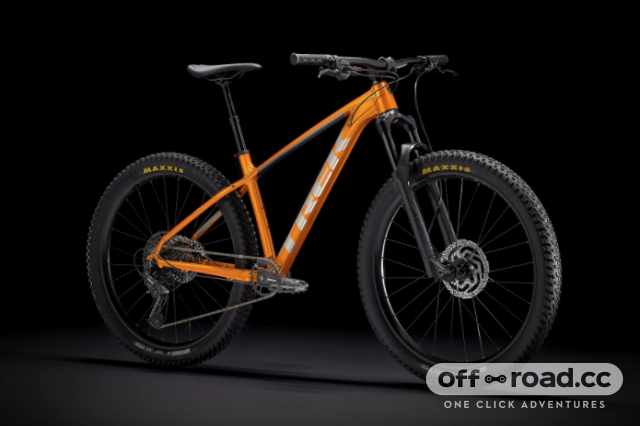
The Roscoe 7 benefits from most of the same kit as the 8, but this one gets a SRAM SX Eagle 12-speed drivetrain and Shimano MT200 brakes.
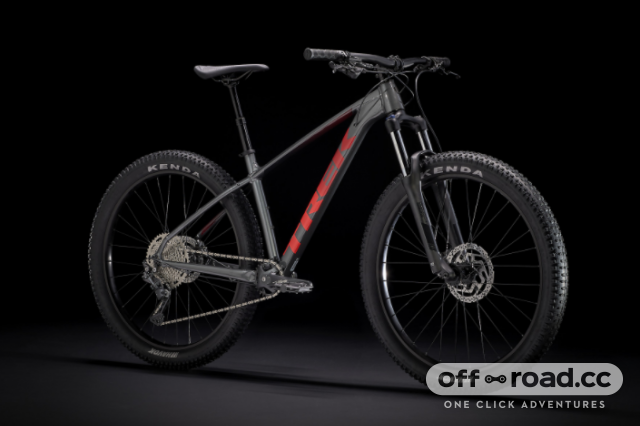
On the cheapest Roscoe 6 you'll get an SR Suntour XCM 32 coil sprung fork with a Shimano Deore 10-speed drivetrain and MT200 brakes. This bike then rolls on Alex MD35 rims and Formula DC hubs which get a pair of Kenda Havok, wire beaded, 2.8" tyres. As for the rest of the build, that's just the same as the rest of the range.
Trek Marlin
If a sub £1k cross country, everyday bike is more your speed then it's worth checking out the Trek Marlin. Each bike in the range comes with an alloy frame and a fork with 100mm of travel (XS frames get 80mm). There are also rack and stand mounts, the Blendr stem, and internal cable routing. XS and S sizes roll on 650b wheels while sizes M to XXL get 29" hoops. On the Marlin, you'll get an effective seat tube angle of 73.5° on the XS and S frame while everything else benefits from a 71.9° effective seat tube angle. As for the head angle, on the smaller sizes it'll measure in at 69.3° and from M upwards it's a couple of degrees steeper at 69.5°. All frame sizes share a 438mm chainstay length and a large frame gets a 451mm reach.
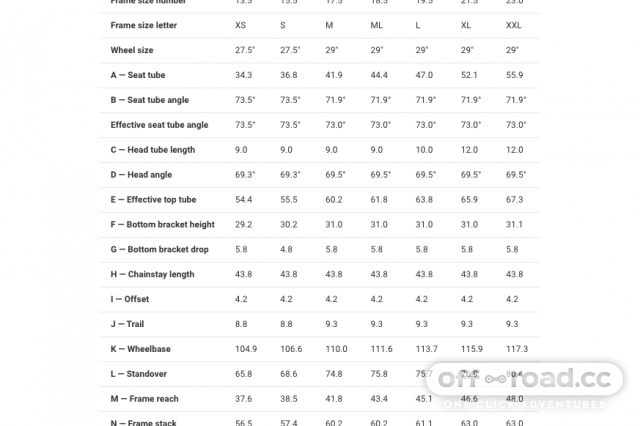
The Marlin 7 comes kitted with a RockShox Judy coil sprung fork with a Shimano Deore 10-speed drivetrain and Shimano MT200 disc brakes. The wheels are made of Bontrager Kovee rims laced to Formula DC hubs and they're wrapped with a pair of Bontrager XR2 Comp 2.2" tyres with wire beads. The rest of the bike comes with Bontrager's own finishing kit.
Trek Farley
Perhaps fat bikes are more your things. Allow me to introduce the Farley. There are two in the 2021 range with an alloy and a carbon option which, of course, roll on 4.5" tyres. Both bikes come with a dropper post, horizontal sliding dropouts, ideal for single speed setups and tubeless-ready tyres. As for the geometry, the Farley gets a 69° head angle, a 73° effective seat tube angle and a 455mm chainstay. The reach on a large is 441mm and there are four sizes available, from S to XL.
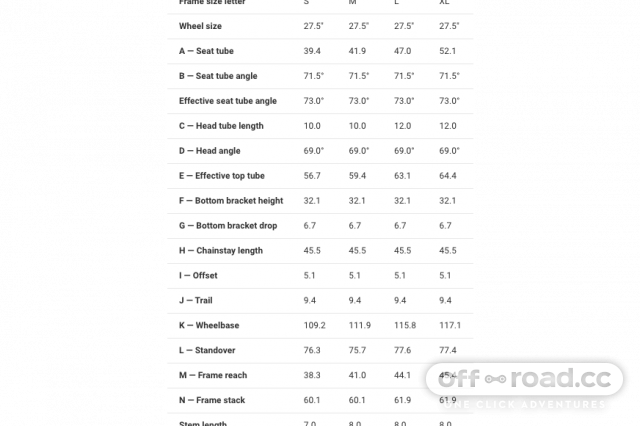
The Farley 9.6 gets an OCLV carbon frame with a Bontrager Haru OCLV fork. The drivetrain on this bike comes from SRAM and the GX Eagle 12-speed shifting. As for wheels, they're Sunringle Mulefut 80 SL rims laced to Bontrager alloy hubs. Those are wrapped in a pair of Bontrager Barbegazi Team Issue, tubeless-ready tyres with inner strength sidewalls and aramid beads. The dropper kitted here is a TransX JD-YSP18 and the rest of the kit comes from Bontrager with a 750mm wide bar.
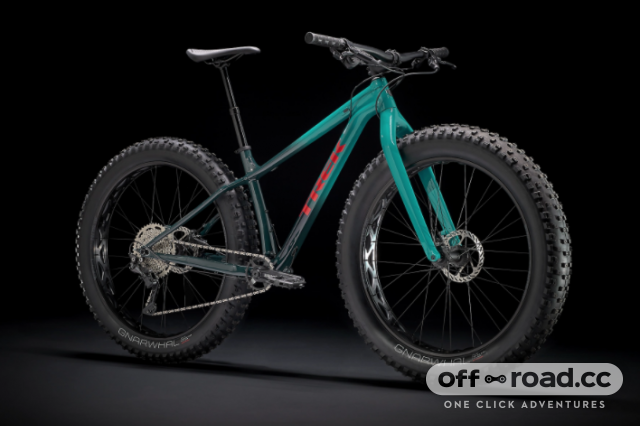
The Farley 5 is Trek's best value fat bike and it's built around an alloy frame. It gets a Shimano Deore M4100 10-speed drivetrain with SRAM Level brakes and there's a Race Face crank. It gets the same wheels as the 9.6 but the tyres here are a pair of Bontrager Gnarwhals. The rest of the kit is the same as the 9.6. It's worth mentioning that while the Farley 5 comes with a rigid fork, it'll happily accommodate a 100mm travel suspension fork.
Trek Session
The Session needs no introduction, but it's the brand's 650b downhill bike. There's only one model in the 2021 range which is built around an alloy frame. It gets Trek's Active Braking Pivot and the geometry adjusting Mino-Link. Up front, there's 200mm of travel and at the rear, there's 210mm. In the low setting, the Session gets a 63.6° head angle, a 445mm chainstay and a large frame gets a 426mm reach. There are four sizes, from S to XL and the 8 27.5 model will set you back £4,200
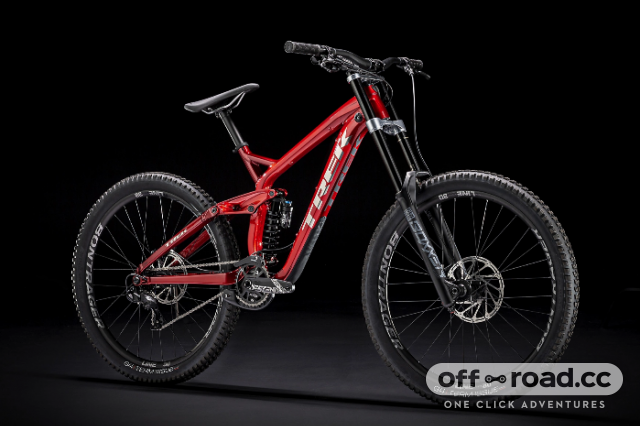
Trek Ticket
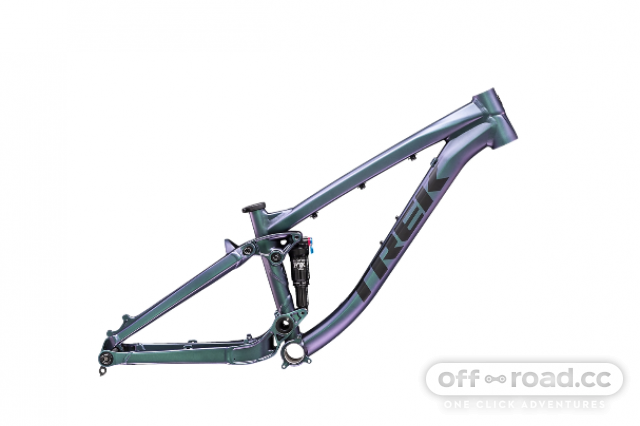
Finally, rounding off the Trek range of mountain bike is the Ticket. It's available as the full suspension, Ticket S (pictured) with 100mm of travel and the Ticket DJ, which is the hardtail version. Both come as a frame only with prices starting from £725, up to £1,400.
- www.trekbikes.com
You might also like:
- The best waterproof mountain bike shorts
- When should I replace my mountain bike pedal cleats?
Author block

Liam Mercer
Tech Editor here at off.road.cc Liam can also be found photographing bikes as well as revelling in cycling's intricacies. Whether it's gravel, mountain, or e-MTB as long as it's a bike on dirt, he's happy.
Find great off-road deals
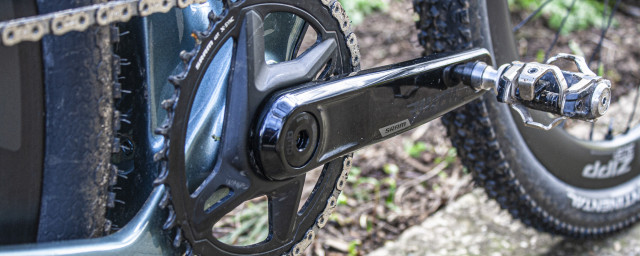
Your Bicycle Size Guide
Trek Bike Size Chart By Height In CM & Inches (Road Bike/MTB)
A Trek bike size guide is all you need when the search for the correct bicycle size is still on. Known to be the number 1 performance bike brand all over the globe, Trek has been stacked with powerful engineering and classy bikes.
There are many questions revolving around passionate fans of the brand with one of them being, what size Trek bike do I need?
Well, the answer is very simple. You will need to go through the charts below for a particular bike type and model you are looking for.
Trek size charts
Trek bike sizes can vary, and that can lead to more confusion among potential buyers. The below charts will help in choosing the right model according to your height and inseam.
Trek mountain bike size chart
Trek mountain bikes come in different categories and offer sizes for every individual, starting from extra small to extra large. Take a look at the tables below and select the ideal fit for yourself.
Category – Full suspension, Hardtails, Electric, Cross Country, Trail, Enduro, Downhill, Fat Bikes, and Fuel EXe (E-MTB)
Models/Series – Supercaliber, Top Fuel, X-Caliber, Procaliber, Farley, Roscoe, Marlin, Powerfly, Service, 820, Slash, Remedy, Fuel EX, and Session
Trek MTB Cross Country (820)
Trek e-mountain bike.
Models/Series – Powerfly, E-Caliber, and Rail
Trek road bike size chart
Road bikes are an essential part of the brand that caters to a wide range of audience, thanks to its diverse range of models. These Trek road bike size charts shall help you pick the right bicycle that can go a long way for an adventurous ride.
Category – Performance/Gravel
Models/Series – Madone, Emonda, and Domane
Category – Bikepacking/Cyclocross
Model/Series – 520 and 520 Grando
Models/Series – Checkpoint and Boone 6
Model Series – 1120
Trek electric road bike sizing
Models/Series – FX+, DUAL SPORT+, vEREVE+, and Allant+
Trek alpha sizing for MTB – what is it?
The old-school approach of measuring the frame size of Trek bikes is a thing of the past. With newer inventions and modern bike geometry, alpha sizing is used in place of numeric sizing on Trek mountain bikes.
Why is alpha sizing important?
1. Easier approach
Instead of using size numbers like 19.5, the sizes can be classified into S, M, ML, L, XL, and XXL. So, someone with a 17.5 size can go for the medium and a 19.5 is a large size. You don’t have to keep a tab on numbers; instead, the alphabet makes it easier.
2. Measurement based on reach
In earlier times the frame size measurement of Trek bikes was solely based on seat tube length. Things have changed, and modern mountain bike geometry focuses more on reach as of now. Hence, alpha sizing measures what matters and is a more simplified way of measuring bike size.
Trek sizing – virtual vs actual
This can puzzle you a bit as they both are somewhat similar yet there is a subtle difference. Actual size can be termed as the overall length of the seat tube from the center of the bottom bracket to the center of the top tube intersection with the centerline of the seat tube.
On the other hand, virtual sizing is the overall length of the seat tube ranging from the center of the bottom bracket to the mid-point of the imaginary horizontal top tube in which it connects with the seat tube.
If I had to give you an example, a bike might have a virtual size of 18.5 and an actual size of 17.5. This means that the bike size feels like 18.5, but in actual sense, the frame size is 17.5. It doesn’t make much of a difference as it is there only to let you know what it is (actual size) and what it looks like in size (virtual size).
People also ask
Trek 17.5 frame size – what does it mean.
A 17.5 frame size is considered an M size (Medium) in terms of alpha sizing. Any individual who is 161-172 cm or a height of 5’3.4”-5’7.7” . If you are within this height range, going for a medium size shall be the right choice.
Trek medium frame size is for what height?
A medium size frame size (17.5) is ideal for a person with a height between 5’3.4”-5’7.7 ”. In centimeters, it is ideal for those around 161 to 172 cm in height.
Trek 24-inch bike is for what age?
When it comes to children, their bikes are measured in terms of wheel size instead of the standard frame size. These kid’s bikes have a size range between 12-26 inches, depending upon the height of the kid.
As far as a 24-inch wheel size is concerned, any kid between the ages of 8-11 can go for a fun ride with it. Some of the popular 24-inch bike models are Trek Roscoe 25, Wahoo 24, Trek Precaliber 24 , etc.
Trek 26-inch bike is for what height?
A 26-inch wheel-size bike is for kids with a height of 4’9”-5’3” (146-160 cm) . Wahoo 26 is a prime example of a bike in this category.
Trek 20-inch bike is for what age?
Trek 20-inch bikes are for children between 5 to 8 years of age. Additionally, if they are within the height of 3’9”-4’6” , it should be suitable for them.
Are Trek bikes good?
Trek bikes are considered to be extremely good and solid in build. It is known to be the number 1 performance bike brand all over the globe. Having its humble beginning in the year 1976 in Waterloo, Wisconsin, it has turned into the largest bicycle manufacturer all over the world. With an array of bikes ranging from, mountain, road, electric, and kids bikes, there is a lot to choose from a mammoth list.
How much is a used Trek bike worth?
It depends on a lot of factors in terms of how old the bike is, the year of production, which model, and a lot more. However, it can be within $1000-10,000 (depending on the model and other factors) .
Where are Trek bikes made?
The majority of their bikes are manufactured in Taiwan, China, Netherlands, and Germany too.
Why are Trek bikes so expensive?
Usually, the bike brand prefers top-tier components, suspensions, and frames that are ahead of its competitors. This results in additional costs that can be seen in the price tag and also many top-end Trek bikes are custom-made with less production, leading to being more expensive.
Trek bikes are a class apart in many ways with a range of bikes on offer for its fans across the world. Choosing the right size for you can be tricky, but this is where the Trek frame size chart comes to the rescue.
Trek as a bicycle brand might be on the costly side, but they punch above its weight to provide top-class bikes for the masses. I am always someone who roots for quality, and Trek provides what I need.
One comment
Thanks for your informative post. I really like the Trek alpha sizing for MTB because Trek frame sizes use alpha sizing rather than the usual inches or centimeters (cm), and they usually have a certain range of measurements.
Leave a Reply Cancel reply
Your email address will not be published. Required fields are marked *
Save my name, email, and website in this browser for the next time I comment.


Unleash Your Inner Geek on a Bike
What Size Trek Bike Do I Need for My Height? Find Your Perfect Fit!
Shahed Parvej

Affiliate Disclaimer
As an affiliate, we may earn a commission from qualifying purchases. We get commissions for purchases made through links on this website from Amazon and other third parties.
As an Amazon Associate, I earn from qualifying purchases.
The size of the Trek bike you need for your height depends on your specific measurements. To determine the correct size, you’ll need to measure your height and inseam.
Use an online sizing tool or refer to Trek’s bike size chart, which provides the appropriate frame size based on your height. If you fall between sizes, it’s recommended to choose the smaller size for a more comfortable and maneuverable ride.
Make sure to consider other factors such as your riding style and preferences when selecting the right Trek bike for you.
Trek Bike Size Guide
Choosing the right size Trek bike for your height is important to ensure a comfortable and efficient riding experience. Understanding Trek mountain bike sizing and road bike sizing can help you make an informed decision. Trek offers a wide range of sizes for their mountain bikes, including an XS size with increased standover height and an ML (medium-large) size.
For road bikes, you can use an online tool to determine the best size based on your height and inseam measurements. If you find yourself between sizes, it’s recommended to size down for a more aggressive riding position or size up for a more upright and comfortable riding position.
Remember to consider factors such as terrain, riding style, and personal preference when choosing the right size Trek bike for you.
How To Measure Your Height For A Trek Bike
Determining the right size Trek bike for your height is crucial to ensure a comfortable and enjoyable riding experience. To measure your height for a Trek bike, refer to the women’s mountain bike size chart. This chart provides sizing conversion and specific frame sizes for different rider heights.
Trek offers various models such as the Trek 820, Trek FX 1, Trek Domane, Trek Madone, Trek Émonda, Trek Marlin, and Trek Slash. Each model has different frame sizes suitable for different heights. Measure your height accurately and match it with the corresponding frame size on the chart.
By doing so, you can find the perfect fit and optimize your comfort and performance on a Trek bike. Whether you’re a casual rider or a seasoned cyclist, getting the right size bike is essential for a pleasurable riding experience.
Trek Hybrid Bike Sizing Guide
When it comes to determining the right size Trek bike for your height, it’s important to refer to the Trek Hybrid Bike Sizing Guide. This guide provides information on the recommended Trek frame size for different rider heights. For someone with a height range of 4’10” – 5’1″, the recommended frame size is 13 inches.
If you fall within the height range of 5’0″ – 5’6″, a frame size of 15 inches is suggested. The recommended frame size for a height range of 5’4″ – 5’10” is 17. 5 inches, and for those with a height range of 5’8″ – 6’2″, the suggested frame size is 20 inches.
By following this guide, you can ensure that you choose the right size Trek hybrid bike for your height.
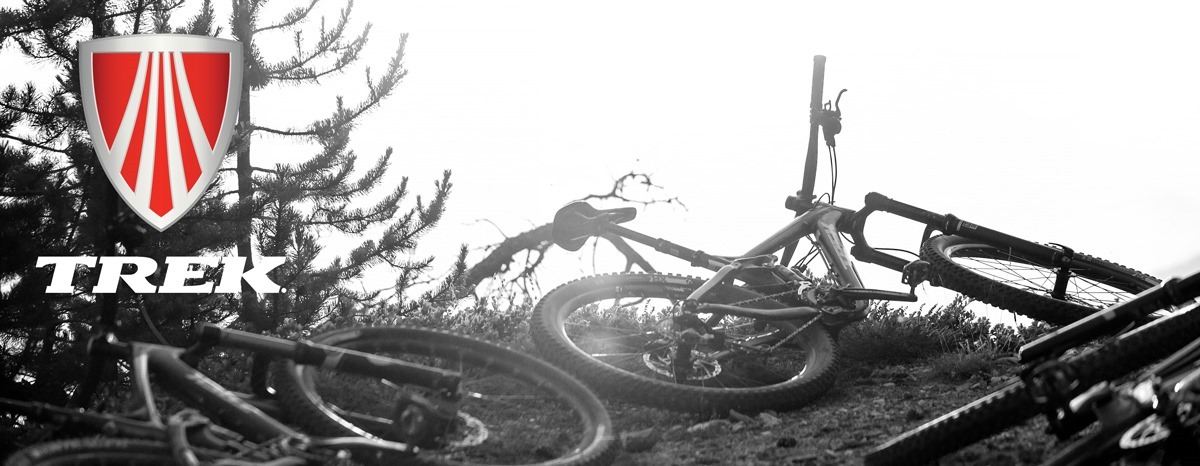
Credit: www.leisurelakesbikes.com
Fit & Sizing Tips For Trek Bikes
Finding the right size Trek bike for your height is crucial for a comfortable and enjoyable riding experience. Trek offers a wide range of mountain bike sizes, including XS with increased standover height and ML (medium-large), to ensure a perfect fit for all riders.
To determine the correct size for you, use Trek’s bike size finder tool, which requires you to measure your height and inseam. If you fall between sizes, it’s recommended to choose the smaller size for a more nimble and maneuverable ride.
Remember, proper fit and sizing are important factors in maintaining good posture, maximizing power transfer, and preventing injuries. By following these fit and sizing tips for Trek bikes, you can ensure a smooth and enjoyable ride every time.
Frequently Asked Questions For What Size Trek Bike Do I Need For My Height
How tall of a bike do i need for my height.
To determine the right bike size for your height, refer to the Trek Bike Sizing Guide. It provides specific frame sizes based on your height range.
What Size Is An 18.5 Trek?
The size of an 18. 5 Trek bike is 20 inches. (9 words)
What Height Is A 26 Inch Bike For?
A 26-inch bike is suitable for individuals with a height range between 5’4″ to 5’10”.
To ensure a comfortable and enjoyable biking experience, it’s crucial to find the right size Trek bike that suits your height. Trek offers a variety of frame sizes to cater to different riders, allowing for a more customized fit. Taking into account your height and inseam measurements, you can use the online tools provided by Trek to determine the ideal size for you.
It’s important to remember that the sizing recommendations provided by Trek are a general guideline, and personal preference also plays a role. Factors such as riding style, flexibility, and intended use should also be considered when selecting the right size bike.
By choosing the correctly sized Trek bike, you can enhance your cycling performance and reduce the risk of discomfort or injury. So, take the time to find the perfect fit and enjoy your biking adventures to the fullest!
About the author

I’m Shahed Parvej, the proud owner and founder of this platform. As a passionate Bike Enthusiast, I’ve embarked on a journey to share my knowledge, experiences, and insights with fellow enthusiasts, newcomers, and everyone intrigued by the world of biking.
Leave a Reply Cancel reply
Your email address will not be published. Required fields are marked *
Save my name, email, and website in this browser for the next time I comment.
Latest posts

Discover the Ultimate Best Bike Brake in 2024 for Unbeatable Cycling Performance
As an Amazon Associate, I earn from qualifying purchases.Looking for the best bike brake in 2024? The shimano xtr m9100 disc brake offers top-notch performance, reliability, and precision, making it a standout choice for cyclists. The importance of a reliable bike brake cannot be overstated, especially when it comes to ensuring safety on the…

Can You Put 27 5 Wheels On A 29Er: Unveiling the Ultimate Upgrade
As an Amazon Associate, I earn from qualifying purchases.Yes, you can put 27.5 wheels on a 29er bicycle as long as the frame and brakes allow for the smaller wheel size. Swapping to smaller wheels can improve agility and maneuverability on rough terrain. It’s essential to consider the impact on the bike’s geometry, bottom…
What is a Wet Bike
As an Amazon Associate, I earn from qualifying purchases.A Wet Bike is a planing motorized watercraft that combines the features of a motorcycle and a jet ski. It is propelled by pump jets, similar to other personal watercraft. The original Wetbike was introduced by Spirit Marine and marketed as a “water motorcycle” with the thrill…
- More Networks

Trek Size Guide
The right size bike for your body size is essential to ensure the optimum experience, comfort and enjoyment as you ride. With sizing varying between the type of bike and even the model, we’ve compiled a handy guide to Trek Bikes to help you get the correct size.
Browse different models & disciplines below or try out Trek’s Size Finder !
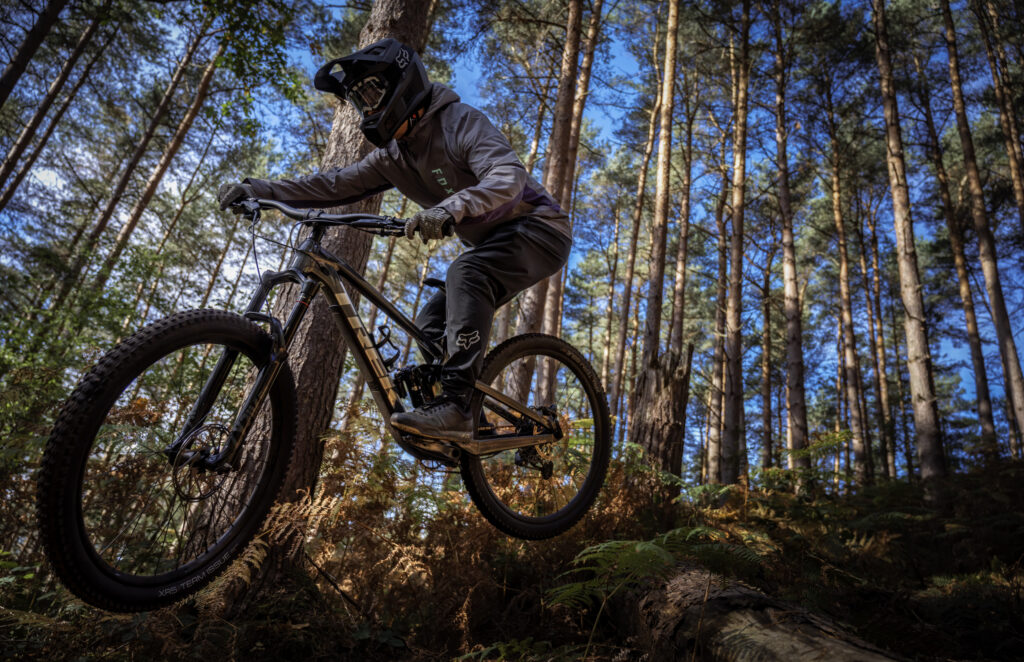
The charts below show recommended sizes based on height, but there are some other factors, like arm and leg length, that determine a great fit. That’s why you’ll see some overlap in Trek’s recommendations. Not every rider who’s 5´8˝, for example, will fit on the same size bike.
The best way to find your perfect fit is to consult an expert at your local Leisure Lakes Bikes store!
Trek Men’s Mountain Bike Size Guide
Rail & E-Caliber
Slash, X-Caliber, Procaliber, Roscoe, Remedy, Fuel & Top Fuel
Trek Men’s Fat Bike Size Guide
Trek Men’s Commute/Hybrid Size Guide
Allant, Verve, Dual Sport, District & FX (excluding FX Sport)
Trek Men’s Road Bike Size Guide
Domane, Emonda, Madone & Checkpoint
Trek Women’s Mountain Bike Size Guide
Trek Women’s Commute/Hybrid Bike Size Guide
Verve+ (For Allant, Dual Sport & FX, please see Men’s Sizing)
Roscoe, Wahoo & Kickster
Related Posts

Transition Size Guide
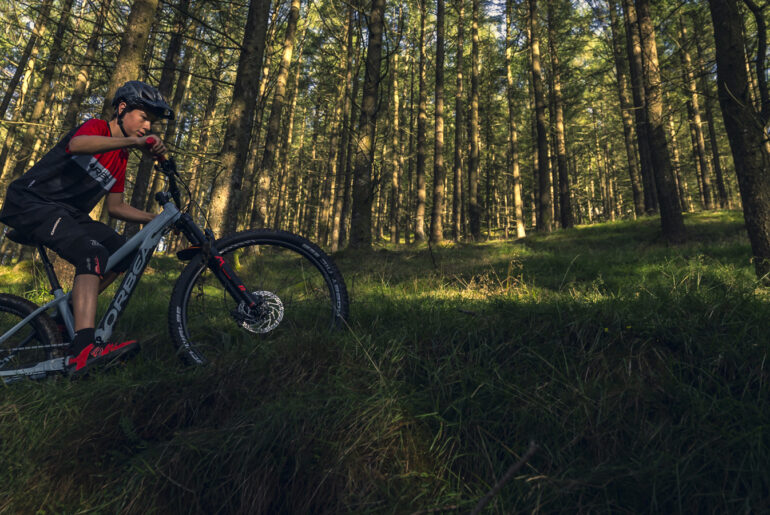
Kid’s Bike Size Guide

Merida Size Guide
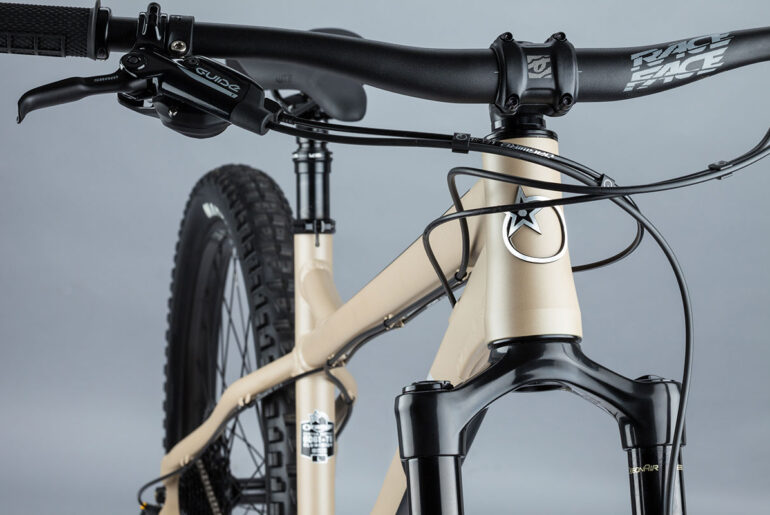
Orange Bikes Size Guide
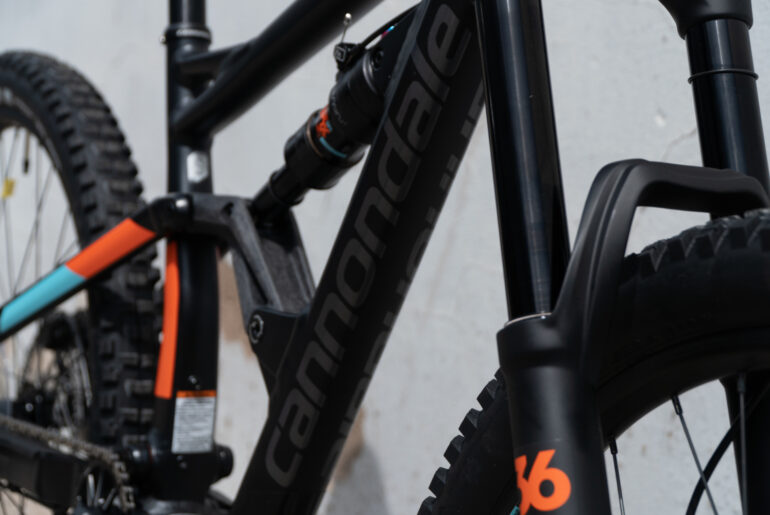
Cannondale Size Guide
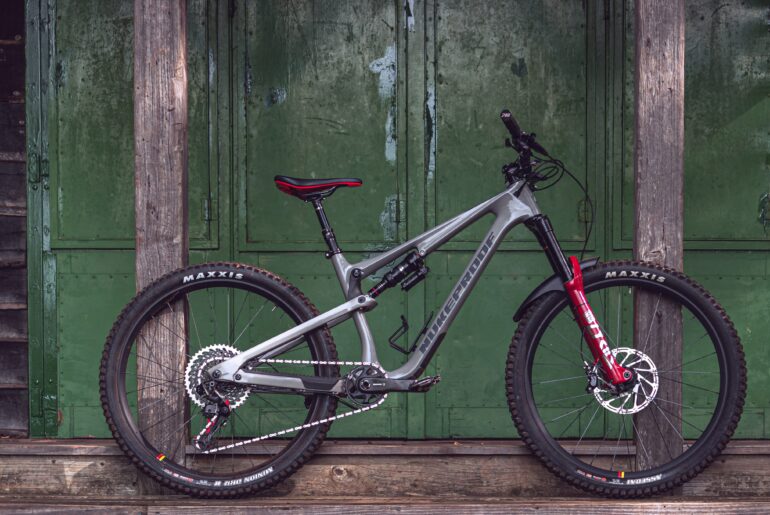
Nukeproof Size Guide
- Latest Posts
- Buyers Guides
- Size Guides
- Preston Hub
- Preston/Southport
Type above and press Enter to search. Press Esc to cancel.
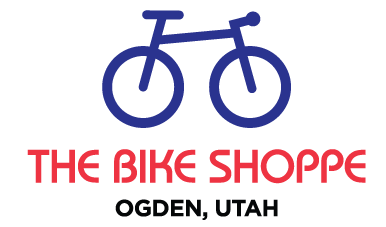
Join our Email List
Subscribe to our mailing list.
Oversize Charges
Some of our large and/or heavy items are subject to additional oversize charges that are separate from standard shipping costs. Most Bikes are subject to this fee. Learn More

OPEN: Mon, Sat 10-5; Tues - Fri 10-6; CLOSED: Sun
- Account Account
- Stores Stores
- Subtotal : $ 0.00 Checkout Cart

Trek Full Suspension MTB Buyer's Guide
Trek offers a wide range of full-suspension mountain bikes built to dominate the toughest terrain. Explore this comprehensive guide to Trek’s XC and enduro racers, downhill models, and versatile trail bikes.
What are Trek Full-Suspension MTBs?
Trek full-suspension mountain bikes include both a front suspension fork and rear shock for ultimate trail capabilities. Extra shock absorption not only makes the ride more comfortable, but also allows riders to have more control over large obstacles. These advantages let mountain bikers carry more speed downhill or through XC race circuits.
If your riding style frequently lands you in the steep-and-chunky, a full-suspension setup is the way to go. And if full-suspension isn’t your thing, you can browse our wide range of Trek bikes available online or in-store.
Trek Supercaliber
Highlights : Front: 100mm, Rear: 60mm, Wheels: 29”, Frame: Carbon, Style: XC

The Supercaliber’s actions speak more than words, winning both the 2021 Olympic and World Championships. This model is the gold standard of high-performance XC bikes and includes enough rear suspension without compromising on speed. The Supercaliber’s secret weapon is the innovative IsoStrut rear shock with 60mm of travel that makes this model stand out from the pack. XC racers beware— this podium-topping bike might give you superpowers..
Forget about the hardtail vs. full-suspension debate. The Supercaliber has 100mm up front and 60mm at the rear for the perfect balance between race pace and shock absorption.
Every model has a lightweight build and Straight Shot downtube to boost stiffness. Knock Block technology prevents frame damage in the event of a crash and the internal cabling stays out of the way.
Racers need to stay hydrated, too. The Supercaliber fits two water bottles in the main frame triangle so you can stay fueled during extended training sessions or long races.
Trek Top Fuel
Highlights : Front: 120mm, Rear: 120mm, Wheels: 29”, Style: XC/Trail
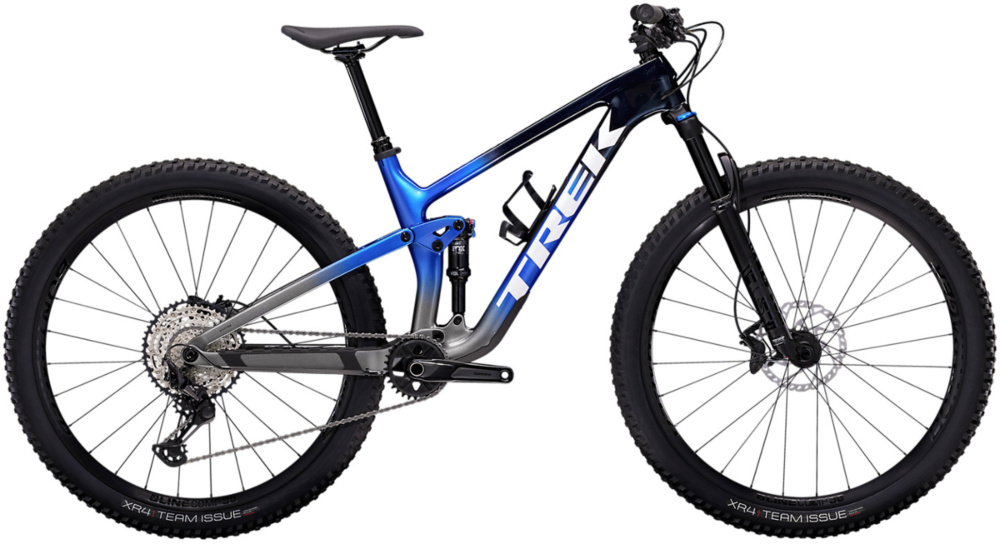
The Top Fuel is a short-travel 29er that hits the sweet spot between trail bike and cross-country racer. This model is ideal for riders that shred the mountain in both directions— the Top Fuel climbs better than a trail bike and outperforms standard XC machines on the rough stuff.
The lightweight full-suspension setup preserves snappy handling so you can go fast with confidence. The updated Top Fuel model is more capable on the downhills than its predecessor and has adjustable geometry via a flip chip. The latest generation comes with Knock Block 2.0 to protect the top tube in the event of a crash— now removable and with a wider turning radius.
The all-new Top Fuel has a 66° head tube angle that's 1.5° slacker than the previous generation and has 10mm more reach, a killer combo for a more stable ride at high speeds. Toggle between High and Low frame geometry settings on the go with the Mino Link.
Pair a rear shock to a standard-travel XC fork and you’ve got an all-mountain beast that stays nimble and efficient. The high anti-squat maintains snappy pedaling for great acceleration on the climbs.
Now all Top Fuel models— both alloy and carbon— come with a built-in storage solution inside the downtube to easily carry tools or snacks. Riders can use the compatible Bontrager BITS tool bag for additional organization.
Trek Fuel EX
Highlights : Front: 150mm, Rear: 140mm, Wheels: 29” (27.5” on XS/S frames), Mixed option, Frame: Carbon or aluminum, Style: Trail
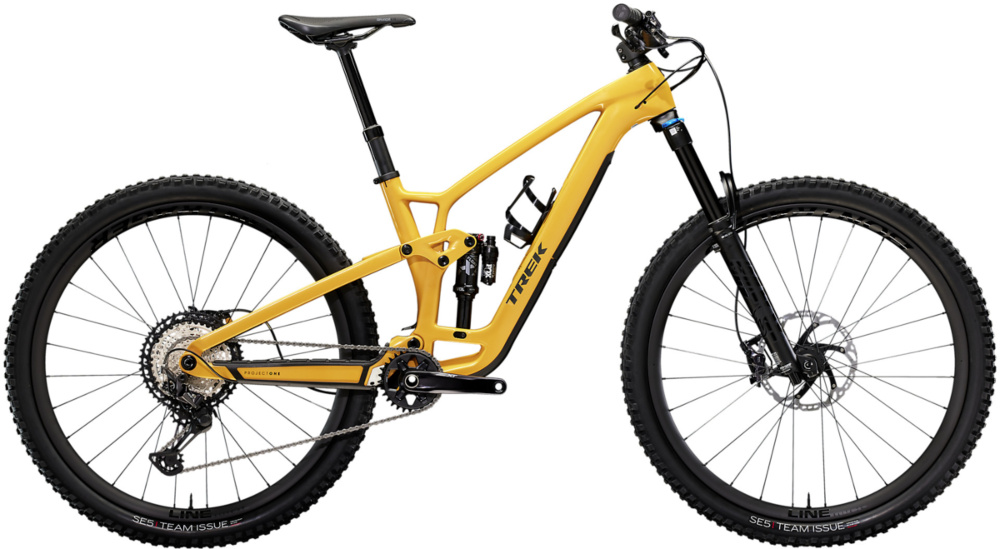
One of Trek’s most popular models, the Fuel EX is a do-it-all-well trail bike that’s designed to go anywhere. The mid-length travel is plenty capable on the rough stuff and isn’t overkill on the more moderate routes. This workhorse is perfect for riders that traverse a variety of terrain and want an all-mountain companion. The Fuel EX runs 29” wheels on the larger frames and has 27.5” hoops on XS and S sizes and the carbon models come with a neat storage compartment in the downtube.
RE:aktiv is Trek’s exclusive rear shock that responds differently to pedal strokes and bumpy terrain to optimize suspension out on the trail. Select Fuel EX models come with the higher-end RE:aktiv Thru Shaft shock.
The Fuel EX comes as a 29er on larger frame sizes and runs 27.5” wheels on XS and S frames. No matter your height, there’s a tuned geometry that’s right for you.
The Active Braking Pivot retains suspension performance under braking and the Mino Link lets riders alter frame geometry with a flick of a switch. Knock Block protects the frame in the case of a crash.
Trek Remedy
Highlights : Front: 160mm, Rear: 150mm, Wheels: 27.5”, Frame: Carbon or aluminum, Style: Enduro/trail
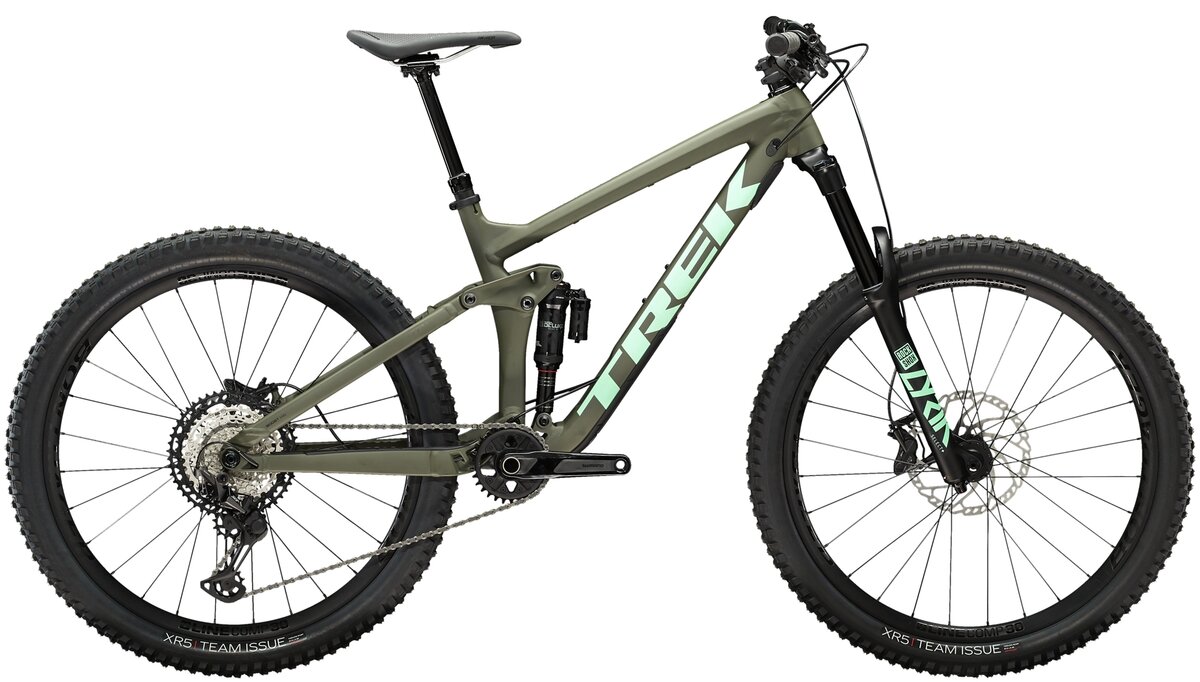
The Remedy is your one-stop-shop when it comes to a long-travel trail bike for aggressive riding. This model is light on its feet thanks to agile 27.5” wheels so you can whip around technical terrain and smash tight corners. There’s no lack of travel here with 160mm at the front and 150mm in the back. The Remedy has similar suspension specs as the 29er Slash, but provides sharper handling that transforms any mountain into a playground. If you’ve got a soft spot for tricky descents, this bike is a sure bet.
Smaller diameter 27.5” rims keep the Remedy nimble, even on the most technical terrain. These hoops and their 2.6” rubber offer zippy handling. Enjoy a more playful feel where you can whip around the trails and take corners like a pro.
Every Remedy model is powered by a SRAM Eagle 1x12 groupset for ultimate trail performance and unprecedented compatibility if you choose to upgrade parts down the road.
Retain suspension performance while braking thanks to Trek’s ABP technology that isolates the chainstays so the rear shock doesn’t stiffen up. You’ll have more traction at those critical moments on steep descents and twisty terrain.
Highlights : Front: 160mm, Rear: 160mm, Wheels: 29”, Style: Enduro/DH
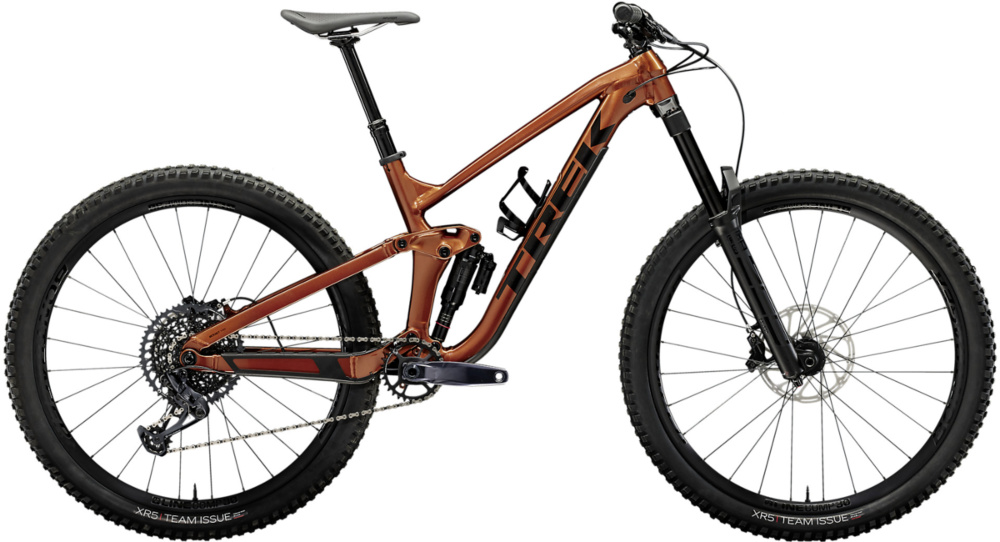
Conquer the wildest terrain with this long-travel 29er enduro bike. The Slash is built for enduro racing, but it’s fearless on the chunkier bumps and jumps of downhill parks, too. Beauty meets beast with this eye-catching MTB with its serious suspension package— 160mm of travel up front and 150mm in the rear. The lively frame is available in carbon or aluminum versions and stays damage-free thanks to Knock Block 2.0 technology.
Engineers from Trek and RockShox collaborated on the enduro-tuned rear suspension that responds to trail inputs rather than rider pedal strokes for more accurate compression on the roughest terrain.
The most recent Slash includes 10mm of extra travel front and rear and improved geometry specs to match. The frame is now longer and slacker for additional stability in steep-and-chunky terrain, even at high speeds.
Every model comes with a full-length downtube guard so riders can transport their bikes on their tailgate without worrying about scratches or frame dings. There’s also an internal frame storage compartment to hide snacks and tools.
Trek Session
Highlights : Front: 190mm (29”) or 200” (27.5”), Rear: 190mm (29”) or 200mm (27.5”), Wheels: 29” (27.5” compatible), Frame: Carbon or aluminum, Style: Downhill
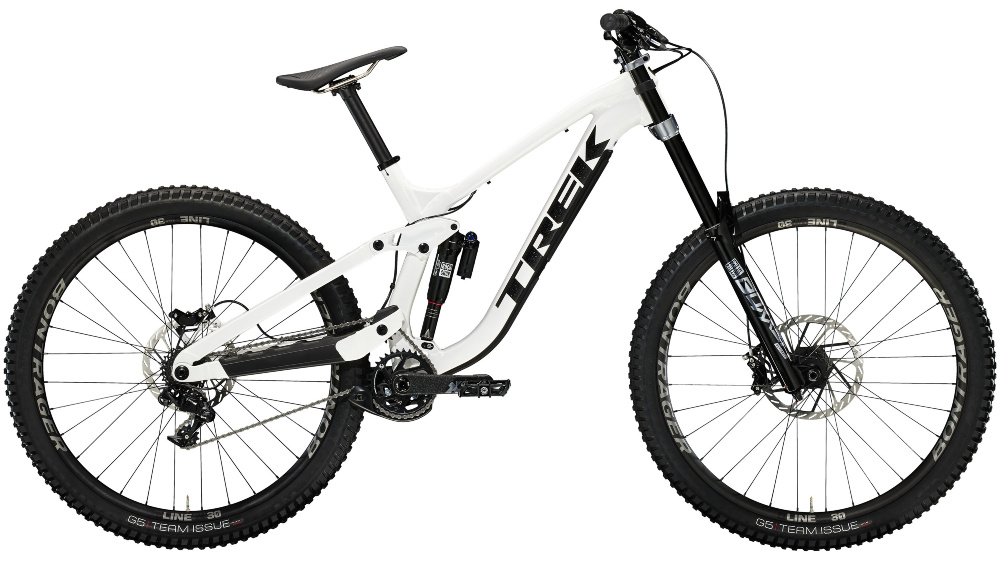
Designed to point downhill, the Trek Session is a world-class 200mm travel bike with the gold medals to prove it. This purebred DH model dominates bike parks and World Cup circuits with the most advanced suspension tech on the market. The high-pivot design and idler pulley provide a smooth, efficient ride over even the gnarliest of obstacles. The Session thrives in lift-services riding areas and on big jumps. With this downhill beast at your side, you’ll smash descents in record time.
The Session’s unique design improves back wheel movement over bumps which results in significantly smoother travel, more traction, and blistering speeds downhill.
The Session comes as a 29er, but riders can swap for 27.5” rims or run a mullet setup depending on their style. The Mino Link allows for on-the-fly progressively adjustment between 20 and 25 percent.
Frame sizes are now based on reach rather than seat tube length for a more accurate representation of ride feel. Chainstay length is also customized to match frame size and achieve a balanced geometry for every rider.
Electric Full Suspension MTB
Trek e-caliber.
Highlights : Lightweight eMTB, Front: 120mm, Rear: 60mm, Wheels: 29”, Motor: Fazua, Style: eMTB Cross-country
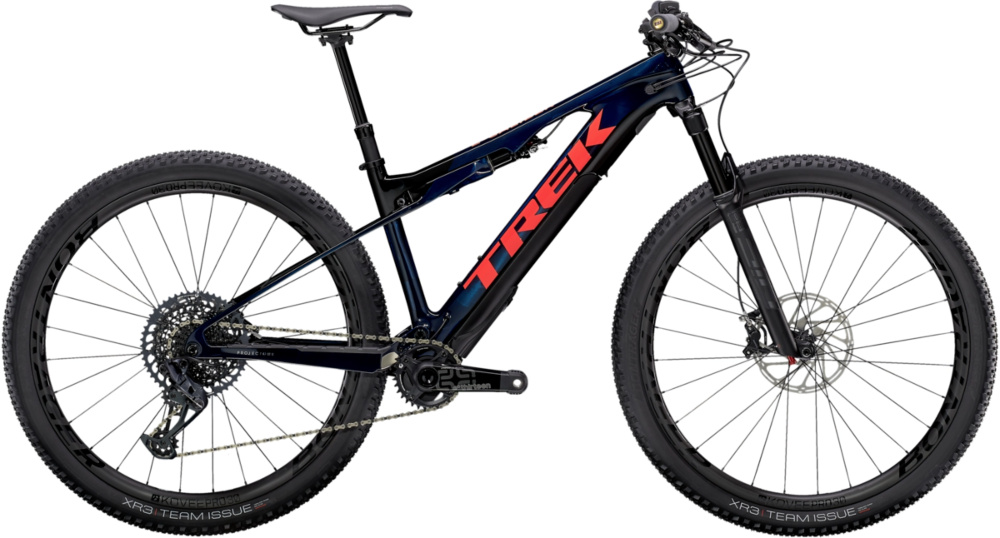
Who said electric mountain bikes couldn’t be lightweight? The all-new Trek E-Caliber fits full-suspension and a powerful Fazua motor into a slim setup. The sleek E-Caliber provides extra watts on XC circuits so you can ride longer and close the gap to stronger riders. There are three assist modes to match any conditions and optimize battery range. Big things can come in small packages and this supercharged XC model knows no limits.
The Fazua motor delivers power in different modes to optimize performance based on the terrain and riding style. Use Breeze mode for 100W of assist and longer range, River mode for 210W of assistance, and Rocket mode for 250W of climb-conquering power.
Like the Supercaliber, this bike comes with Trek’s IsoStrut shock for 60mm of travel and pivotless seatstays for ultra-tuned suspension.
At just 4.6kg, the internal motor provides serious pace and 55Nm of torque for getting up the hardest climbs while staying lightweight. Riders can charge or customize mode settings via the FAZUA App.
Trek Powerfly FS
Highlights : Front: 120mm, Rear: 100mm, Wheels: 29” (27.5” on XS/S), Motor: Bosch, Style: eMTB Hybrid/Cross-country
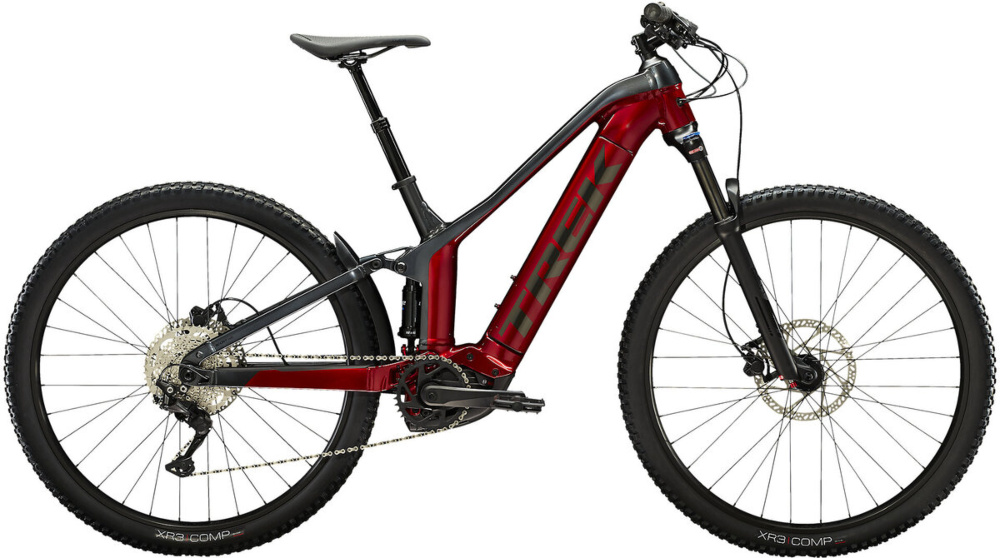
The Powerfly electric mountain bike features serious horsepower and a plush suspension setup to take your adventures to the next level. The trusted Bosch-drive system delivers smooth pedal assist and takes the sting out of the steepest gradients. There’s a battery range of 5 hours on lighter terrain and 3 hours on the rough stuff. The Powerfly is also available as a hardtail for stiffer XC performance.
The Powerfly is built around a top-of-the-line Bosch motor with Nm of torque and pedal assistance up to 20 mph. This renowned drive system combines smooth acceleration with a powerful punch on the trails.
Larger Powerfly frames come with 29” wheels while XS and S sizes run 27.5” for the perfect fit no matter your height. This balanced geometry also features a curved top tube to facilitate standing over the bike.
The smart eMTB mode automatically delivers the right amount of pedal assist and riders can switch to eMTB Lite mode, too. There’s Walk Assist for easy transport off the bike or making it up ramps.
The high-capacity battery fits neatly into the downtube and is easy to remove without tools. There’s still room for a water bottle cage and it fully charges in 3-5 hours.
Trek Fuel EXe
Highlights : Lightweight eMTB, Front: 150mm, Rear: 140mm, Wheels: 29", Motor: TQ 50Nm torque, Style: eMTB Trail
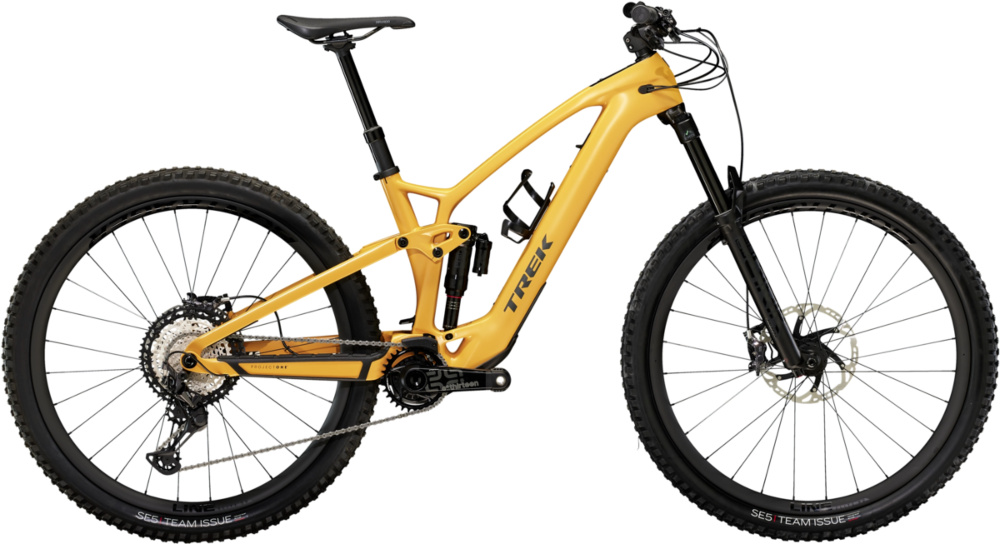
Highlights : Front: 160mm, Rear: 150mm, Wheels: 29”, Motor: Bosch, Style: eMTB Trail/Enduro

Go big or go home. The Trek Rail is a long-travel electric mountain bike that floats over the biggest obstacles and shoots up the climbs with ease. The plush suspension package is a gravity rider’s dream and the Bosch-drive system provides buttery smooth pedal assist. Designed with enduro riders in mind, the Rail feels at home pointing both up and down the mountain. The removable integrated battery keeps you running laps on rowdy trails all day long.
There’s 160mm of travel up front and 150mm at the rear that’s tuned for sending it downhill and pedaling up climbing sections. Its monster truck capabilities soak up the bumps for a more controlled descent.
Ready for another lap? Toggle between pedal assist modes to blast up the mountain and tackle steeper climbs than ever. There’s 85Nm of torque to conquer tough gradients and a top speed of 20 mph.
Large 29” rims come stock on every Rail model regardless of frame size.
Trek Full-Suspension MTB Size Chart
Trek full-suspension mountain bike faqs, is a mountain bike better with full suspension.
Not necessarily— full-suspension bikes are designed for harder-hitting terrain with big bumps and high-speed descents whereas hardtail models ride better on flatter terrain.
Can you ride a full suspension mountain bike on the road?
You can ride a full-suspension Trek mountain bike just about anywhere, but keep in mind that its extra weight and plush amount of travel will slow you down on the road.
Is Trek a good MTB brand?
Yes, Trek is one of the largest bike manufacturers in the world and outfits numerous professional World Tour cycling teams with their innovative bikes and components.
Is a full suspension bike good?
Full-suspension mountain bikes are great choices for riding trails with big obstacles, fast descents, or thrilling jumps. The extra shock absorption keeps the bike under control and allows riders to carry more speed over technical terrain.

Biketoworkday is supported by its audience. When you buy through our links, we may earn an affiliate commission. Learn more
Bike Sizing Guide: What Size Trek Bike Do I Need?
Written by Gary Johnson / Fact checked by Henry Speciale
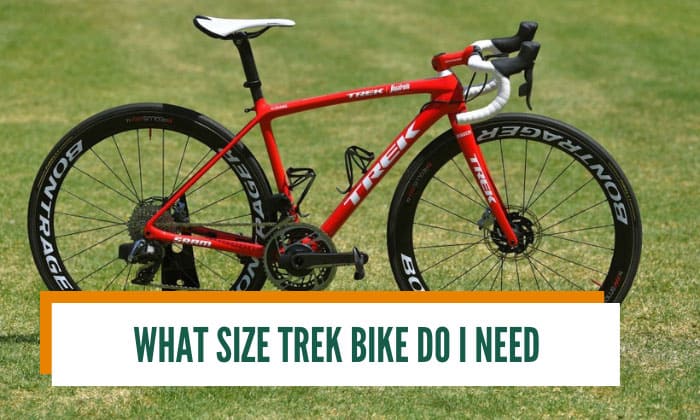
Are you looking for a bike to buy and asking yourself “what size Trek bike do I need?”
Trek bike sizing is very straightforward and varies by type.
For example, mountain bikes follow a unique method called alpha sizing that uses designations such as small, medium, or large. Using this system, a 5’3” to 5’7” tall person can use a 17.5” frame size.
On the other hand, Trek road bike sizing takes into account the inseam length.
If you want to get on the road or hit that trail with your ideal two-wheeler, check out our sizing guides below.
Table of Contents
1. Trek Mountain Bike
2. trek road bike, 3. city & hybrid bike size chart, things you can consider before choosing a trek bike size, helpful tip, trek bicycle sizing guide.
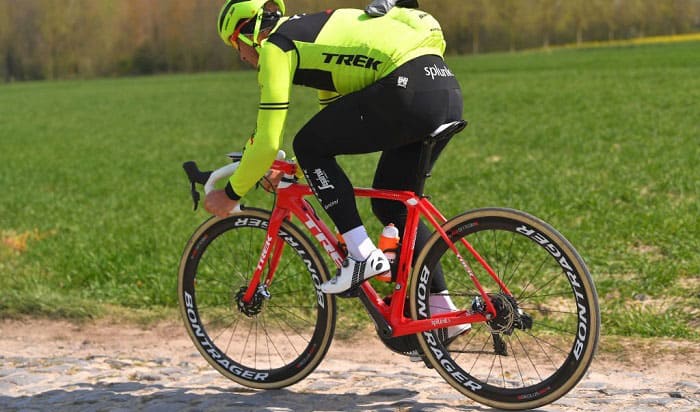
Trek bikes are comfortable and easy to ride, making them excellent for beginners. They also come in different dimensions, so you should find one that fits you perfectly.
Whether in inches or cm, our Trek bike size chart will help you match your height with the appropriate vehicle.
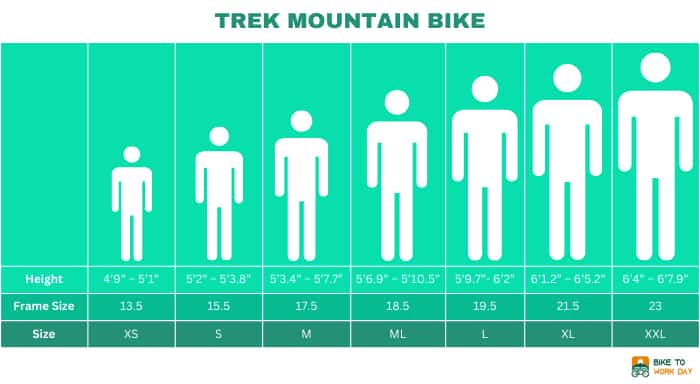
Unlike other brands, Trek bikes have upgraded their MTB sizing with alpha classifications to remove guesswork for customers.
You may find that your chosen model has some and not all of the sizes in this Trek MTB size chart. In that case, branch out and look for XS and XXL options if the Trek M/L frame size doesn’t fit you.
Note that the women’s bike size chart also uses the alpha sizing guide for their line of women’s mountain bikes though the height requirement is slightly different for each size.
Did You Know
The Trek Marlin 5, which is a popular trail mountain bike, uses the alpha sizing chart, but its size is not limited to XS – XXL only! Trek also offers an XXS with 26” wheels for this MTB type.
Trek has given us 4 categories when it comes to road bicycles. These include:
- Aero – The best aerodynamics for speed and performance
- Endurance – Provides comfort perfect for long hours of riding
- Time Trial – Speed-focused bikes with unique designs
- Climbing – Lightweight bikes excellent for uphill climbing
Designed to be a mixture of road and mountain bikes, Trek hybrid bicycles are best used for casual rides and commutes.
What size bike should I get? What does “size” really mean? And what is the best way to find the correct model for yourself?
There are usually FOUR different aspects that you must consider and have a good idea about.
Riding Style

Do you want to ride your bike for fun or use it for racing and exhibition? Regardless of your budget, it is important that you consider the type of biking you want to do. Some people prefer to ride in the city, while others prefer to cycle off-road.
Trek bikes come in various sizes depending on the vehicle’s discipline, since some frames have different geometry to provide the support their riders need.
Rider Height
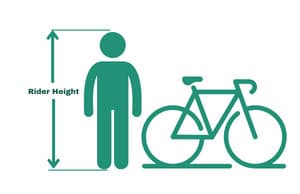
Most bicycle models come in different sizes for different body types so that they fit most people well.
The height of a person, when measured from head to toe, can help determine the bike size that would match them. This is because taller people have longer upper and lower extremities compared to shorter people, which means they will need different sizes of bikes in order to ride comfortably.
Inseam Length

After careful deliberation with the above two factors, the frame size is then ultimately determined by your inseams or the distance from your crotch to the bottom of your leg.
You should take this into consideration because it will determine how much room there is between your feet and handlebars when sitting on the saddle comfortably.
Practical Use /Test Ride

Last but not least, once you have chosen your bicycle size and Trek model, test out the bike with at least a short ride. This will let you assess the balance and comfort of the chosen vehicle.
Whether you ride recreationally or professionally, you cannot choose blindly. First, bikes are expensive, and second, you must buy the correct product to use it for a long time.
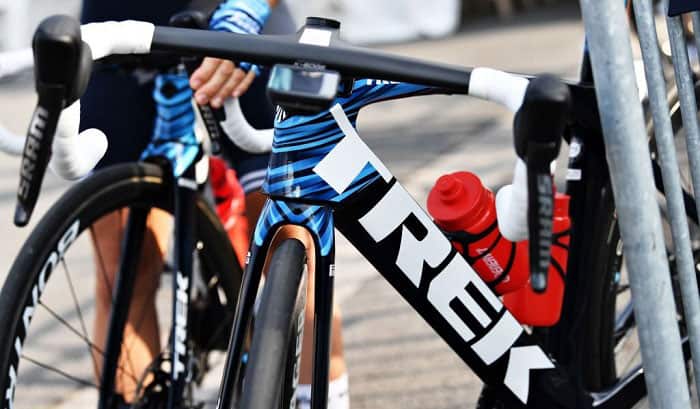
If you’re done with our Trek frame size chart, Trek’s online website also has a unique feature that helps you select the correct frame size. You can try their bike finder, which asks for your riding style, height, and even inseams before arriving at a recommendation.
In case you haven’t noticed, there is a lot of variation in bicycle sizing, and looking for the size I need for my height was not a walk in the park.
Well, I hope our guide answered your question about what size Trek bike do I need. Should you have any more questions, send us a message.
Read more: Choosing the Ideal Bike Size for Your Kids – Bicycle Sizing Guide.

“I ride my bike to work for years, but is that enough? Our carelessness towards our surroundings has taken a toll on the environment. And now, everyone is responsible for changes; even the most minor contribution is counted. With this hope and spirit, I started with my partner to establish Biketoworkday to help more individuals commute to their work sites on their bikes.”
Mountain bike wheel size chart – everything you need to know
Are you eyeing up a new bike and want to know more about how the different wheel sizes stack up? Look no further
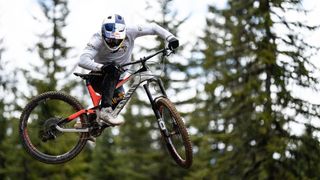
With several wheel size options out there it can be quite a challenge to figure out what it is exactly that you need for your mountain bike. We could be talking about vital inches that can make all the difference. Are the things people say about different wheel sizes true? Are bigger wheels faster? Smaller sizes more fun? With several standards established over the years, you may find yourself wondering which size might best suit your riding style.
Never mind choosing between the best mountain bike wheels and best gravel bike wheels , which size should you even be aiming for? We've taken the time to explain the differences between the most commonly available wheel sizes, and what unique features they bring to a ride, so you can make an informed decision. Read on for more.
The old guard: 26 inch MTB wheels
Why trust BikePerfect Our cycling experts have decades of testing experience. We'll always share our unbiased opinions on bikes and gear. Find out more about how we test.

Mountain bike wheel sizes are referred to by the diameter and they are commonly measured in inches. It all started with the 26-inch wheel diameter. 26-inch wheels have been about longer than most people alive. When we are talking about modern industry standards that is some serious consistency compared to recent years.
We used to have it so easy, it was 26-inch wheels or nothing. These days, like many other things in mountain biking we have evolved and moved on. So are 26 inch bikes dead? Well, kind of. On modern mountain bikes, the 26-inch wheel size is almost exclusively reserved for dirt jump and bikes for children. With spares becoming increasingly sparse, these days options for mainstream trail bikes have all but disappeared. The 26-inch wheel size can be made strong, stiff and the smaller frame size offers riders a bike that is more flickable and therefore still perfect for the dirt jump freestyle scene.
29er wheels: is bigger always better?
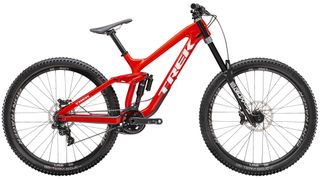
There are debates all over the internet disputing who started the revolution of mountain bike wheel size. The legend and pioneer Gary Fisher arguably wasn't the first or the only one to develop and offer an alternative to 26-inch wheels but the influential Fisher did have the ear and the backing of industry giant Trek. However, the lack of supply paired with the quirky handling characteristics of early 29-inch wheels – also known as twenty niners – meant that it never really took off in the early 2000s.
Fast forward a decade and the 29er revolt slowly started to gather momentum again. First in the XC bike market, winning races and showcasing the benefits of the larger diameter. Trail and Enduro bikes were next, honing similar perks as XC bikes. With technology and development improving the strength, stiffness and reliability of the larger wheels, the world's fastest downhill racers began to trial the 29er and the results speak for themselves. Take a wander around your local bike shop and you will no doubt notice that the 29er wheels can be found on most types of mountain bike.
The 29-inch wheels create a bike that feels very different from its smaller wheeled cousins. They take a little more time to get rolling and up to speed, but once they are there they have the ability to roll over trail obstacles like rocks and roots. The wheel hits these obstacles at a shallower angle when compared to smaller wheels. To simplify, just think about how a skateboard wheel almost stops every time it strikes a tiny stone compared to a bike wheel that barely even slows at all.
The 29er also boasts a longer contact patch with the ground, meaning more of the tire is on the ground once it conforms to the trail. The idea is a longer contact patch will aid traction while cornering and during technical climbs.
Early frame designs with 29-inch wheels felt awkward in tight turns and when you get some wind under the wheels. The bikes would take much more effort to pump the ground for speed. Modern advances in geometry and developments like Boost spacing allowed shorter chainstays and while retaining the tire clearance needed help to negate some of these early complaints.
650B (27.5-inch) wheels: the middle ground
After the rise of 29-inch wheels, there was room to trial something between the old 26-inch wheel and these larger wagon wheels. The 27.5-inch wheel size was developed. The aim was to take the benefits of each and create a ‘best of both’ middle ground, and they really took off. Sales were good and it was quickly accepted, and this finally killed off the 26-inch wheel on mainstream mountain bikes.
Also known as 650b wheels, 27.5-inch wheels allow the bike to retain some of the rollover capability while still giving a responsive and playful spirit, for that reason they can be still sometimes be found on longer travel bikes. The 27.5-inch wheel is also seen in some gravel bikes, allowing a bigger tire to be used compared to 700c (traditional road and CX wheel size) wheels. This increase in tire volume offers a little more comfort while also giving more of a mountain bike-like feel if you intend to push the term gravel a little on singletrack trails.
Generally speaking, 27.5-inch wheels work with the more playful, nimble and nippy type of bike compared to 29-inch wheels. Some manufacturers offer models with either 29 or 27.5 wheels. The larger frame sizes have a 29er setup and the smaller sizes with 27.5 wheels slotted into the same model of bike.
Plus size wheels
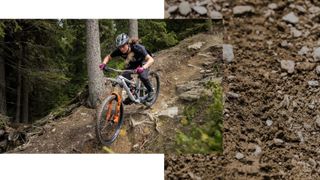
Plus size tires are offered in both 27.5 and 29-inch wheel sizes. The 27.5+ wheel standard has the same 584mm diameter as a regular 27.5-inch wheel, only the rim is wider to accommodate a tire that is around three inches wide. Some frames designed for a 27.5+ tire will also allow you to swap to a regular 29er wheel and tire combo as the outer diameter of 740mm is the same.
With 29+ wheels the outer diameter grows to 778mm. The tires (2.8 to 3.0 inches wide) were designed for riders that prioritize traction and stability.
The added grip that plus tires offer make them a perfect choice for riders who are new to mountain biking. The extra volume and traction give more confidence especially in loose and dry conditions. The added weight is the downside. Manufacturers have tried to combat this by offering lighter tires, but unfortunately once you start to really push these lighter tires harder into turns and trail obstacles, riders will run the risk of damaging the thinner side walls.
If you're using plus wheels and tires, make sure you set them up tubeless as they need running at low pressures to get the best out of them.
Any other sizes you need to consider?
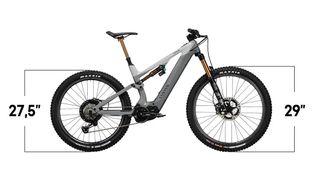
Believe it or not but the options don't end there. Mixed wheel sizes or ‘mullet’ bikes are very much established now. Often described as “business up front and party at the back”, the mullet bike isn't actually all that new. At the risk of sounding old, I remember it the first time around, Specialized released the Bighit with mixed wheel sizes back in the early 2000s, albeit a 26-inch wheel at the front and a 24-inch wheel in the rear.
These days the modern mullet bike has a larger 29-inch wheel slotted into the fork and a 27.5-inch wheel in the rear. This gives the benefit of the rollover with the 29er front wheel and the playful nature of the 27.5 with the rear. The mixed wheel size makes for a more nimble bike in the twisty stuff and also means you are less likely to buzz your bum on the rear tire when you are hanging off the back of the bike on super steep sections.
It will also give the bike a slacker head angle which is great for the descents. The trade-off is the bike might not feel as balanced as it would otherwise, as the rear wheel will catch more of the hits while the front rolls over trail obstacles better.
If you spend the majority of your time riding in the most extreme conditions in the deep sand of the desert or in sub-zero temperatures in snow, then you might want to try a fat bike. These bikes have huge ballooned tires as wide as five inches that roll on 26 or 27.5-inch sized wheels. The larger footprint and low pressures allow the bike to float over soft snow and sand. On the largest tires with the softest conditions, you can expect tire pressures as low as a couple of PSI. These smaller diameter wheels but with huge thick tires still offer a smooth ride on trails even with little or no suspension. Fat bikes also make for good bikepacking steeds as the wide tires spread the extra weight, stopping the tires from sinking into soft ground. These are pretty specialist bikes and they have their limitations on harder surfaces with the added rolling resistance.
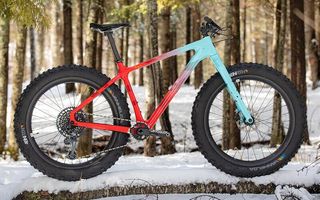
Dean is a freelance cycling journalist and a self-confessed pedal addict based in Dorset, who's fortunate to have the New Forest National Park and the Isle of Purbeck on his doorstep. Not confined to his local spots, riding bikes has meant Dean has been fortunate to travel the world in search of the best trails. From summers spent in the Alps to exploring iconic locations such as Scotland, Aosta Valley, the Pyrenees, Finale Ligure, New Zealand and Whistler to name a few. Over the years he has dabbled in racing DH and enduro to XC. More recently Dean has been exploring the UK with his gravel bike and loves a bikepacking trip. As passionate about writing as much as his riding, by recapturing his adventures through his stories and sharing his own experiences of products by writing technical reviews, he's also a regular contributor for Singletrack and Grit CX .
Rides: Open U.P
Height: 180cm
Weight: 65kg
I've tested all kinds of mountain bikes over three decades, but these 5 modern MTB features drive me properly nuts
Pipe down MTB conspiracy theorists, it turns out that SRAM's UDH gear hanger was a truly brilliant idea after all
McLaren (yes, the supercar brand) release an e-MTB which it claims to be the world’s most powerful street-legal electric mountain bike
Most Popular
2024 BUDGET BIKE ROUNDUP
Trek fuel ex 5 gen 5 review.
Words by Travis Reill | Photos by Dusten Ryen & Brian Niles Sponsored by Leatt & Tifosi Optics
With trail bikes in Trek’s lineup reaching five-digit prices, it is nice to see the industry giant offer a full-suspension trail bike that doesn’t break the bank. Trek was kind enough to send us the Fuel EX 5 to ride and review in our budget-bike shoot-out. At just under $2,500, the Fuel EX 5 is one of the most expensive bikes on test. We were excited to get the Fuel EX 5 out on the trails and see how it stacks up against the others in our test bike group.
• 130mm single-pivot ABP • Flip-chip adjustable geo • HTA 66.5 (high setting) • STA 75.5 (high setting) • REACH 475 (Large, high setting)
Big-brand Security
Highest Quality Frame On Test
WE DON’T
Short dropper post
Wide, Heavy wheels
Least Pedaling Support Of The Group
ABOUT THE TREK FUEL EX 5
Many of us are familiar with Trek’s trail-busting Fuel EX line. The Gen 6 Fuel EX saw added travel – not to mention a new frame design – but that doesn’t mean there isn’t room for the shorter-travel younger sibling out on the trails. With 140/130mm of travel and relatively moderate geometry, the Trek Fuel Gen 5 has been a trail bike many have reached for years.
FRAME AND FEATURES
Trek’s Fuel EX 5 features Alpha Platinum Aluminum. Trek boasts their aluminum “is continuously cold extruded and butted at multiple points, and hydroformed into sophisticated tube shapes for maximum strength and minimum weight.” The Fuel EX also has Trek’s Knock Block headset system, which prevents the handlebars from hitting the top tube and causing damage in a crash. Cables are internally routed, and the frame is offered in two color options: black, or the black and yellow we received.
The Fuel EX is offered in seven sizes, from XS to XL. X-small and small frame sizes come with 27.5-inch wheels and a pronounced dip in the top tube to help with standover height. Sizes medium and up are all equipped with 29-inch wheels. If you are familiar with Trek’s sizing, you will know that they also offer a medium/large size for those in between the two sizes. This is the only “in-between” size offered.
Trek’s Mino Link allows you to change the Fuel EX’s geometry. Switching from high to low will slacken the bike by 0.5°, drop the BB by 6mm, and shorten the reach by 5mm. While the bike comes with a 140mm travel fork, Trek gives allowance for bumping up to 150mm to improve descending capability.
The Fuel EX is essentially a linkage-driven single-pivot with one key difference—a pivot at the rear axle. Trek calls this their Active Braking Pivot (ABP) design. On most suspension designs, braking is considered to negatively impact the rear suspension’s ability to absorb impacts and provide traction. Trek’s ABP design aims to allow the rear suspension to remain more active under braking forces.
The Fuel EX 5’s geometry remains relatively moderate compared to today’s trail bike trends. For clarity’s sake, I’ll share the geometry in the “high” setting of the geometry-adjusting Flip Chip. The head tube angle is 66.5° and is paired with a 75.5° seat tube angle. The Stack Height ranges from 559mm to 623mm and Reach lengths range from 400mm to 500mm. Our size large came in at 609mm and 475mm respectively..
The BB height is 341mm in X-small and small, then 346mm for medium and up. Similarly, the BB drop is only 14mm below the axles on the two smallest sizes, and 28mm on sizes medium and up to account for the larger wheels. 436mm chainstays feature across all sizes. Our size Large Wheelbase totalled 1211mm.
BUILD SPECS
For the Fuel EX 5, Trek only offers two build options: a higher-end, 9.8 AXS Gen 5 and the budget-friendly EX 5 they sent us at $2,499. Leading the charge on our test bike was a Rockshox Recon Silver with the Motion Control damper and lockout. In the rear, there was a X-Fusion Pro 2 shock with “open” and “climb” positions.
The drivetrain is a complete Shimano Deore M6100 12-speed build, with Shimano’s 10-51 tooth cassette and a 30-tooth chainring. Shimano also handles the brakes, with 2-caliper hydraulic stoppers and 180mm rotors. 35mm width Alex MD35 wheels are laced to Bontrager hubs, and roll on wide 2.6 Maxxis Rekons. Bontrager makes up the rest of the build with tires, cockpit, and saddle—with the exception of a TranzX dropper post at a short 130mm drop length.
With a brand name as large as Trek, our expectations with the Fuel EX 5 were reasonably high. Even with a more budget-friendly component build, we figured Trek’s proven platform would shine through, regardless of the parts hanging from the frame.
When we tested the Trek Fuel EX 5 on the trails, we found it best suited for riders looking to put in miles. Its very moderate 66.5° headtube angle—the steepest of any of the bikes on test—puts the rider’s body more toward the front of the bike. This allows for a comfortable pedaling position, especially on climbs, which the Fuel EX 5 did reasonably well on. That forward-heavy position also provided good handling on the relatively techy bits of the climbs.
Even with a steeper headtube angle, the Fuel EX 5 wasn’t overly twitchy on faster descents. With 130mm of rear travel, it tackled some rough and chunky trails reasonably well, but finding its limit was quite easy for our aggressive riding crew. It also jumped decently, although the suspension had been firmed up quite a bit. This was done out of necessity, to add support to prevent harsh bottoming out on harder hits. Less aggressive riders looking for a more conventional light-duty trail bike may not feel the need to do the same.
One thing that seemed to hold the Trek Fuel EX 5 back while descending was the dropper post. Our size large EX 5 came with a 130mm dropper, a much shorter length than we’re used to for a size large frame. This meant having quite a bit less post insertion to get proper saddle height for climbing. When it was time to point the EX 5 downhill, the seat, even when dropped all the way down, was high enough between your legs to make handling the bike uncomfortable.
Initially, the expectation was that the Trek Fuel EX 5 might be the most efficient and best pedaling bike on test. However, we found that this wasn’t the case once we hit the trails. The bike’s geometry teased that as the case, but something seemed to be holding it back. After several of our testers spent considerable time on the Fuel EX, we concluded that the rolling weight of the wheels made the bike seem sluggish. We’re not sure why a trail bike is spec’d with 35mm inner width rims, but that, combined with 2.6 width tires, surely hurt the Trek’s performance when it came to rotational efficiency.
As with many of the other budget bikes in the field, the suspension and brakes were also where the Trek Fuel EX 5 came up short. The Fuel EX 5 shared the same suspension, and many of the same issues, as the GT Sensor Sport. The fork and shock both seemed sticky, and there were very few adjustments. The air pressure X-Fusion recommended for me (Travis) essentially turned the bike into a hardtail. When I let air out to get an appropriate SAG, the shock bottomed out hopping off a curb. Regarding brakes, the Shimano 2-pistons performed better than some of the other brakes on the budget bikes, but they still left us wanting a bit more power.
The Wolf’s Last Word
Price: $2,499.99 Website: Trekbikes.com
2024 BUDGET BIKE SHOOTOUT SPONSORS
Leave a comment, win free swag.
Want to win some free schwag? Leave a comment and vote up the most thoughtful comments and each month we’ll pick a winner. The person with the smartest and most helpful replies will earn some sweet new gear. Join the Pack and get the latest news and read the latest reviews on the top mountain and electric mountain bikes .
- Fuel EX 9.9 XX AXS T-Type Gen 6 – 2024, Medium
We'll take care of you. Period.
It's our mission to provide you with world-class hospitality every time you visit us online or in-store. We're always here to help you. It's the Trek way.
30 Day Unconditional Guarantee
If for any reason you aren't 100% happy with your trekbikes.com purchase, you can return it in like new condition within 30 days - no questions asked.
Couldn't be happier
"I couldn't be happier. Easy deal, came in a couple of days. Only had to put on the bars and front wheel. Thank you, Trek!" -Rick
Best packaged bike
"Hands down the best packaged bike I've ever had shipped." - Ronald
Incredibly impressed
"I want to let you know how incredibly impressed I am with my entire Red Barn Refresh bike purchase experience...one of the best buying experiences I've ever had." - Jim

IMAGES
VIDEO
COMMENTS
Sizing charts. Use the "sizing & fit" link at the top of any product page to find the size that's best for you. Go to bikes Go to apparel.
21" - 22". 53cm - 57cm. 6' 4" +. 194cm +. XXL. 23" +. 58cm +. The best place to start when trying to choose the right size mountain bike is by looking at a size chart. Our mountain bike frame size chart here is a good baseline, helping you find the right size bike for your height.
Here's our mountain bike sizing chart. This will be an excellent starting point when it comes to finding the right mountain bike size for you, but there's a little more to it than meets the eye, which we'll discuss below. ... For example, a mountain bike frame with an 18" seat tube from Trek could be a "Medium", but an 18″ frame ...
170-185 cm. 5'11"-6'1". 187-193 cm. 6'2"-6'4". 194cm+. 6'4"+. This chart is a great starting point, but isn't always the definitive answer due to varying frame geometry and riders having unique proportions. Feel free to swing by our locations to test ride a mountain bike and know for sure. Keep reading to learn about other ...
You're looking at the United Kingdom / English Trek Bicycle website. Don't worry. ... Fit & Sizing; We're here to help you with your bike sizing and cycle clothing sizing needs. Sizing charts. Use the "sizing & fit" link at the top of any product page to find the size that's best for you. ... Mountain bikes Hybrid bikes Electric bikes ...
Our guide to mountain bike sizing will help you find the correct sized mountain bike for you, while our tips on fit will ensure your bike fits as it should.
This mountain bike sizing and fitting guide will. No matter which mountain bike you choose it has to match your bodies measurements as closely as possible. This mountain bike sizing and fitting guide will ... Trek Marlin 2019. 13.5 inch frame size number, wheels 27.5, standover 70.5cm 15.5 inch frame size number, wheels 27.5, standover 72.8cm ...
1. Ebicycles.com Online Calculator : An easy way to find the right MTB frame size by using your height and inseam length. 2. Competitive Cyclist Fit Calculator : A more detailed bike fit calculator that lets you know the correct standover height range, top tube length, saddle height, and more. 3.
This chart use measurements suggested by Trek Bikes: Trek Remedy Size Guide Chart; Trek Slash Size Guide Chart; Trek Fuel EX Size Guide Chart ; Trek Rail Size Guide Chart; ... "Ordered a Cube reaction electric mountain bike from MTB Monster, Excellent service from them. Great price for the bike, communication was brilliant and it came quickly ...
On a large, the reach is 470mm and the top tube length is 619mm. For the small, the standover height is 702mm, while the large is 713mm. Bike brands usually recommend a size based on the rider's height. For example, in Santa Cruz's case, a person that's 1.57-1.65m will need a size small, whereas a person who's 1.75-1.85m will ride a large.
Trek mountain bike models use a number (e.g. Trek Fuel EX 9.9) to indicate the frame material and component build. Models with a 5 through 8 use aluminum frames, with 5 indicating entry-level builds and 8 indicating top-of-the-line aluminum builds. Models with a 9 use carbon frames. To differentiate build levels within carbon models, Trek uses ...
The Remedy is Trek's long-legged trail bike which comes with four models for 2021. It rolls on 650b wheels and gets 160mm of travel at the front, with 150mm at the rear. Much like the Slash, the Remedy benefits from the Knock Block, the Active Braking Pivot, and the Mino Link.
With newer inventions and modern bike geometry, alpha sizing is used in place of numeric sizing on Trek mountain bikes. Why is alpha sizing important? 1. Easier approach. Instead of using size numbers like 19.5, the sizes can be classified into S, M, ML, L, XL, and XXL. So, someone with a 17.5 size can go for the medium and a 19.5 is a large size.
The recommended frame size for a height range of 5'4″ - 5'10" is 17. 5 inches, and for those with a height range of 5'8″ - 6'2″, the suggested frame size is 20 inches. By following this guide, you can ensure that you choose the right size Trek hybrid bike for your height. Credit: www.leisurelakesbikes.com.
The right size bike for your body size is essential to ensure the optimum experience, comfort and enjoyment as you ride. With sizing varying between the type of bike and even the model, we've compiled a handy guide to Trek Bikes to help you get the correct size.. Browse different models & disciplines below or try out Trek's Size Finder!. The charts below show recommended sizes based on ...
Trek full-suspension mountain bikes include both a front suspension fork and rear shock for ultimate trail capabilities. Extra shock absorption not only makes the ride more comfortable, but also allows riders to have more control over large obstacles. These advantages let mountain bikers carry more speed downhill or through XC race circuits.
Trek bike sizing is very straightforward and varies by type. For example, mountain bikes follow a unique method called alpha sizing that uses designations such as small, medium, or large. Using this system, a 5'3" to 5'7" tall person can use a 17.5" frame size. On the other hand, Trek road bike sizing takes into account the inseam length.
The 27.5+ wheel standard has the same 584mm diameter as a regular 27.5-inch wheel, only the rim is wider to accommodate a tire that is around three inches wide. Some frames designed for a 27.5+ tire will also allow you to swap to a regular 29er wheel and tire combo as the outer diameter of 740mm is the same.
30mm of headset spacers. Put through 151-point inspection, washed, overhauled, and serviced by an expert Trek technician. Lifetime warranty on framesets (frame and rigid fork), main frame, and full suspension swing arms. Quick assembly guide and all necessary tools included. Pedals not included.
You're looking at the New Zealand / English Trek Bicycle website. Don't worry. ... Fit & Sizing; We're here to help you with your bike sizing and cycle clothing sizing needs. Sizing charts. Use the "sizing & fit" link at the top of any product page to find the size that's best for you. ... Mountain bikes Hybrid bikes Kids' bikes Women's ...
Weight. 13.86 kg / 30.56 lbs. SizingService. Discover your next great ride with Fuel EX 8 Gen 5 - 2022, Large. See the bike and visit your local Trek retailer. Shop now!
View your country/region's Trek Bicycle website here. Fit & Sizing. Trek Bike Size Finder Apparel fit guidelines Fit & Sizing; We're here to help you with your bike sizing and cycling apparel sizing needs. Sizing charts. Use the "sizing & fit" link at the top of any product page to find the size that's best for you. ... Mountain bikes Hybrid ...
Weight. M - 15.65 kg / 34.51 lbs (with TLR sealant, no tubes) SizingService. Discover your next great ride with Slash 9.8 XT Gen 6 - 2024, Medium. See the bike and visit your local Trek retailer. Shop now!
For the Fuel EX 5, Trek only offers two build options: a higher-end, 9.8 AXS Gen 5 and the budget-friendly EX 5 they sent us at $2,499. Leading the charge on our test bike was a Rockshox Recon Silver with the Motion Control damper and lockout. In the rear, there was a X-Fusion Pro 2 shock with "open" and "climb" positions.
Weight. Weight. 13.80 kg / 30.43 lbs. SizingService. Discover your next great ride with Fuel EX 9.9 XTR Gen 6 - 2024, Medium. See the bike and visit your local Trek retailer. Shop now!
Buy Trek - Marlin 7 2024 Hardtail Bike from Evans Cycles, UK's leading specialist bike shop. ... Rack and mudguard mounts make it easy to accessorise, so your mountain bike can double as a rugged commuter; ... Marlin 7 Sizing. XS S M M/L L XL XXL; Rider Height: 4'9-5'0 / 145cm - 154cm: 5'1-5'4 / 155cm - 164cm: 5'5-5'7 / 165cm - 172cm:
Alistair from the Big Bear Bikes team reviews the 2024 Trek Rail 9.7, the full fat, big power, big range, carbon full suspension electric mountain bike. We ...
Fuel EX 9.9 XX AXS T-Type Gen 6 - 2024, Medium - Trek Bikes. Pre-owned bikes. Pre-owned mountain bikes. Fuel EX 9.9 XX AXS T-Type Gen 6 - 2024, Medium. We'll take care of you. Period. It's our mission to provide you with world-class hospitality every time you visit us online or in-store. We're always here to help you. It's the Trek way.